Hang Zheng
Level Designer
Demo Reel
Hang Zheng
Level Designer
Blog
Blog 4/8/2025
This week, I started a mini project and gave myself a 40-hour time limit to complete it. It was a really interesting challenge, as it required me to carefully plan out my time, prioritize tasks, and decide what to focus on. Here’s how I broke down my hours:Playing Borderlands 3 (Research): 8 hours
LDD/Planning: 4 hours
First Pass Blockout (Whitebox only): 4 hours
Second Pass Blockout (Replacing assets): 16 hours
Lighting Pass: 2 hours
Scripting: 4 hours
Bug Fixes: 2 hours
Final Pass Blockout: 2 hours
Total: 42 hoursI went over my planned time by 2 hours, but the process helped me learn a lot about time management and how to work more efficiently. Below are some screenshots from the project!
Blog 4/1/2025
This week, our capstone project underwent a major overhaul. A lot of the narrative changed, and the scope and budget were significantly adjusted. As a result, much of the work I had already done will need to be redone to accommodate the new direction. This shift definitely impacted our production, but I learned a lot about what to do—and what not to do—in situations like this. I also realized how important it is to speak up at the right time, before things start heading in the wrong direction. There were a few moments when I sensed we were going off track. I tried to voice my concerns, but they were pushed aside. In hindsight, I should’ve tried a different approach or brought my concerns directly to the leads.
Blog 3/25/2025
This week, I started another personal project. The goal is to incorporate as many level design elements as possible and seamlessly fit them into the game. Here’s a look at some of my initial planning:
Blog 3/11/2025
This week, I wrapped up a project I’ve been working on for the past six weeks. It was an interesting challenge because it wasn’t a traditional level design project. This one leaned more toward art and scripting. My goal was to explore how I could create an engaging experience in an environment where the core mechanics were minimal, relying on level events to drive the fun. I think I was fairly successful in achieving that, but this process also made me realize how challenging it is to balance these elements. It gave me valuable insight into how I should collaborate with artists and engineers on projects like this in the future.
Blog 2/18/2025
This week, I made a lot of progress in setting the tone of my level. The sequencer took me four hours to plan, refine, and execute. It’s nowhere near as polished as it would be in a final game, but I think I’ve created a solid proxy. Now, when the art or narrative team reviews it, they can easily understand my vision and what I’m aiming for.
Blog 2/11/2025
This week, I started blocking out my level. As expected, scale is a major challenge when the player controls a character that's ant-sized. I'm working on a systematic approach to address this issue. I want to ensure the game feels cohesive and that objects don’t seem out of place, even with scaling adjustments. Currently, I have the scale set to 1:20, but that won’t work for every object—some will need to be 1:15 or 1:25 to maintain consistency.
Blog 2/4/2025
This week, I focused on developing the functions for the level I'm about to create. I'm still in the prototype phase. I did a lot of work in Blueprint to ensure everything functions as intended. So far, I haven’t added any action blocks yet, but my next step is to incorporate these blueprints into a scenario and turn it into an action block that I can use when building the level later. The game I'm building is very versatile. As you can see, it features a 2D top-down view, platforming, and pure production-value interactions.The theme of the level I'm about to create is also important because, as you might guess, it's going to focus more on music. This is one of my core pillars. I'll do my best to integrate this element into each gameplay moment.
Blog 1/28/2025
This week, I focused on developing the metrics gym for my upcoming level. This is still very much a work in progress, but I’m putting extra effort into refining it because I’ve seen firsthand how beneficial a well-structured metrics system can be. By establishing clear movement metrics—such as jump height, run speed, gap distances, and object interactions—I can ensure a consistent and polished gameplay experience.My goal is to build the level around a solid, data-driven foundation rather than relying on guesswork. This approach will help me fine-tune platforming sequences, traversal challenges, and interactive elements to feel just right.I still need to do more prototyping and playtesting to verify that all my level events function as intended. Once I’ve gathered enough data, I can make informed adjustments to improve pacing, player flow, and overall gameplay feel.
Blog 1/21/2025
This week, I took a deep dive into analyzing the level design of my all-time favorite game, It Takes Two. It was a fascinating process that helped me better understand core mechanics and design direction, while also preparing me for potential design tests during future interviews. Additionally, I made progress on my capstone game, Punk Rock Exosicse, refining the block-out stage. Here are some updated pictures showcasing my progress!
Blog 1/10/2025
This week marks the start of my second semester in the FIEA program, and we’ve also begun work on our capstone project. Building the level has been an interesting challenge since we don’t have gameplay or mechanics yet. For now, we’re focusing on creating a metric gym and a real-world blockout of the setting and space we envision.I’ve left room for potential combat encounters and events that could take place later. Below are some pictures of the blockout. This is very much a work in progress, and as gameplay mechanics are developed, the space will be adjusted accordingly.
Vlog 11/19/24
Alright, it’s whitebox week, and let me just say—I really need to get better at remembering to take photos. Like, future me is definitely gonna regret that. I started out strong! I was super quick, got the whole level blocked out in no time. Feeling great, right?
And then... iteration happened. I playtested a ton, ran into all kinds of challenges, and ended up reworking so many rooms. One big issue is verticality. At some point, I realized the level felt way too flat, so I went back and added a bunch of vertical elements. Problem solved? Nope! That totally threw off the pacing. Suddenly, the flow was all over the place, so I had to make even more changes to balance it out.But here’s the win: I put every room in its own folder. Seriously, that saved my sanity. Being able to just grab a room and move it around without messing up everything else? Absolute game-changer. Iteration is messy, but staying organized makes it so much easier
Vlog 11/12/24
This week, I've been thinking a lot about iteration. It's fascinating—there's almost no such thing as too much iteration, yet hitting the point of diminishing returns is trickier than I thought. Iteration is constant in my process, but I’m realizing I rarely push it as far as I could. Throwing away the first, second, even fifth drafts is pretty normal because those early ideas tend to be derivative. Clearing out the obvious solutions helps uncover something fresh. Plus, it’s a great way to ‘fail fast,’ letting me rapidly prototype and explore new directions
Vlog 11/5/2024
This week, I didn’t work on any in-engine tasks, but I focused on refining our capstone game pitch. It’s been challenging because the pitch wasn’t originally mine—I’ve had to enhance and improve it without altering the core direction. This has been tricky since I need to retain the original concept while carefully cutting elements of theme, tone, or mechanics that might clash with the overall pitch. Throughout this process, I’ve had to ask myself a lot of questions: Do the mechanics fit the theme? How does the tone shape the story? Does the theme align with the narrative? It’s been tough, but I’ll have more updates on my capstone game pitch next week
Vlog 10/29/2024
This week, I had the oppertunity to work on a 2 week narrative game. I get to do a lot of sequencer and set dressing of the game. The level looks good and all, but I was so focused on making the level look good, I forgot I also need to make the level play good. I end up have to do a lot of patches to make the level playable. I think next time, in a short project like this, I will do the reverse. Make the level playable first, and then make the level looks good.
Vlog 10/21/2024
This week, we were tasked with real-world environment blackouts. I spent a lot of time on proportion and scale. I spent around 4 hours on this project, and 1 hour was just me trying to find an object in the world that I could use for proportion. The result was a pleasant surprise. Most people who looked at it thought this was a photo of the location. All I used was just plane texture and simple geometry. This made me realize how powerful can blockout be if done correctly.
Vlog 9/30/2024
This week, I did a little art test to concept proof the tone of my personal project. The set design part of this scene was not hard, I already have a story in mine, but lighting and fog are big issue. I start to put downlights, but the more lights I put in, the harder it gets. I actually started to reduce the amount the lights in the scene and it became more manageable. Fog was also hard to get right because I wanted blooms in the light, but didn't want the room to be overly bright. This took me a lot of times and trial and error. I'm still not happy with how it looks, but I will keep working on it
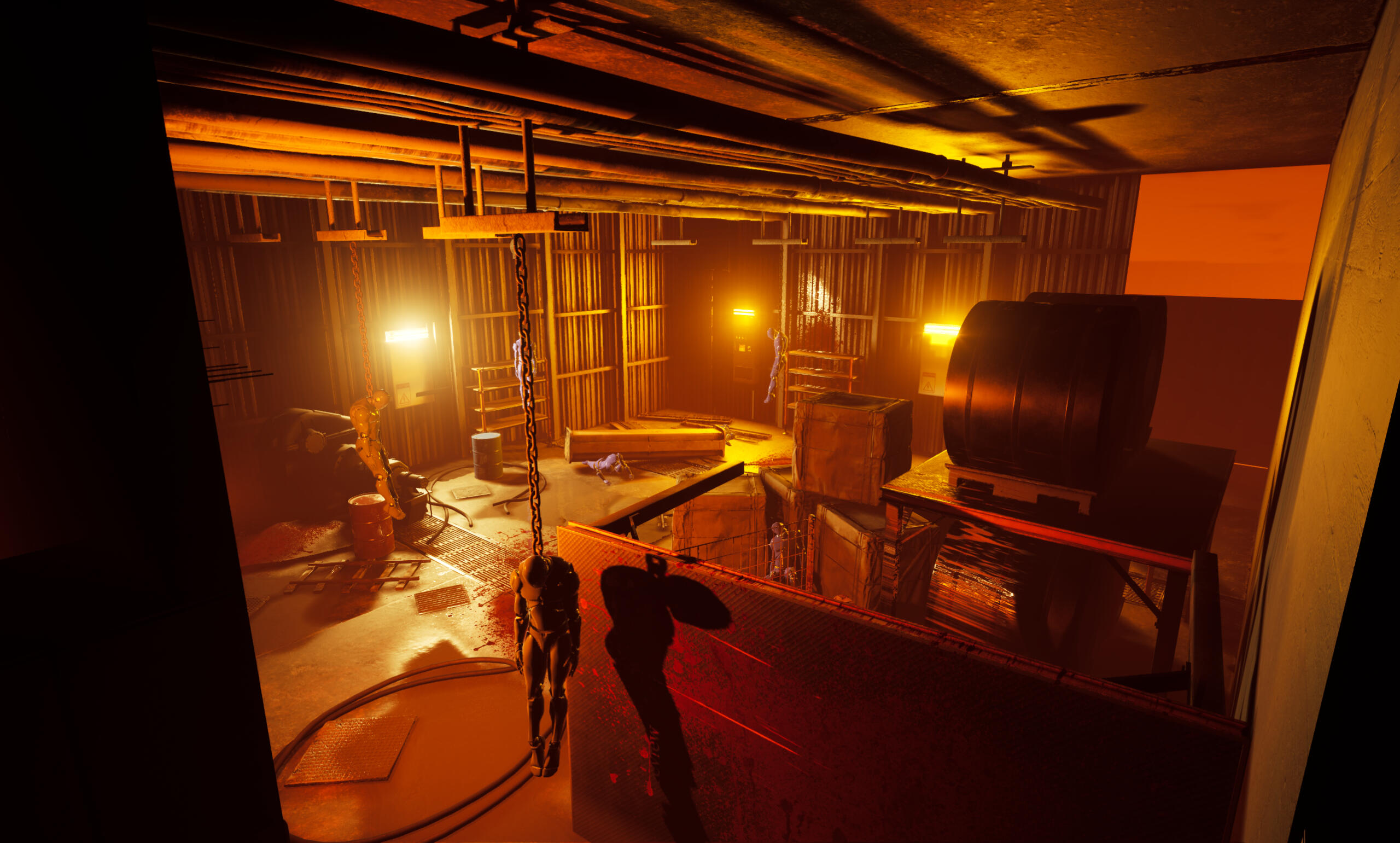
Vlog 9/23/2024
This week, I worked on a game pitch. It is a lot harder than I thought it was going to be. Designing on-paper mechanics for an audience requires a lot of thinking. It is especially hard when you have to create something for two groups of audiences. We will be doing another one next week, but I think I understand the structure better now. Creativity is forceable if I can build my framework correctly around the game pitch.In conclusion, the game pitch is not something everyone does every day, but it helps to practice and approach design from the audience's perspective. Knowing what kind of production value and gameplay will appeal to them is a huge help to make a good level.
Vlog 9/17/2024
This week, I used Unity for the first time. I had a tough time. But I also noticed I was picking it up super fast. This helps me know that I can easily pick up whatever engine I must use.
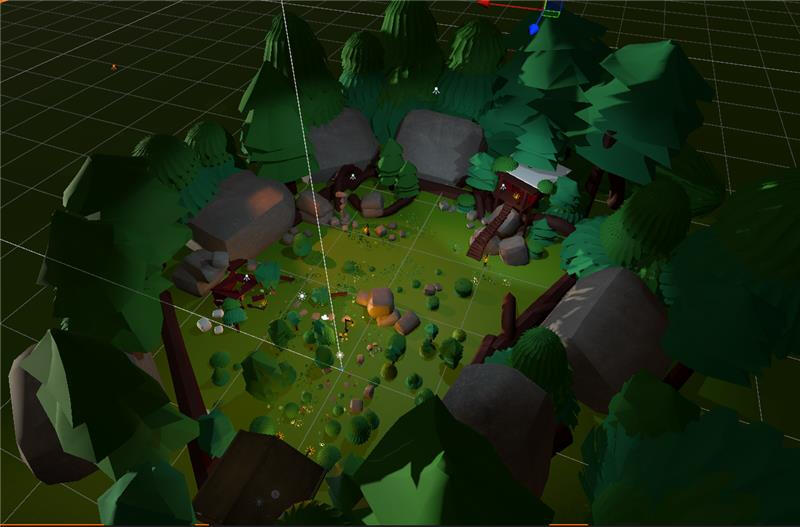
Vlog 9/9/2024
This week, I got stuck whiteboxing a room for my personal project. I tried many things, but it just doesn't feel good. So it got me thinking, why am I stuck in this room? I think I didn't apply what I learned last week very well, which is designing for cause and effect. In my LDD, it was not clear what am I trying to achieve in each room and throughout the level.
For this week's lesson, I think I need to focus a lot more on how to plan better with LDD. I should be constantly inspired when I'm designing a room, not getting hard stuck.
Vlog 9/3/2024
This week, I learned how important it is to have an intention for my design. Having a design space Makes my life better, and makes my level better. Before, I always wondered why certain rooms or spaces in my level just worked, and why some took me so long to develop, and I still end up not feeling good. Its because I didn’t have a clear theme and objective for this room. Everything in the game is not a coincidence, it has a cause and effect. If it worked without an intention, it's just pure luck.
In conclusion, I think from here now on, I need to think more about the constraints, the goal, the theme, and what am I trying to achieve at this level. What should the player feel in this room? The production values that go into making a level can make a big difference in how the entire level feels.
Hang Zheng
Level Designer
Peblito: Rock and Roll
My Contribution Highlight
Story and background
Peblito: Rock and Roll is a 3D platformer where players experience the thrilling underground world, filled with temples, lava, and the dangers of rolling through environmental hazards.
Project details
Engine: Unreal Engine 4
Team Size: 18
Level design
Set Design

Overview
Temple Level's Design Decisions
Goals
Progressive difficulty ramps up over time
Incorporates narrative into the environment
Clear navigation during chase sequences
Visually engaging with strong composition
Summary
This level was especially interesting to design, built around a lava chase sequence. With players in panic mode, many design choices focused on guiding frantic behavior.
Restriction
Limited space/time constraints set by lead
Must include two distinct landmarks
Should support speedrunning, but without breaking the game
Priority
Prioritized navigation first, followed by creating a wow moment at the temple entrance, then iterated action blocks, and finally refined the level for speedrun play.
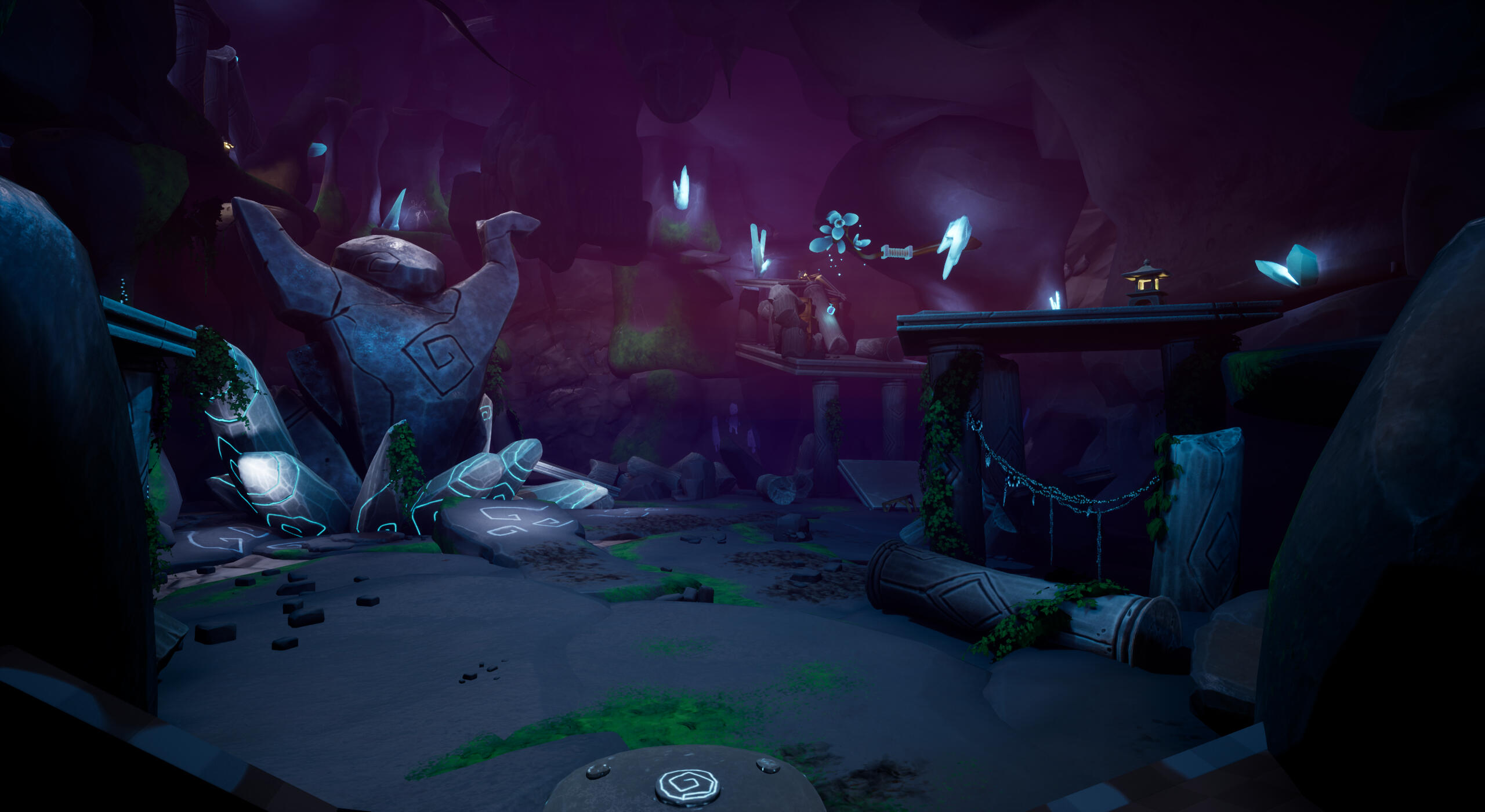
LandMark
Faced a constraint where the landmark couldn’t sit dead center in the space. To work around this, designed a composition that gave it strong visual weight without it physically being in the middle. This way, players can spot it from anywhere in the level, keeping navigation intuitive without breakin’ the immersion.
Speedrun capability
Speedrunners aren’t the target, but who doesn’t love a clever shortcut? Designed them as fun novelties to reward exploration, leaving players with a memorable moment to share and chase.
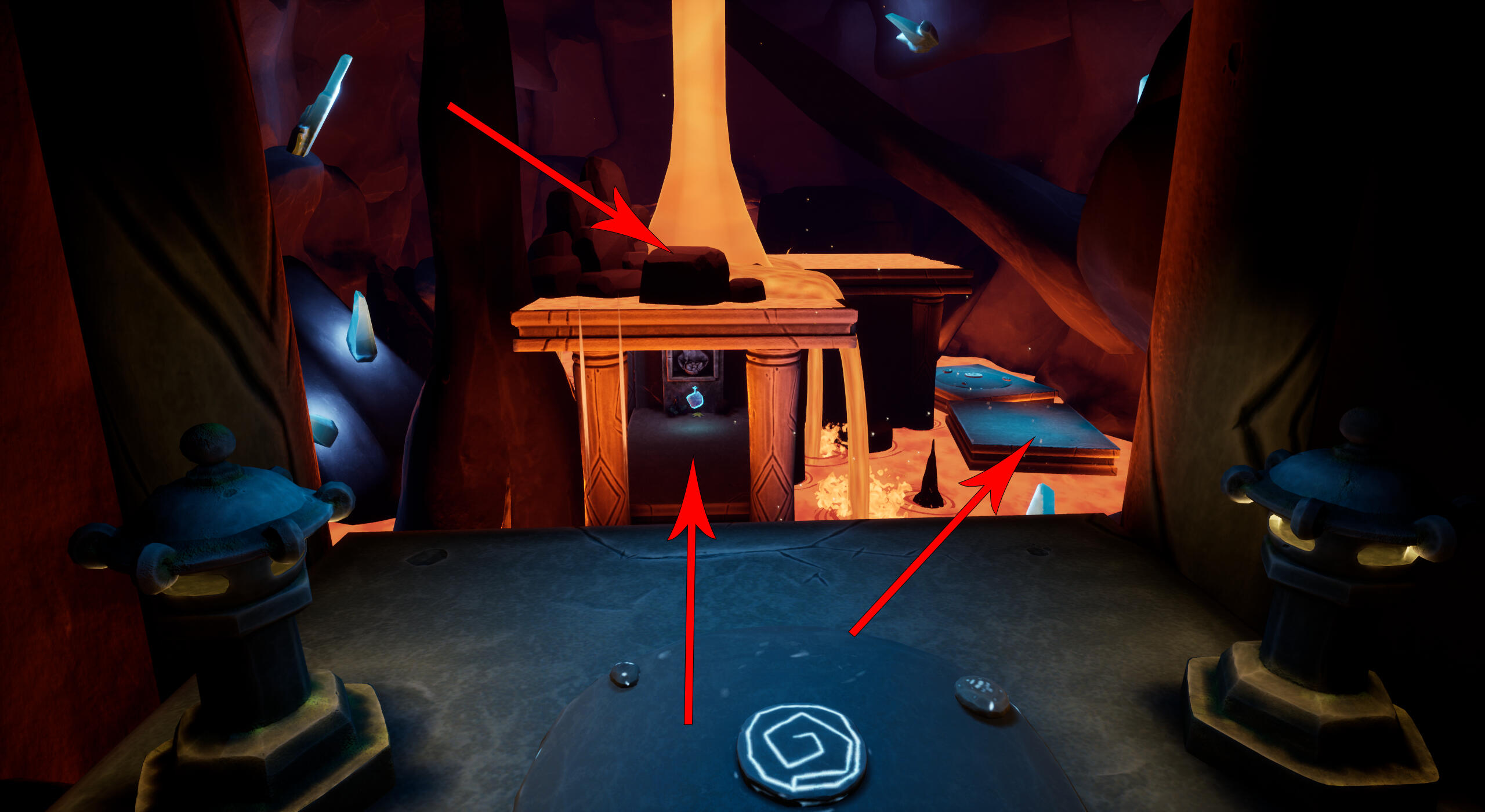
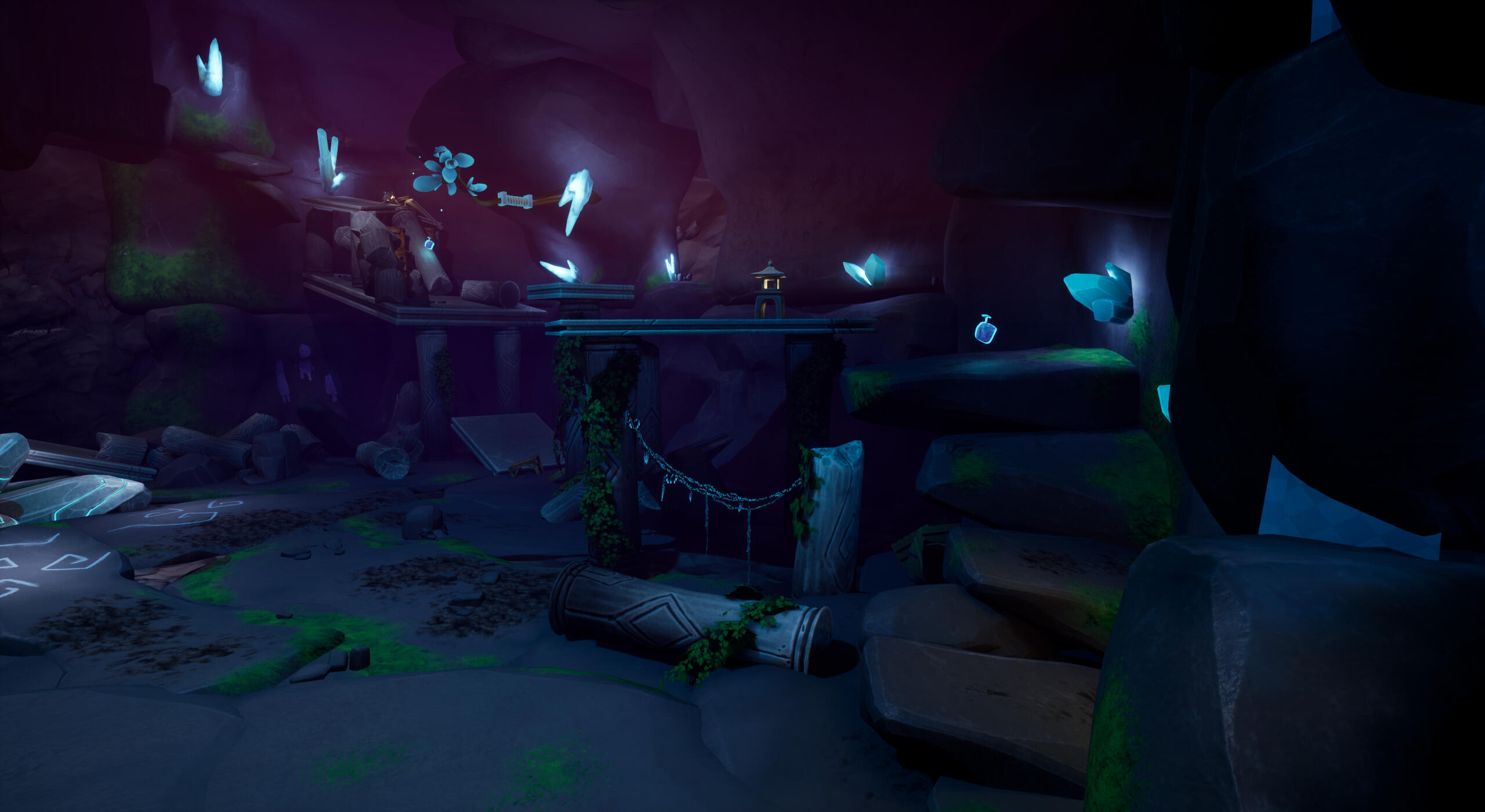
Leading lines
Crystals were kept on the main path to guide players during the rising lava chase, keeping focus sharp and escape smooth.
Environmental Storytelling
Set dressing wasn’t just about looksIt also add narrative moments that enriched the player’s experience. Worked closely with the design team to keep story and environment in sync across the entire game.
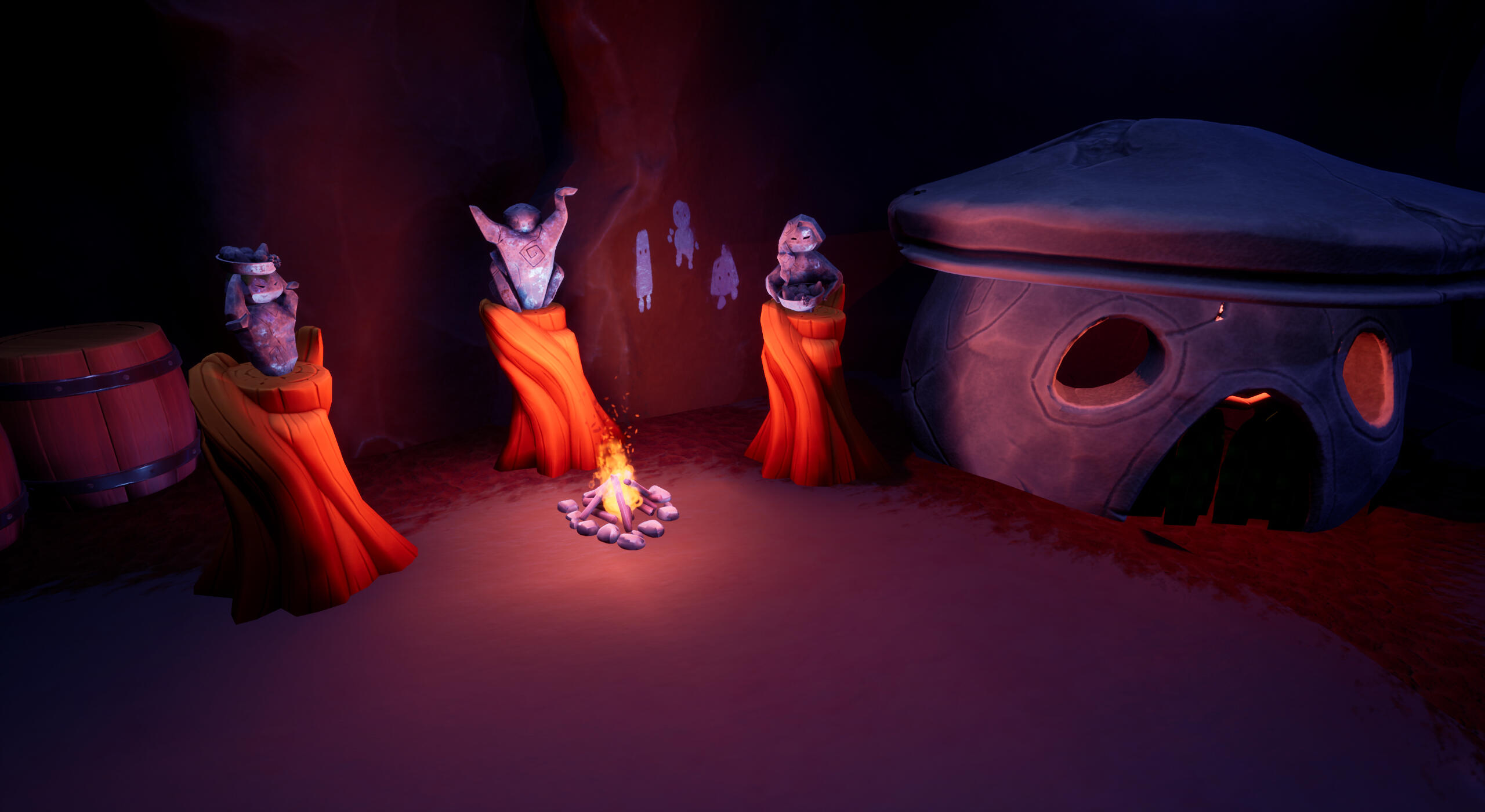
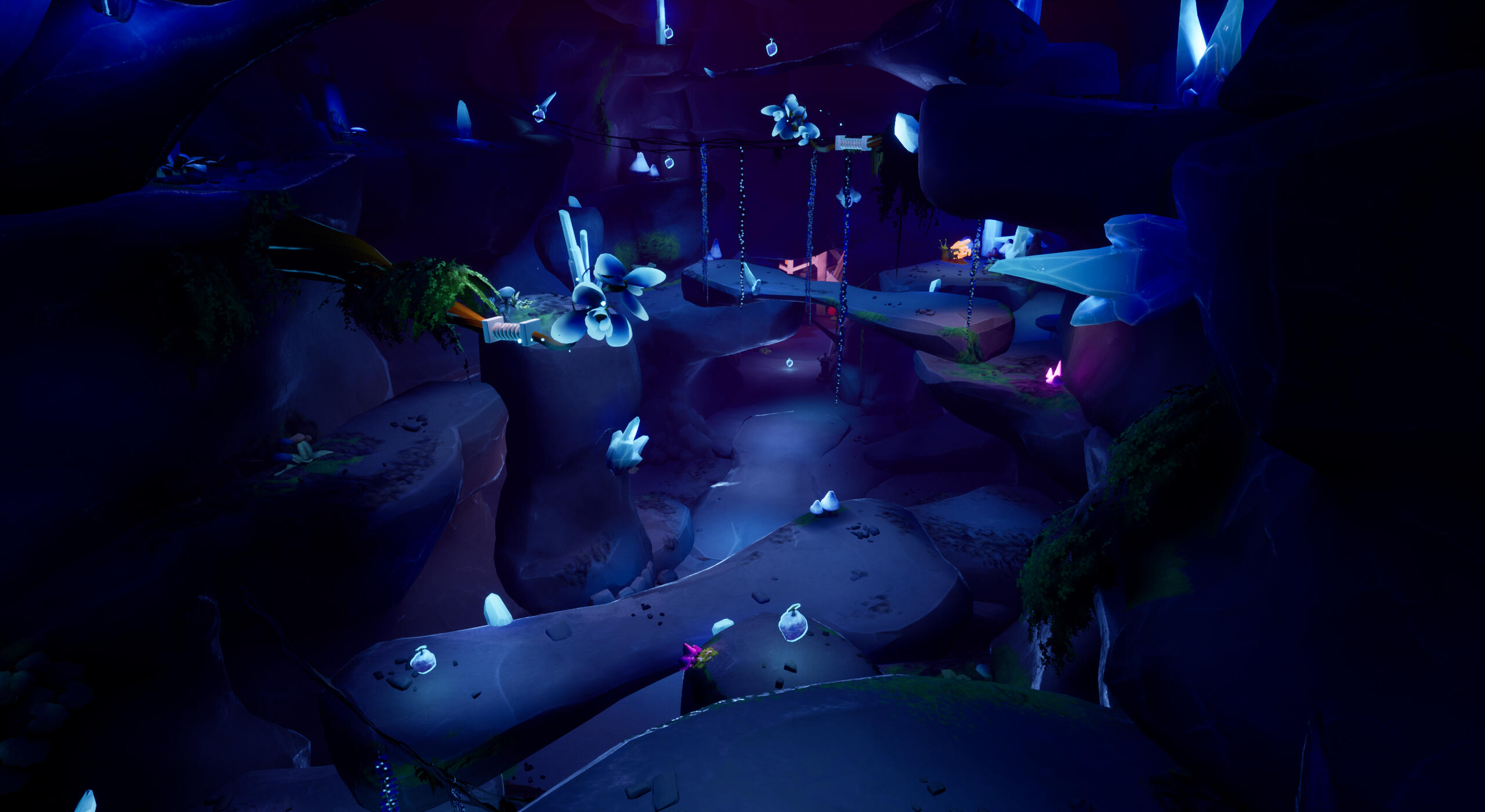
Sandbox
Playtest feedback from the previous section led to the creation of a playground space to help players refine key skills. Packed with collectibles and playful platforming, the area encourages experimenting with dashing, jumping, and vine swinging, preparing players for the challenges ahead.
Walk Through
Credit Level's Design Decisions
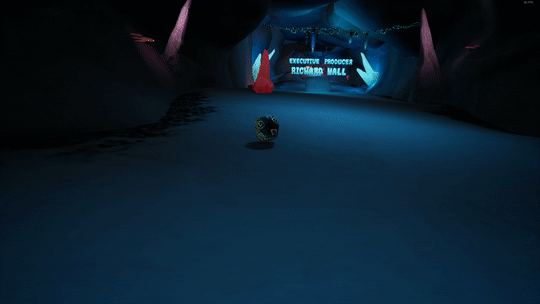
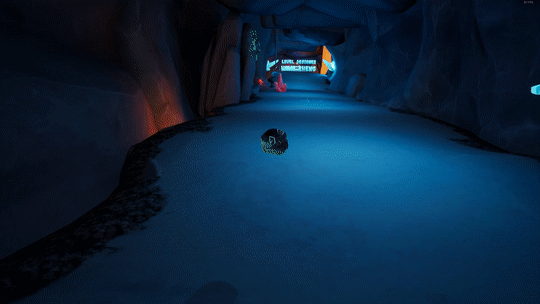
Goals
Engaging and interactive
Blue/Orange color schemes for cave
Don't let players think they can die
Visually interesting
Summary
Designed the credits level, which takes a different swing from the rest of the game. Players roll downhill, busting through crystals that form the developers’ names. The goal was to make the credits feel interactive and engaging, sending players off with a fun, memorable finale.
Restriction
Player can't die in this level
Players will be in rolling form
Players can't get stuck
level length under two mins
Priority
The team agreed this level would happen only if extra time allowed, and luckily, it did. Built during alpha amid many tasks, priority was given to polishing other levels first.
Things I’d do differently
Have a plan
This was my first large game project, and I didn’t realize the importance of planning things like level outlines and 2D maps early on. It came back to bite me in later iterations, but we managed to solve the issues. This experience also taught me the value of teamwork—I worked closely with other team members to address and overcome the challenges.
Play test like a player, not a designer
One area where I fell short was playtesting. I should’ve been asking myself more player-focused questions like, "Do players know where to go? Is the level too hard? Will players understand what to do here?" During playtests, I need to switch my mindset between the player and the designer to get a more accurate sense of the experience.
Metrics
We didn’t have proper documentation for metrics, and as a platformer, that was a mistake. Looking back, having a solid metrics system in place would’ve improved the game’s consistency. It would also have made communication between designers smoother, and players would’ve had a clearer understanding of the space and distances.
More iterations on action blocks
I joined the project mid-production, which left me with limited time to design my level using the provided action blocks. As we neared alpha, I had to redesign some of the action blocks quickly, but it was a hasty fix rather than a well-thought-out solution. If I had more time, I would dive deeper into the action blocks, studying how players react to them and how to refine them for a better experience.
Playtest my peer's level
While it’s important to focus on my own level, playing and reviewing my peer’s levels is just as valuable. I became so absorbed in my own work that I neglected this. Moving forward, I want to provide feedback to my peers, exchange ideas, and collaborate more to improve the overall game.
Hang Zheng
Level Designer
Level Art
Here are some examples of my level art work, some focus on lighting, 3D modeling, and texturing; others were created for VR, and a few were made during game jams.
3D Art
-
Hang Zheng
Level Designer
Medieval War City
Medieval war city is an 3rd person action adventure game takes place in a burning medieval city.
Hour: 90+
Team Size: 1
Goals:
Medieval/War theme
Civilians saving mechanic
Exploration
Restrictions:
Approximately 10-20mins of gameplay
At least one secret room and unique loot
Must have NPC interactions
Mood Board/Reference
While searching for references, I put a lot of my emphasis on architecture. The moment players enter the game, they should know the era immediately. I also look for compositions. What will draw players' attention? What color will suit my theme?
Flow Chart/2D Map
While I do want players to explore the level more, it is a very linear level. I made sure that besides the golden route, there are lots of side quests and buildings that players can explore and learn about the world. For the flow chart, I try to keep the pace tie between fighting, questing, and exploring. As the game goes on, the fights become harder, so I introduce explosive arrows and unique items to players to match that difficulty. Making sure the player's power and game difficulty stays in balance.
Gamplay
There are lots of interactable NPC, objects in the world. Players can talk to NPCs and save them. Players can also destroy objects to create an advantage for themselves.
Final White Box
For the white box, I put a lot of emphasis on how to make people better understand my level setup. There are lots of proxy props and houses to show the architecture of this place. There are a lot of proxy lighting to show the mood I was looking for. I also did a lot of proxy blueprints with the NPCs, boss battle, quest, and cutscenes. Now, they are by all means not optimized, nor look good, but it does show the function of the level and my design intention.
Post Mortem
Normally, after finishing a project, I like to look back and think about the things I could have done better. What would I do differently? What will I do if time isn't a limiting factor? This time, I actually returned to this project and did a small renovation. Below is a gif of how the level looks like before.
What did I do to improve my level?
I added lights and VFX to better express the mood of the level. I adjusted the difficulty of the game by adding more covers and changing enemy placement. I added a new market area to add more world-building to the game. I added more cutscenes to enrich the story even more. Players can now also destroy status to make it into an obstacle. All entrances are also gated and make more sense why they are gated.
More learnings
Looking back to my 2nd iteration, I think I can improve the level by having more elevation and fewer symmetry rooms. The level is also too straightforward, players barely take any turns in the first half of the level. I also didn't have a solid landmark to let players know where they are headed to.
Gamplay Video
Hang Zheng
Level Designer
Cywork
Story and background
Cywork is a first-person RPG set in a 3D space facility where researchers are studying an advanced energy source. However, a group of space pirates seeks to disrupt their efforts.Players can choose a faction, either aiding the facility or siding with the pirates, leading to different endings based on their decisions.
Goals:
High-tech future theme
Use the environment to influence choice
multiple ending
Project details
1.5 month (20 hours per week)
Engine: Unreal Engine 5
Personal Project
Level Design
Level Art
Narrative
Restrictions:
Approximately 15 minutes of gameplay
Within 2 months half time
Must have cut scenes(proxy)
Overview
Pre Production
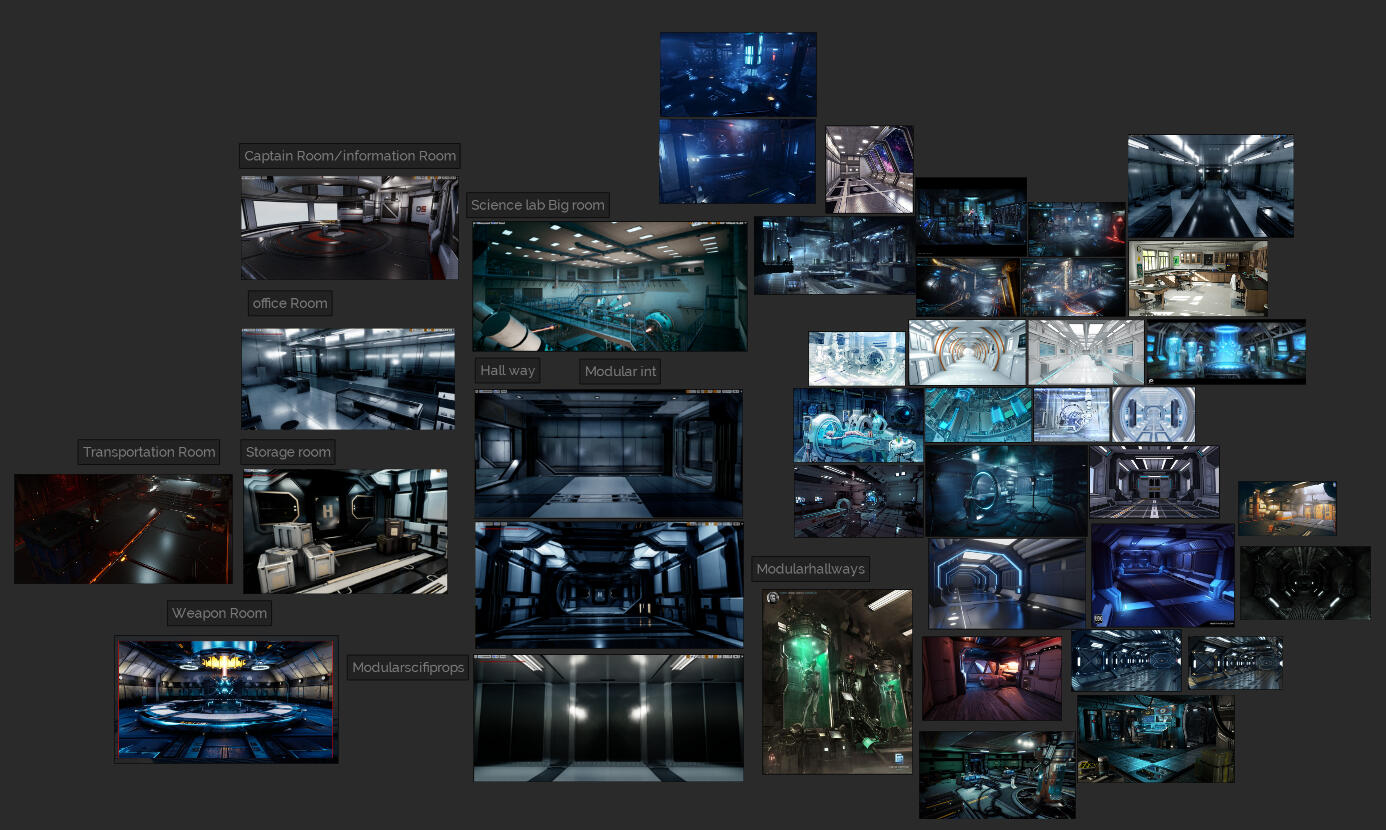
Mood Board
Before deciding on my points of interest (POIs), I like to explore interesting visuals related to the theme. I focus on unique architecture, silhouettes, and colors while also considering potential mission ideas that could take place in these locations. Once I identify promising POIs, I dive deeper to ensure a variety of engaging and diverse experiences.
Brainstorm
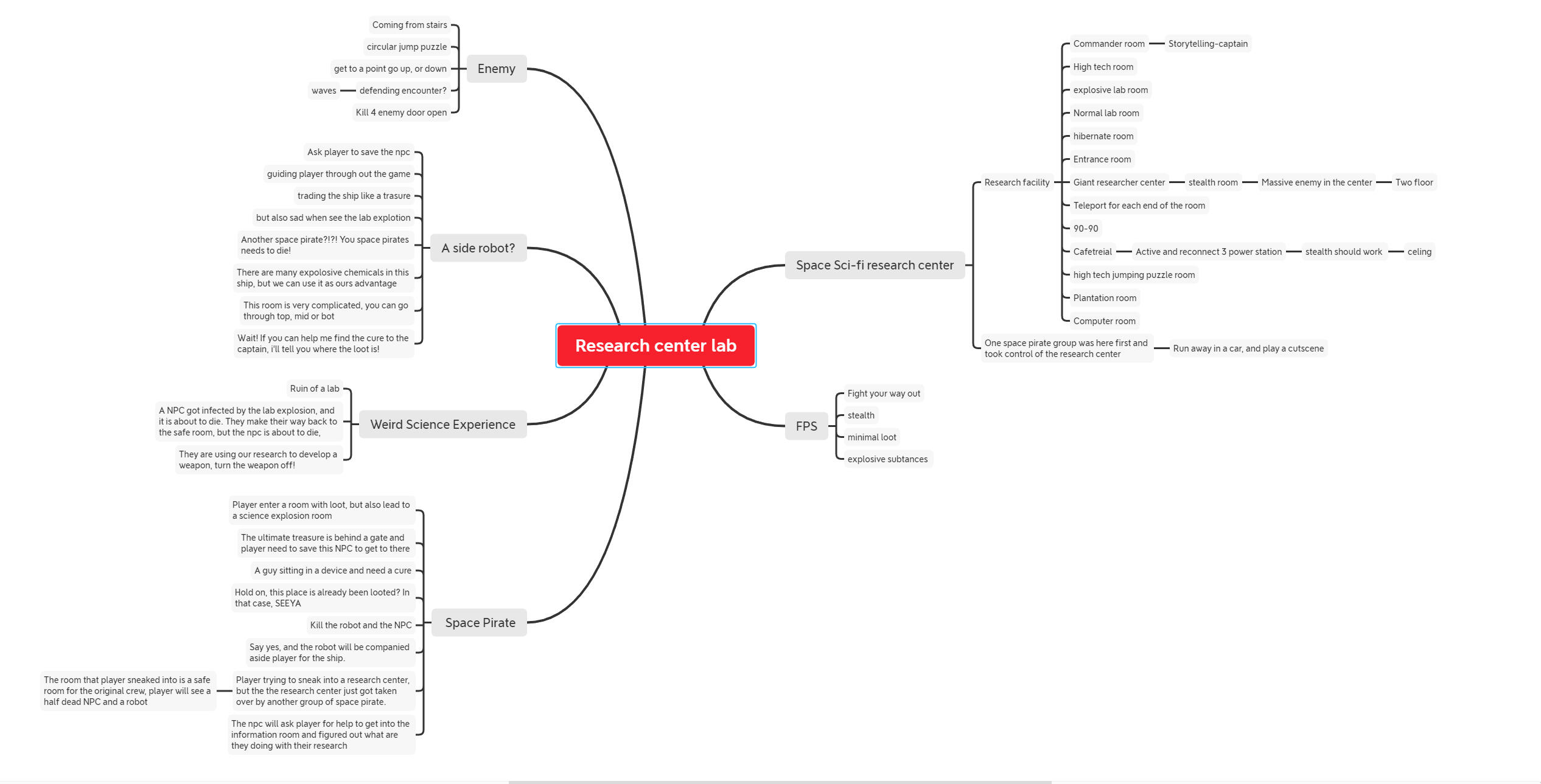
During brainstorming, I jot down any element or idea with potential, keeping the scope wide open. As I move into the planning phase, I gradually narrow things down, refining the best ideas and piecing them together into a cohesive blockout.
Early Blockout
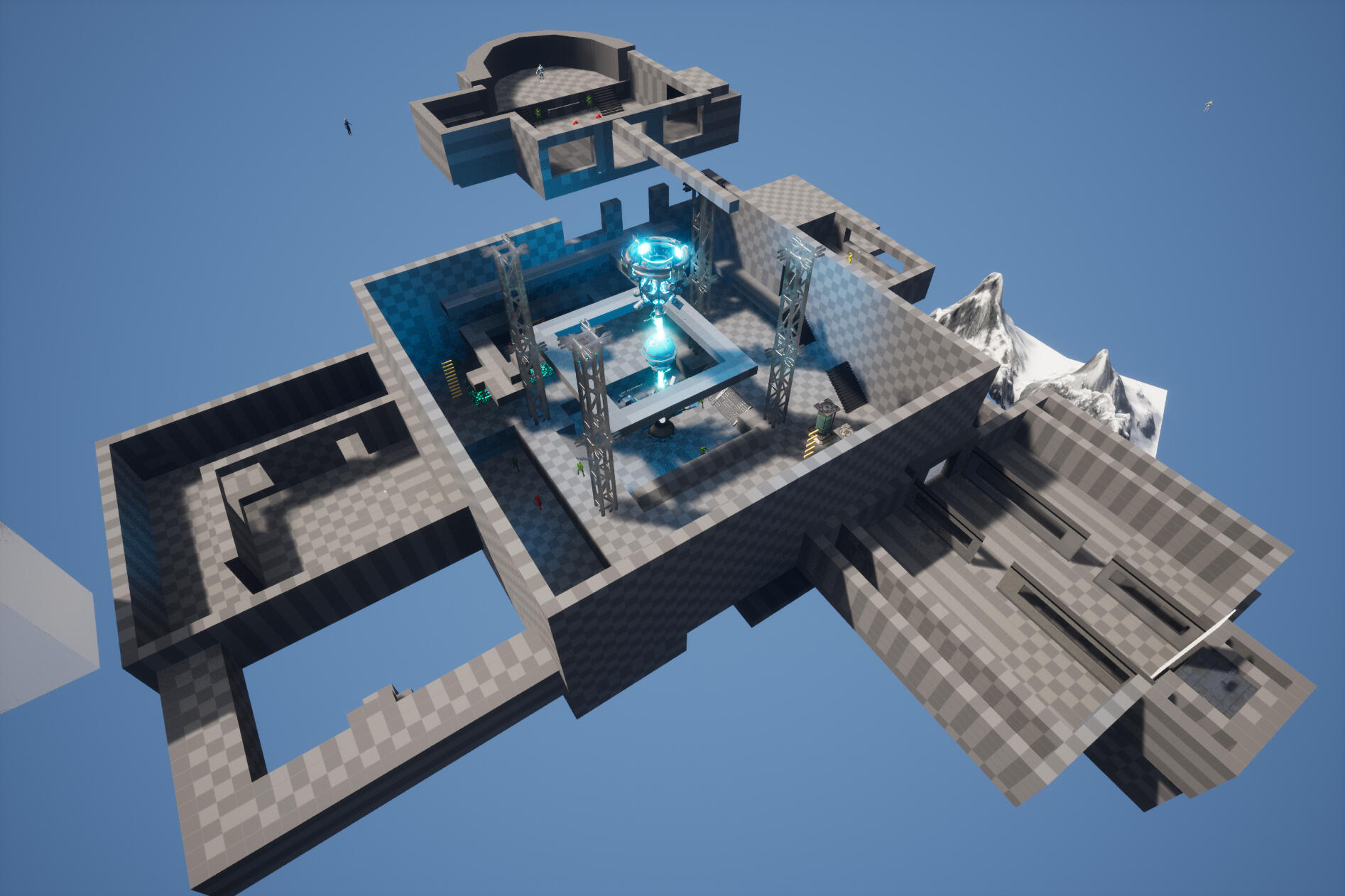
Once I’ve selected my POIs from the brainstorming phase, I box them out in the engine to get a feel for the space. It took several iterations to reach this point, but establishing a solid foundation was crucial for me to ensure the level flows well.
Topdown
Explicit and Implicit
Narrative
I used implicit narrative to subtly warn the player of upcoming danger. For example, a dead body in a crawling position near a door hints that the character was trying to escape something. Additionally, there are explicit narrative elements, such as lab logs, computer logs, holographic speakers, and cameras that interact with the player, all adding depth to the story.
Gameplay Walkthrough Video
Gameplay Scenarios
Surprise attack
For this encounter, I made sure the player has places to fall back to for cover when they’re scared by the enemies. There’s also an explosive barrel near the elevator to add an extra layer of tension. This moment also serves as the player’s first introduction to the pirate faction and their objectives.
Rush
For players who prefer to fight without overthinking, this route is perfect. It’s riskier than the alternative, but I’ve ensured there are plenty of cover spots and explosive barrels to help the player along the way.
High ground
The high ground route offers a safer option. The catwalk provides natural cover, with some ground-level covers extending horizontally. If the player wants to avoid combat, they can simply crouch and quietly move through the catwalk.
Route
The objective (the key card to disable the reactor) is located in the room next to the reactor room. There are multiple ways for the player to navigate through the reactor room to obtain the key card. Some routes have more or fewer enemies, while others offer more stealthy options.
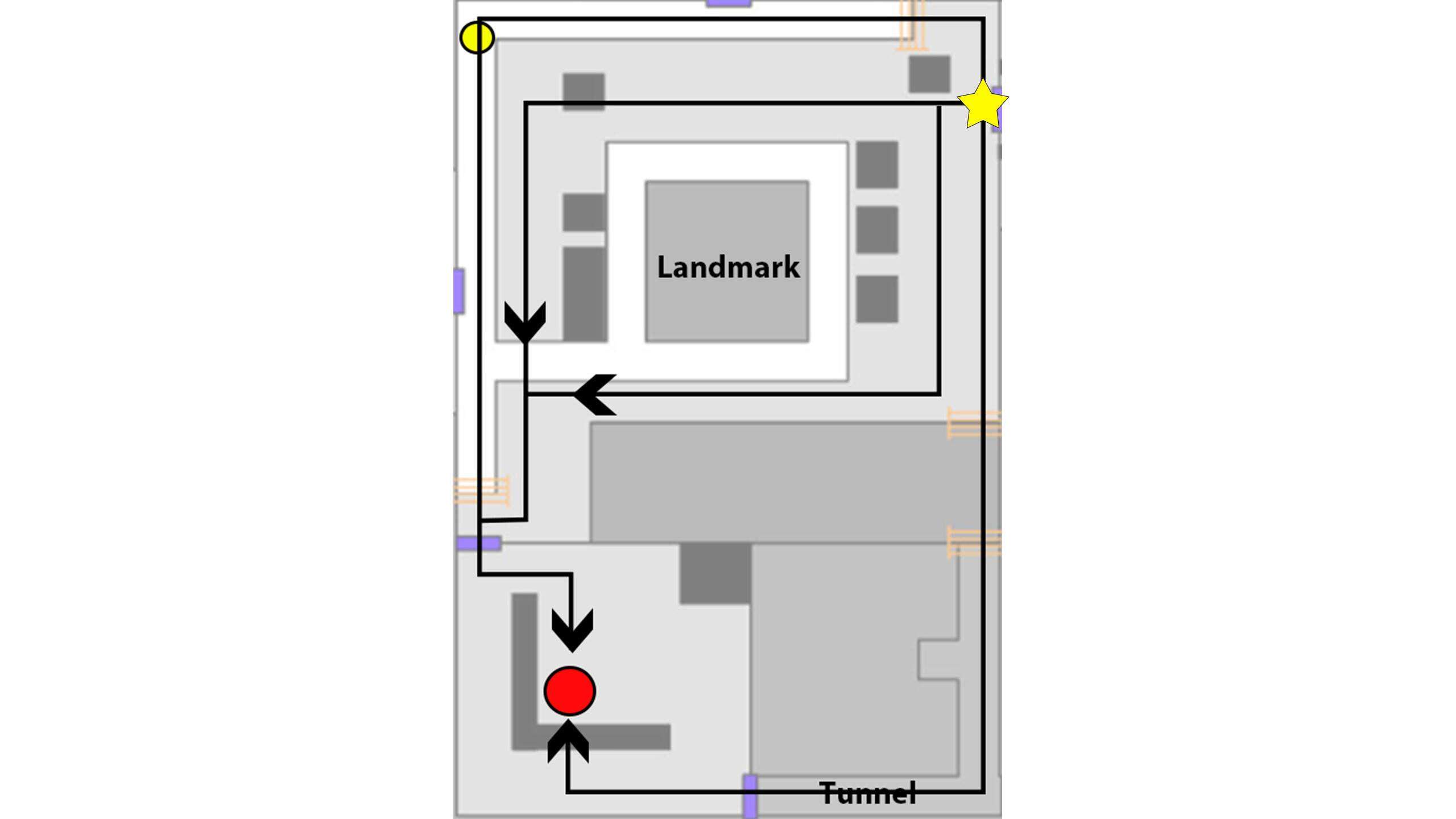
Endings
After the player gets the keycard, they can choose to disable the reactor or not, and it will affect the ending of the game.
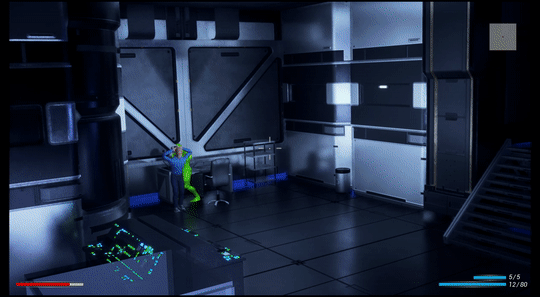
Ending 1
If the player chooses to join pirates, and disable the reactor, the player will have to kill the facility people. This also triggers the alert, and the reinforcement of the facility will break in.
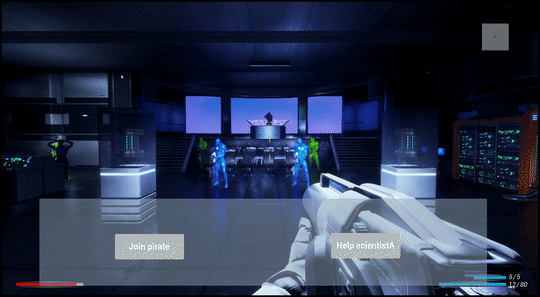
Ending 2
If the player chooses to help the scientist, they will have to fight the pirate. The player will also have to be careful and not let the scientist(facility fiction) die in the crossfire.
Things I’d do differently
Don't rush into the art phase
I jumped into the art stage a bit too early in this project. I thought I had spent enough time on the white box, but I found myself constantly revisiting it because it wasn’t ready for art yet. While it wasn’t a huge issue in this personal project, I can see how rushing into the art phase could cause significant problems in a team environment.
Research the engine limitation and playtesting
I planned for playtesting in this personal project but couldn’t execute it because I didn’t know how to properly package the project or optimize performance to maintain at least 30 fps. Next time, I’ll invest more time researching engine limitations and performance budgets to ensure better results.
Cover placement and metrics
Questions like “What counts as full cover? What’s half cover? Can I jump from here?” are ones I should’ve asked earlier in the project. Ensuring I have a solid metrics system in place during the whiteboxing phase will save time and improve overall gameplay.
AI blueprints
I’m using an asset pack for the AI, but through testing, I’ve found the behavior to be inconsistent. While they shoot accurately, they sometimes bug out and shoot randomly if there’s a height difference. If I had more time, I’d work on improving the AI’s behavior to make it more reliable.
Boss Battle
Currently, the boss battle feels too similar to regular encounters in the game. I want to make the boss fight stand out and provide a unique experience. This will take some extra effort, but I believe it’s crucial for adding variety and excitement to the gameplay.
Blocky Room
If I had more time, I’d push myself outside my comfort zone to experiment with different room shapes. I want to explore how these variations would impact both gameplay and the overall level design.
Hang Zheng
Level Designer
Hi, I’m Hang Zheng! I’m passionate about crafting memorable player experiences through game design.I specialize in level design, but I excel at rapid prototyping and getting ideas on screen quickly, creating mechanically engaging cutscenes, and building moments that feel impactful and fun. With a keen eye for composition and lighting, I craft visuals that not only look the bee’s knees, but subtly lead players right where they need to go.I love playing co-op and competitive games like League of Legends, Marvel Rivals, and Overwatch, as well as co-op survival games like Grounded, The Forest, Sons of the Forest, Peak and Raft. There’s nothing better than tackling challenging environments with friends!Outside of games, I’m equally passionate about sports, especially anything involving a ball—volleyball, basketball, you name it. Don’t hesitate to invite me, whether it’s in-game or on the court! 🎮🏐
My phone number: (718)496-2443
My email: [email protected]
Hang Zheng
Level Designer
Emily's Room
Story and background
The Music is a third-person adventure puzzle game where players experience the life of a musical prodigy at ages 5 and 15. Using a single core mechanic, players navigate the world and immerse themselves in the character's journey and story
Project details
Engine: Unreal Engine 5
Personal Project
Set Design
Gameplay Design
Final Layout and Design Principles
This project’s core focus is on narrative, cinematic moments, and action-driven gameplay/puzzle. Below is a simple layout of the game.
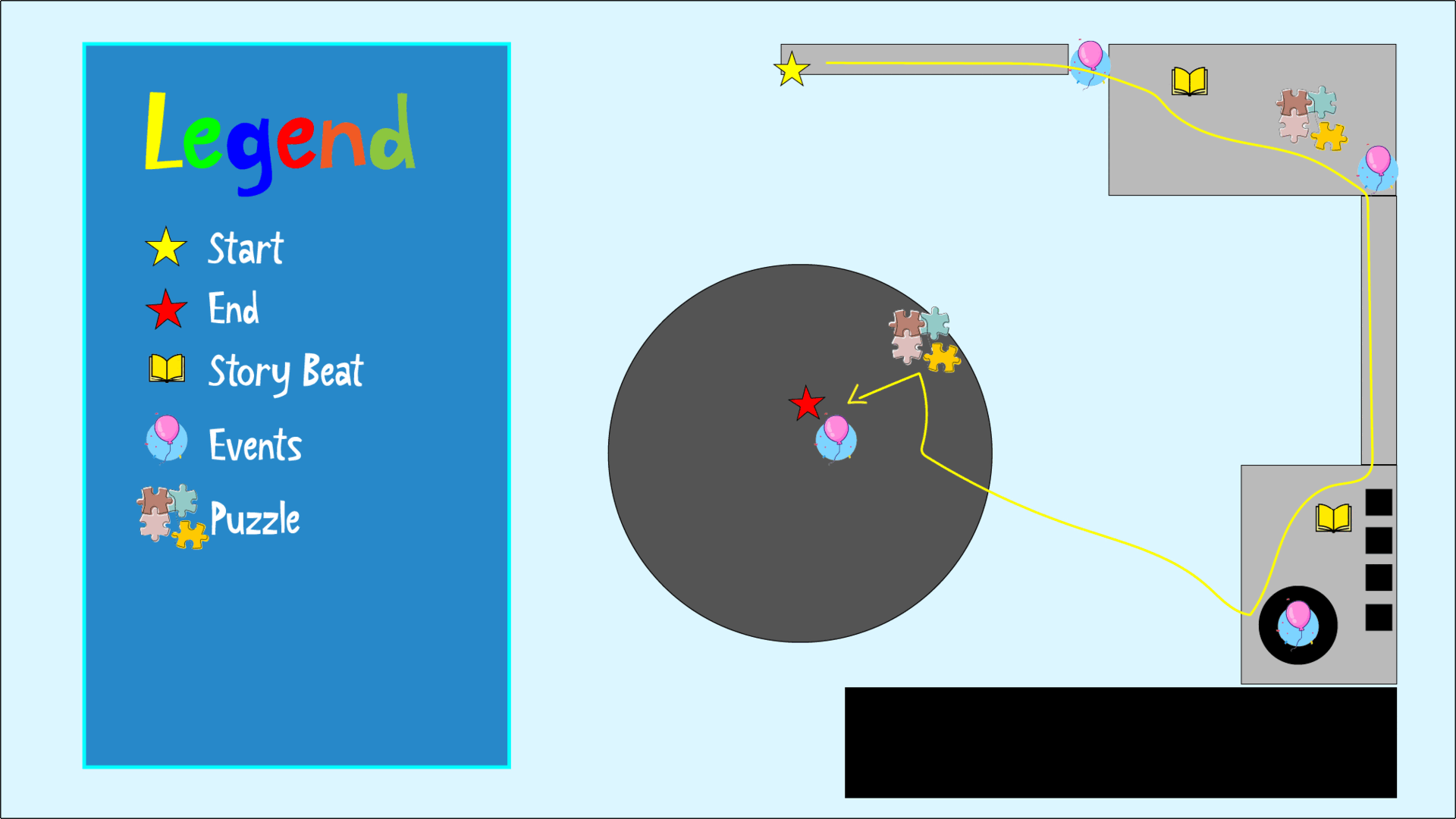
Walk Through
Design
1. Gameplay Highlights
Topdown Board Game
In this standout moment, the board game comes to life with a 3D-to-2D shift designed for immersion and a dynamic puzzle experience.
Introducing Base Mechanics
The mechanic is introduced through real-world logic, like a music box missing its crank, prompting players to intuitively connect the objects and understand the interaction.
Xylophone Puzzle
The xylophone puzzle was a design challenge shaped by clear constraints: it needed to be music-related, intuitive, easy to solve, and believable for a 5-year-old. By embracing those limits, the result is a puzzle that feels natural in the level’s world while staying accessible and engaging.
FoosBall
Gameplay shifts to mechanics-driven challenges as players carry a ball while dodging foosball toys, introducing timing and spatial awareness in a fun, approachable way.
Progression Check
This Blueprint tracks the player's collected tires, shows the text in real time, and triggers a cutscene when they've gathered them all.
2. Cinematic Moments
These cutscenes aren’t just eye candy, they’re woven into the gameplay and story, giving players a reason to stay glued beyond the visuals.
Car Assembly
Piano Bridge
Magical Train
Paper Airplane
3. Prototype
With metrics in place, I used action blocks to test gameplay feel early on—allowing quick iteration on mechanics and pacing before full implementation.
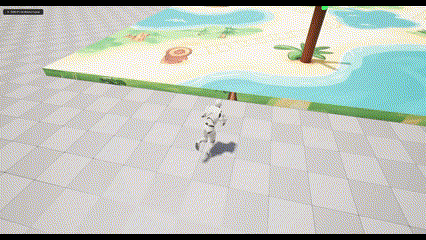
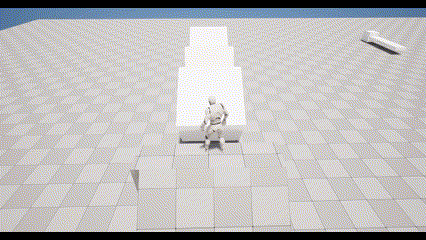
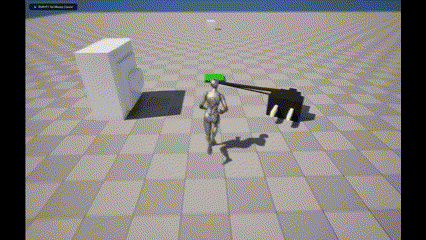
4. Frequent Iteration
This level's been a fun nut to crack, with fixed narrative beats that can’t be altered, requiring thoughtful design around those constraints. The first draft fell short in conveying the story, and the world still feels a touch lifeless. To punch up immersion and player engagement, the next step is to inject more energy and lean into environmental storytelling. A few highlights include:
Lifeless Space
The first iteration lacked key set pieces to help players understand what’s happening in the room.
Space Feels Alive
Details like a birthday setup and a named teddy bear subtly reveal the space as a five-year-old girl's bedroom, boosting immersion through environmental storytelling.
Confusing Gameplay
In this mini top-down platformer, players often got confused about why they were teleported, where they landed, and their next destination.
Confusing Gameplay
Added VFX to highlight the destination, making the objective more intuitive. A teleportation effect on arrival grabs attention and helps players orient themselves immediately.
Lighting looks weird and off
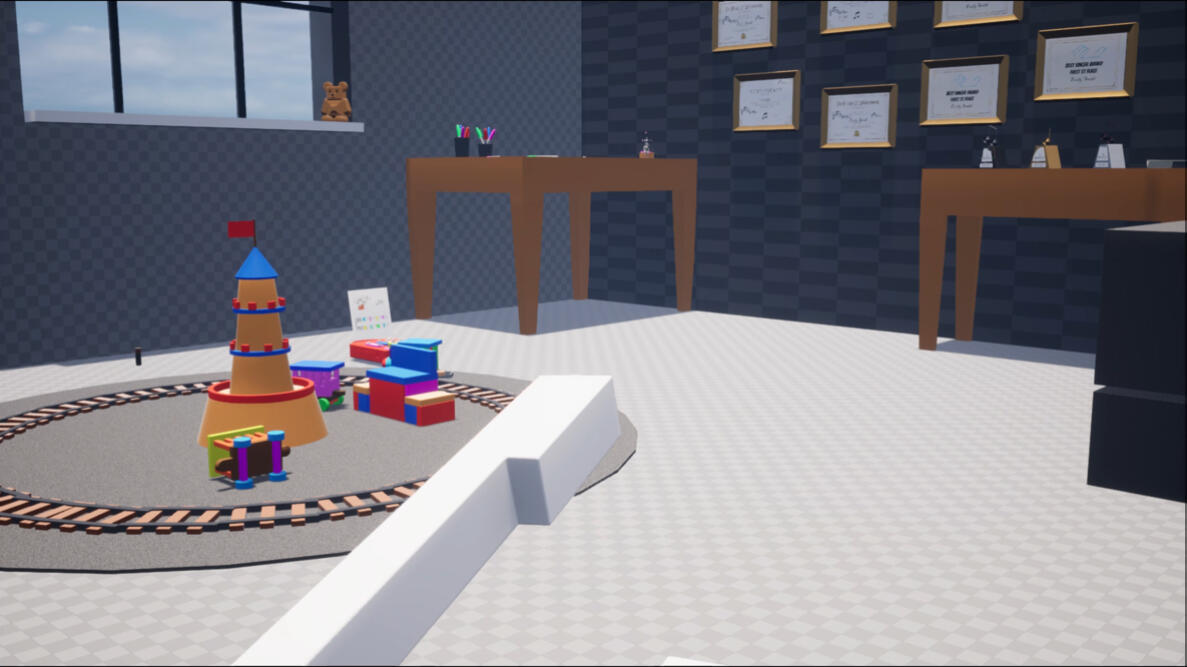
This was an interesting challenge because lighting became difficult when everything was scaled up 20 times. Shadows were barely visible due to the vast distances, and the space felt empty because of the sheer size.
Lumen On
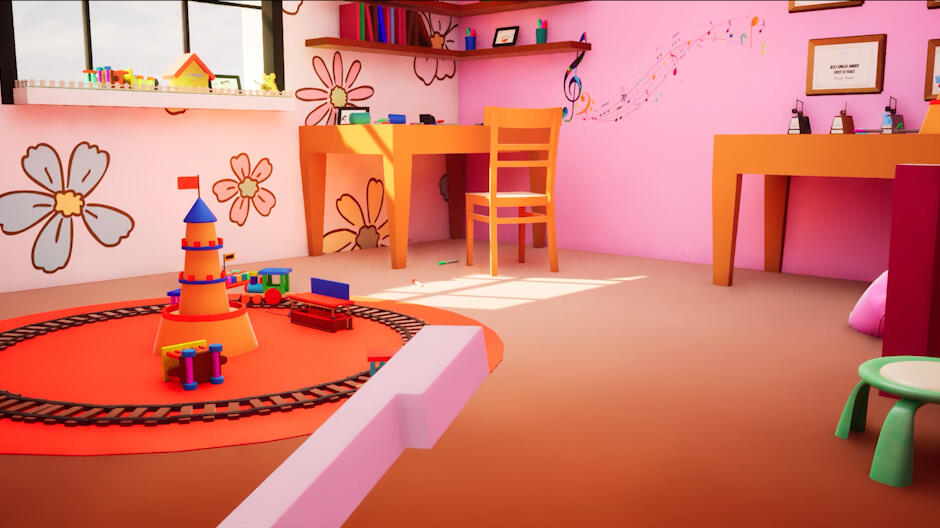
Making the project Lumen-compatible caused material issues and widespread light leaks. Worked around it by faking global illumination with hidden emissive shapes to achieve the desired lighting.
Unclear Player Goal
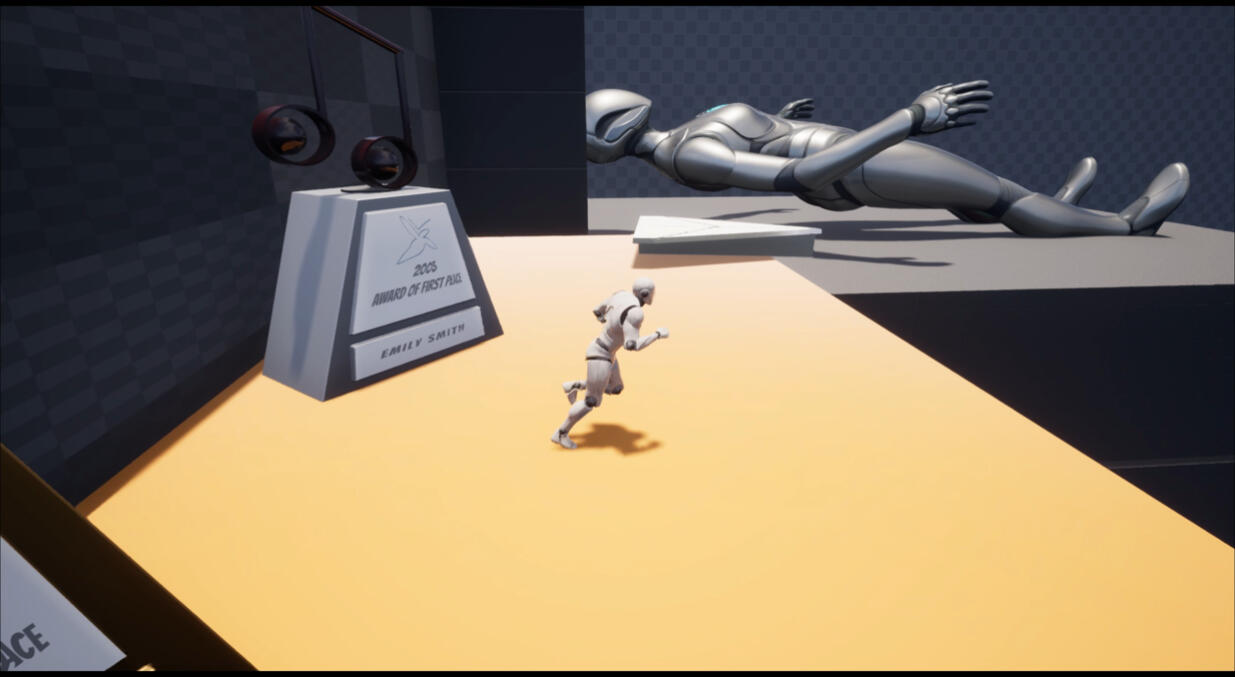
The goal is to subtly guide players toward the paper airplane. Since its importance isn't immediately clear, they might overlook it without the right cues.
Clear Goal with Affordance
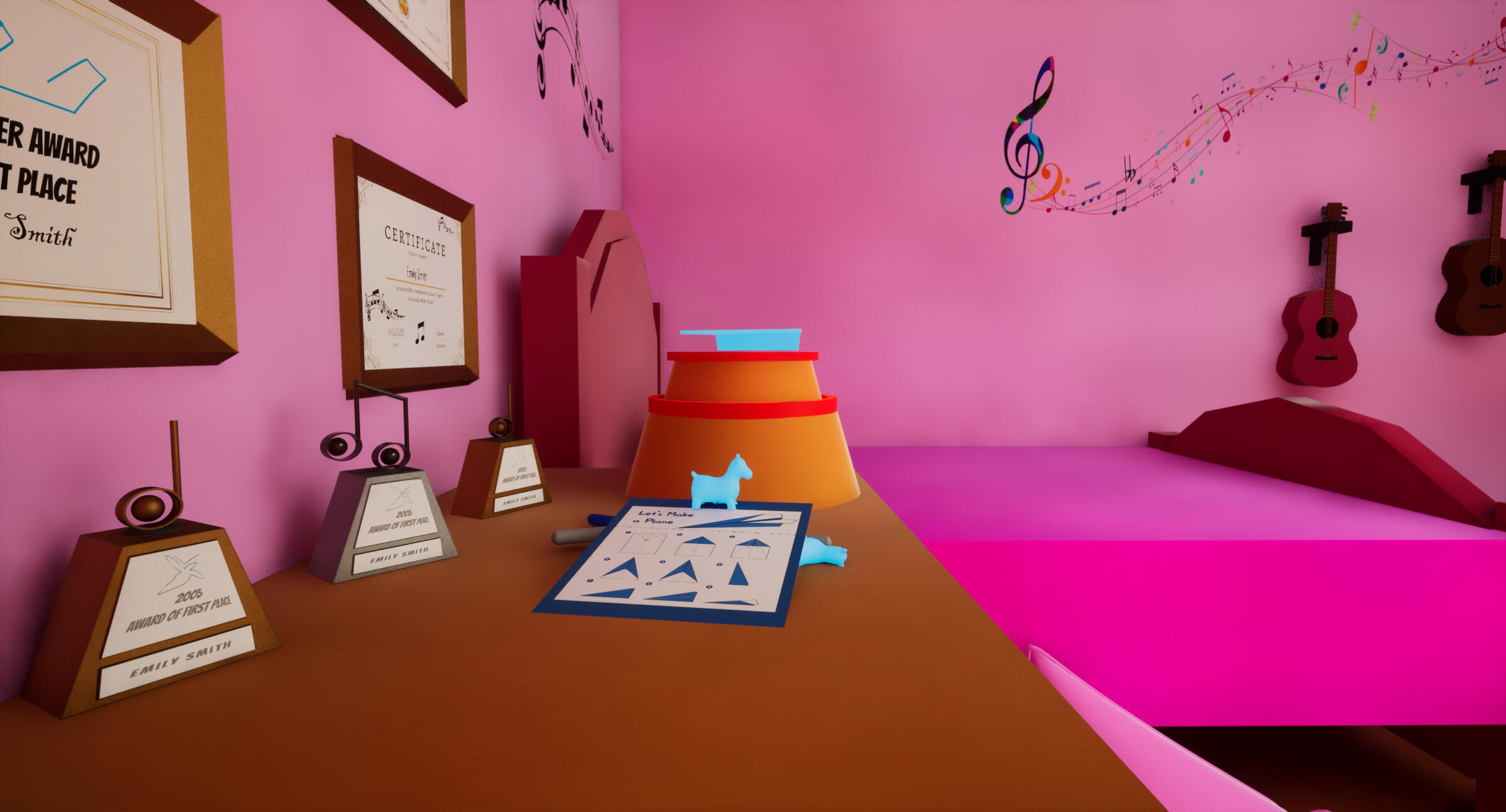
To subtly guide players toward the paper airplane, a paper ramp leads up to it and it's placed at a higher elevation. This setup gives the object a sense of novelty and importance, increasing the chance players will investigate it out of curiosity.
Things I’d do differently
Space with character
The environment looks colorful and polished, but lacks a sense of life. It’s missing motion and set dressing that suggest someone truly lived here and that these events really happened. Moving forward, the focus will be on adding these touches to make spaces feel more lived-in and authentic.
Hang Zheng
Level Designer
The Factory
Story and background
The Factory is a first-person action game set in a sprawling steel mill. Players must overcome numerous challenges as they strive to escape, using time dilation as a key ability to navigate obstacles and outsmart their environment.
My Goal
My main goal is to create a blockout that clearly communicates my vision to other disciplines. I also aim to include cinematic, Hollywood-style moments to enhance the experience. Iteration is a key focus for this project, as I continually refine and playtest to improve the design.
Project details
Engine: Unreal Engine 5
Personal Project
Level Design
Restriction
Use little to no text
Use in engine modeling tool only
10-15 mins gameplay
Has to use action block method
Final Layout and Design Principles
The player's main objective is to escape the factory. The core idea is to create a sense of progression by having the player been able to see the central furnace room three times throughout the game. To achieve this, my design approach starts with the furnace room as the focal point, branching outward from there. I carefully consider the angles from which the player can view the room, helping them stay oriented, understand their objective, and experience a sense of novelty and accomplishment when they finally return to this key location.
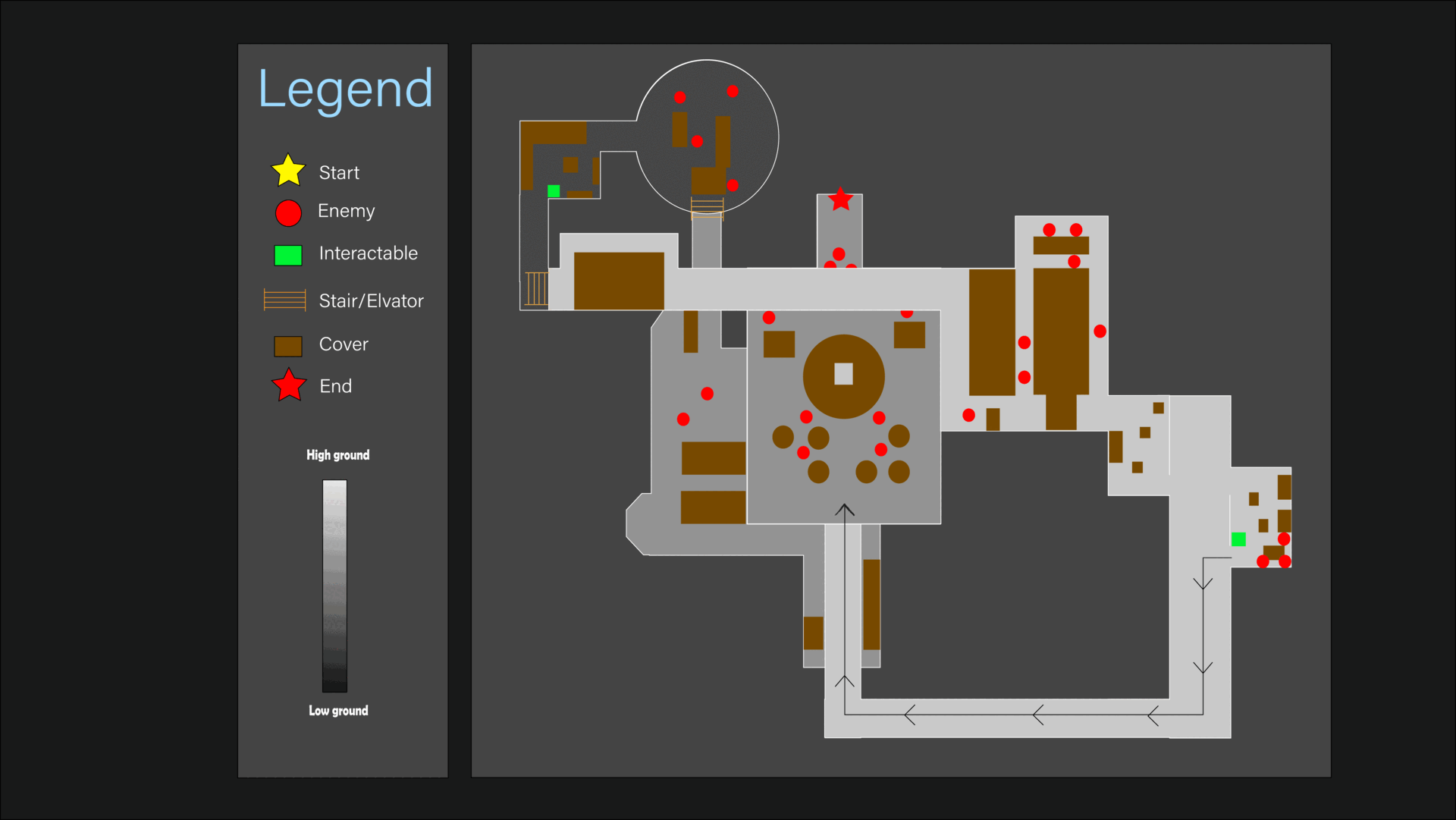
Gameplay Highlights
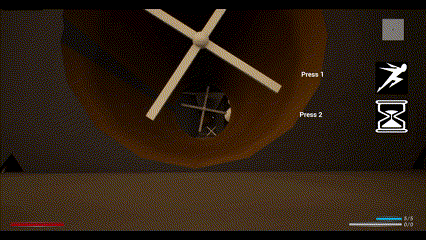
Introducing Time Dilation
I introduce this mechanic early in the game and design progression barriers that require players to engage with it in order to advance. This ensures they internalize its function through gameplay rather than tutorials alone. This example is a classic fan-blocking sequence, the player has to correctly utilize the time dialition mechanic to overcome the obstacle. This approach reinforces the mechanic's importance while maintaining a natural learning curve.
Advanced Challenge
Maintaining an engaging game flow is key to the level I want to create. Now that the player understands how time dilation works, I’ve designed the next challenge to be slightly harder, enough that they likely won’t succeed on their first attempt but will still believe it’s achievable. This balance encourages experimentation and mastery without causing frustration, keeping the player motivated to refine their approach
Actions moments
Having strong mechanical action moments is crucial for my level. This aligns with one of the core fantasies of the game’s genre, allowing players to traverse the world and perform actions they wouldn’t normally be able to do in real life. These challenges engage players in a non-combat way, providing just the right amount of excitement to keep them invested without overwhelming them.
Hollywood Moment
This section builds on my previous discussion about the core fantasy moments of the game's genre. Players love Hollywood-style set pieces, grand entrances, explosive action, and cinematic sequences that make them feel like they're part of something larger than life. I want to incorporate moments like these into my level to heighten excitement and deliver a memorable experience that showcases the game's most thrilling mechanics
Walk Through
Level Design Process
1. Reference and relationship with gameplay
Researching for this project has been an interesting experience since I’ve never been inside a factory like this before. However, I managed to gather useful resources online to understand how a factory should look and feel. My goal is to create a level that feels believable and immersive. A key focus is designing architecture and signature props that clearly establish this as a steel mill rather than just a generic, large factory. Getting the scale right has been particularly challenging, as factories tend to be massive. Achieving the proper sense of scale required extensive research and plenty of trial and error.
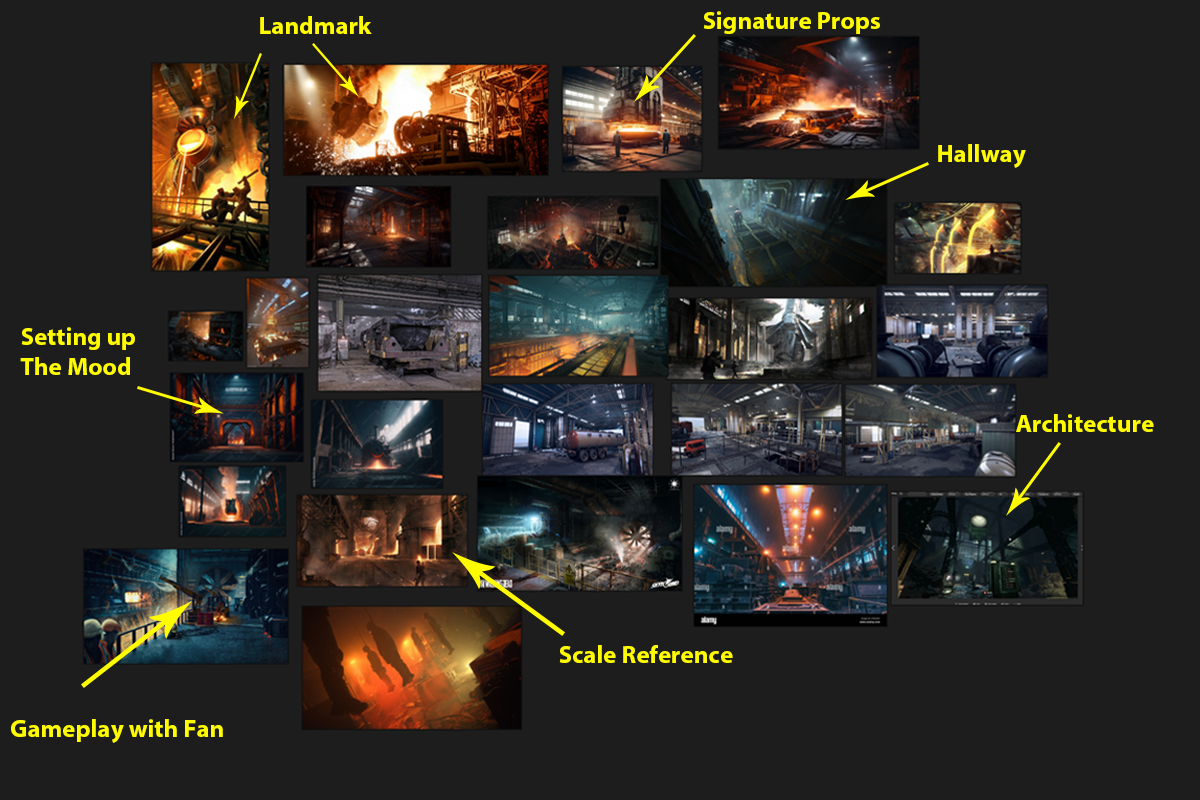
2. Initial Draft and Layout
Now that I’ve gathered my references, it’s time to bring everything together! Creating an initial layout helps me visualize the flow, scale, and spatial relationships of the level. This first draft is essential for estimating the scope and overall expansiveness of the environment, laying the groundwork for the entire design. From here, the exciting yet challenging rollercoaster of iteration begins, where ideas are refined, adjusted, and improved through continuous testing and feedback.
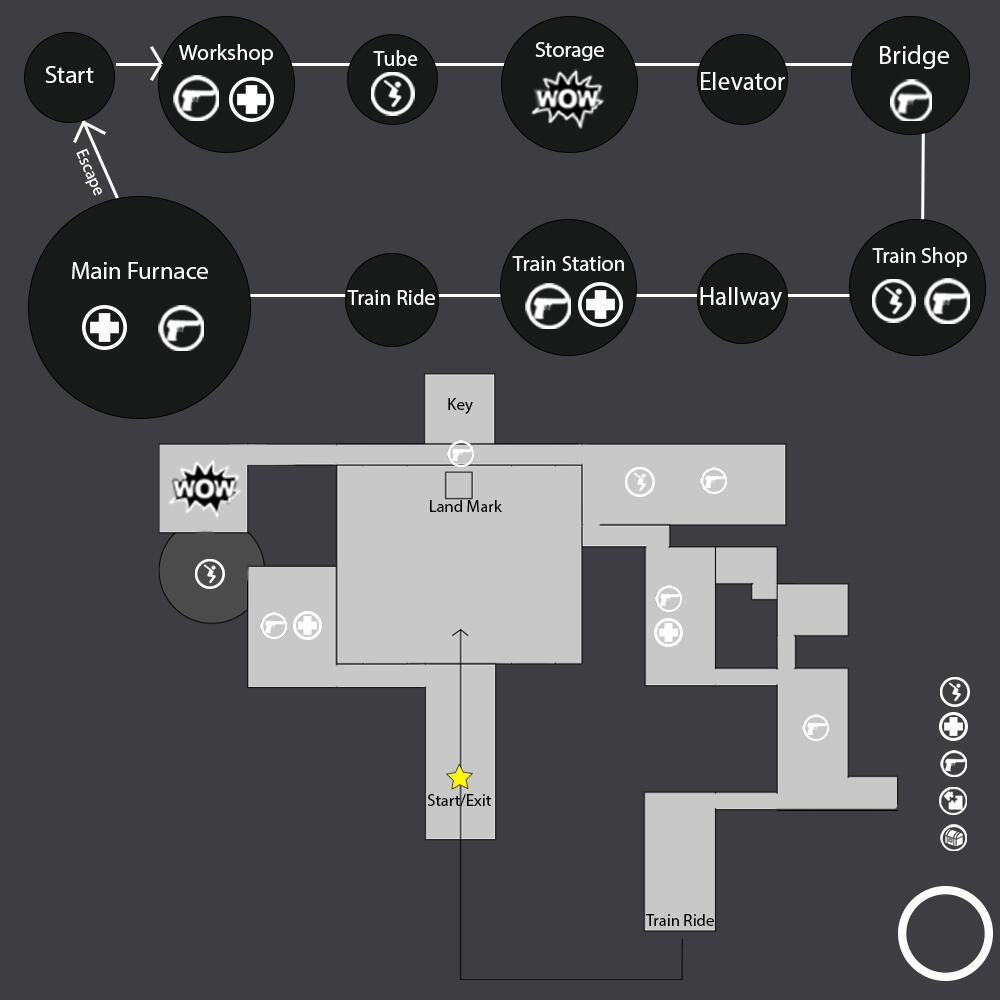
3. Prototype
Its time to get into the engine! I used action block method to do my prototype. Lots of Blueprint were used to test out my game play. Here are some highlights from the prototype/action block I created. The goal of this process is to test gameplay, fail fast, and learn quickly. It’s about identifying what works for my level and what doesn’t, iterating rapidly, and making quick, informed decisions.
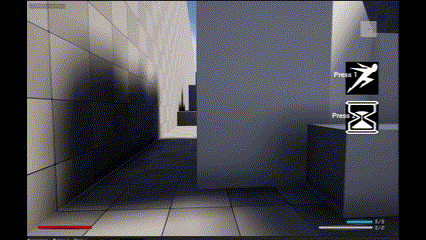
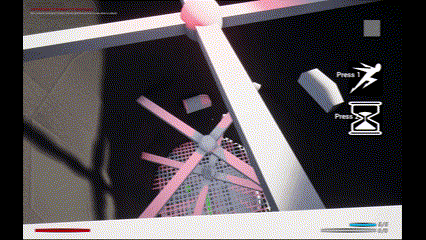

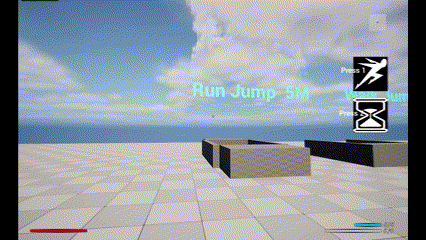
4. Frequent Iterations and Modeling in Engine
With all the components in place, it was time to build the level! Thanks to the advanced modeling tools in UE5, I did most of the work directly in the engine rather than using Maya. The iteration process was intense—my first draft was far from perfect. The design lacked balance, working well in one direction but offering little value in the other, which made the level feel incohesive. Through continuous refinement, I was able to create a much more believable and polished level, and I’m happy with how it turned out compared to where it began.
Space Doesn't Make Sense
In this iteration, the game functions as a playable level but lacks context for the player—there’s no indication of where they are, how things happened, why things are the way they are, or who is behind it all. Asking the 5Ws (Who, What, Where, When, Why) will be a key focus for future iterations to create a more engaging and meaningful experience.
More Factory-Like
In this iteration, I added more factory-like props and colors to ensure players immediately recognize where they are as soon as they see the space.
Unengaging Sniper Encounter
Sniper encounters are always challenging to design. In this iteration, the lack of verticality undermines one of the core fantasies of a sniper experience. Additionally, it fails to provide opportunities for counterattacks, making the encounter feel static.
More Highground and Covers
I want the player to actively engage with enemies rather than picking them off one by one, so I added climbable high ground and more cover to encourage movement and dynamic combat.
Cool Idea That Make No Sense
When I first saw the train in the reference, I was so excited and thought, "I have to include this!" However, I quickly realized that a train doesn’t quite fit the factory scenario. It was tough to let go of the idea
Making Cool Idea Make Sense
I brought the idea back by making it feel more natural within the context of the environment. While it’s not exactly a train, it still serves the same functional purpose.
First Iteration
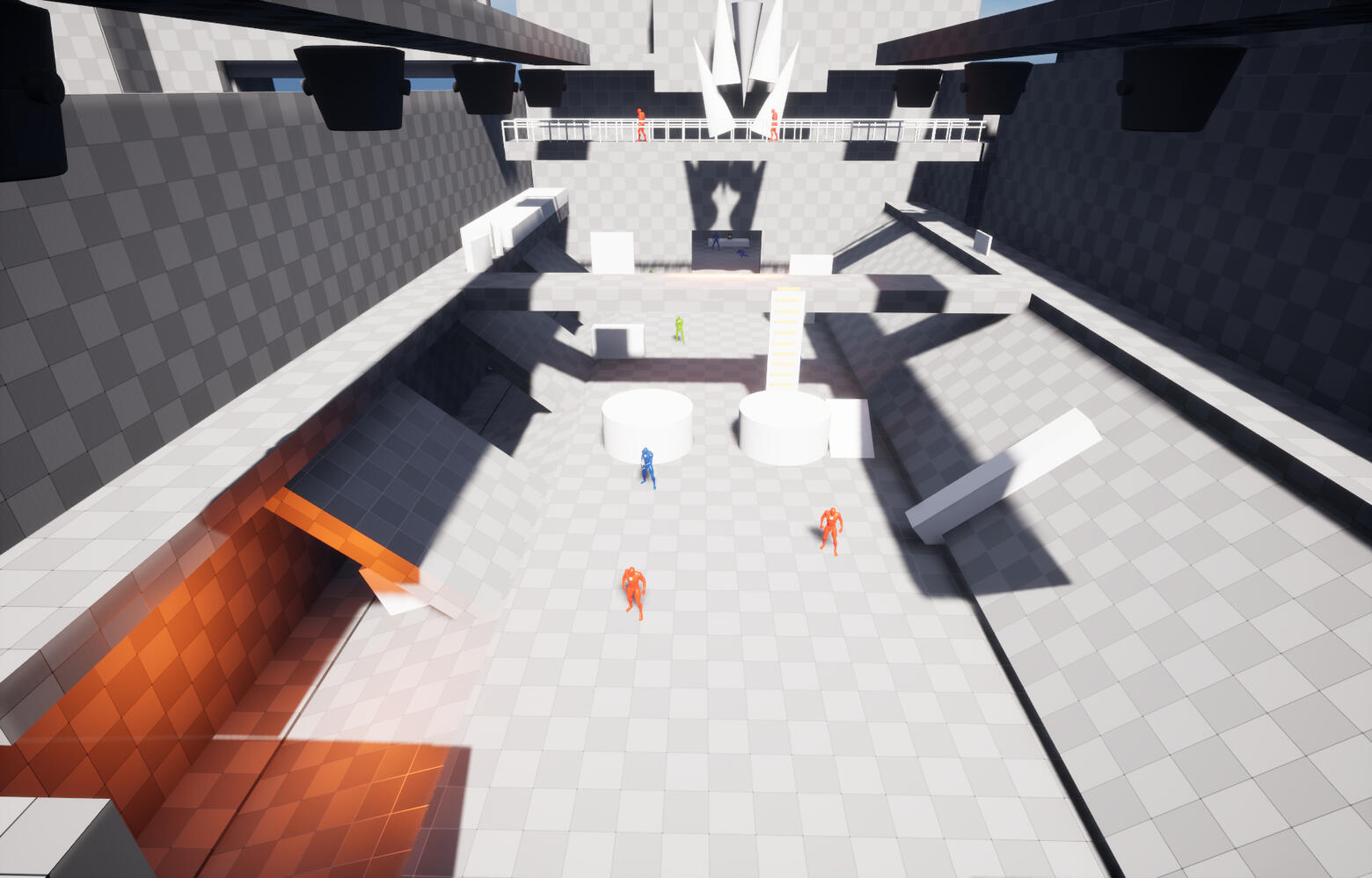
Second Iteration
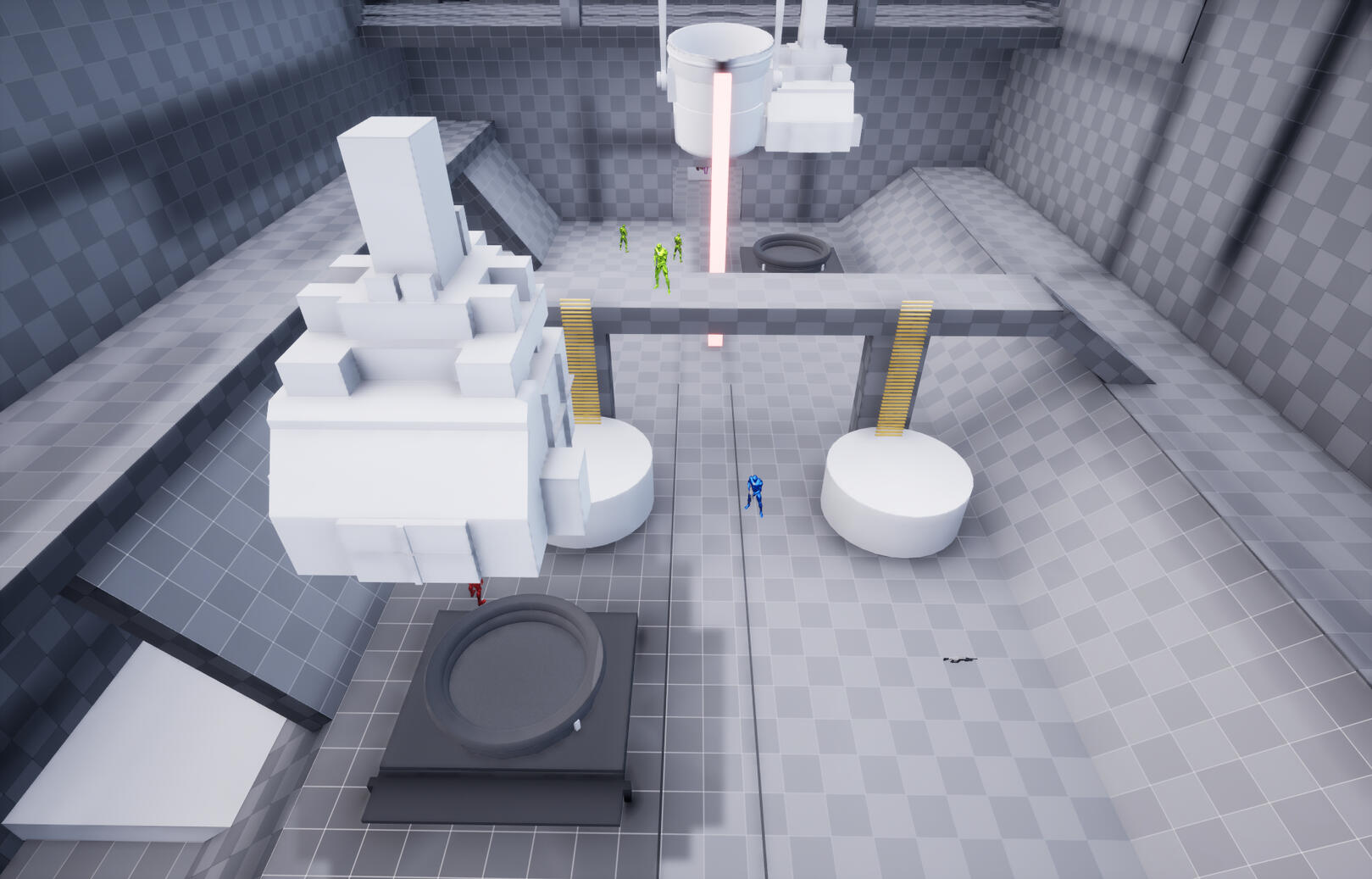
Thrid Iteration
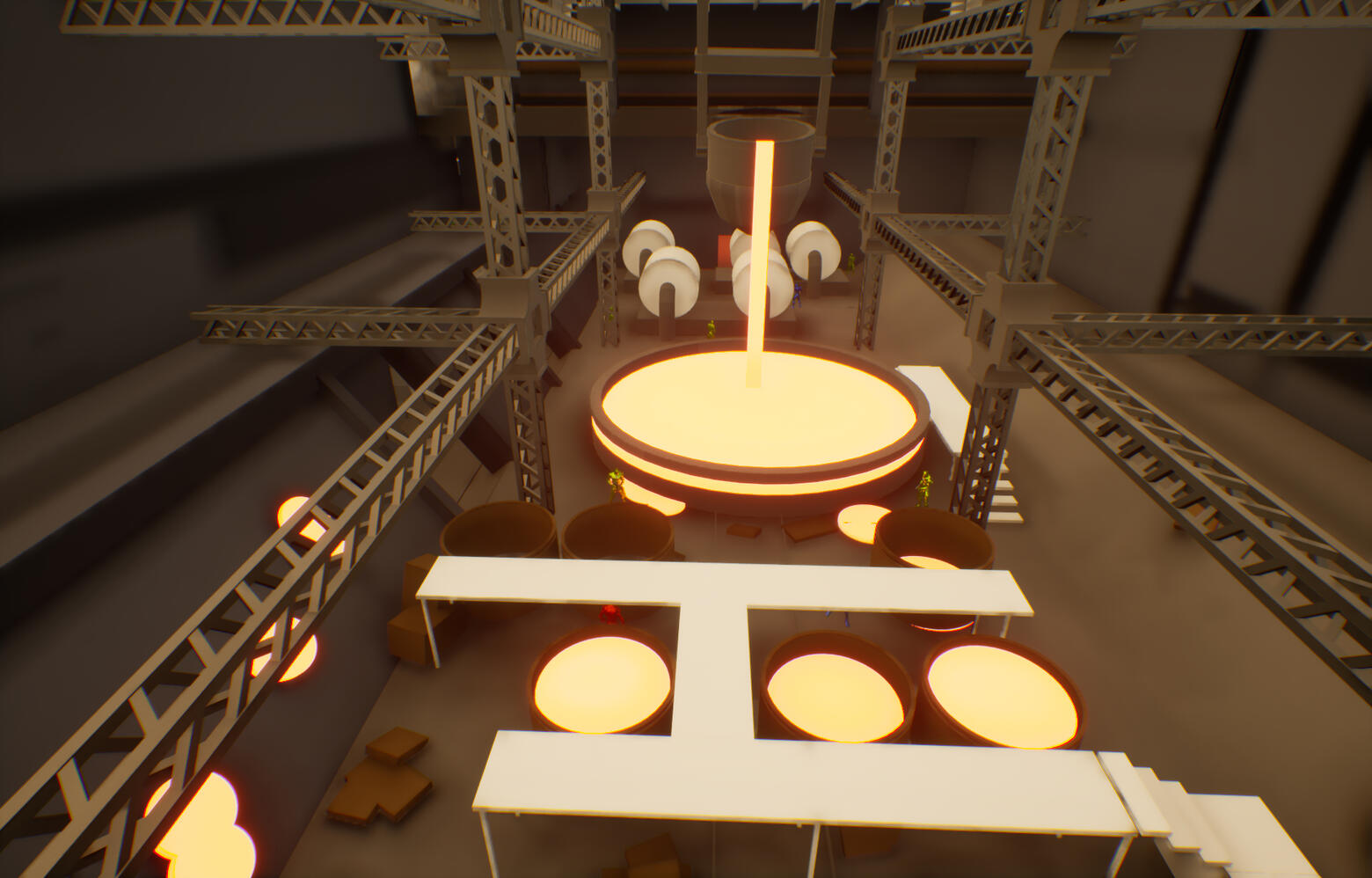
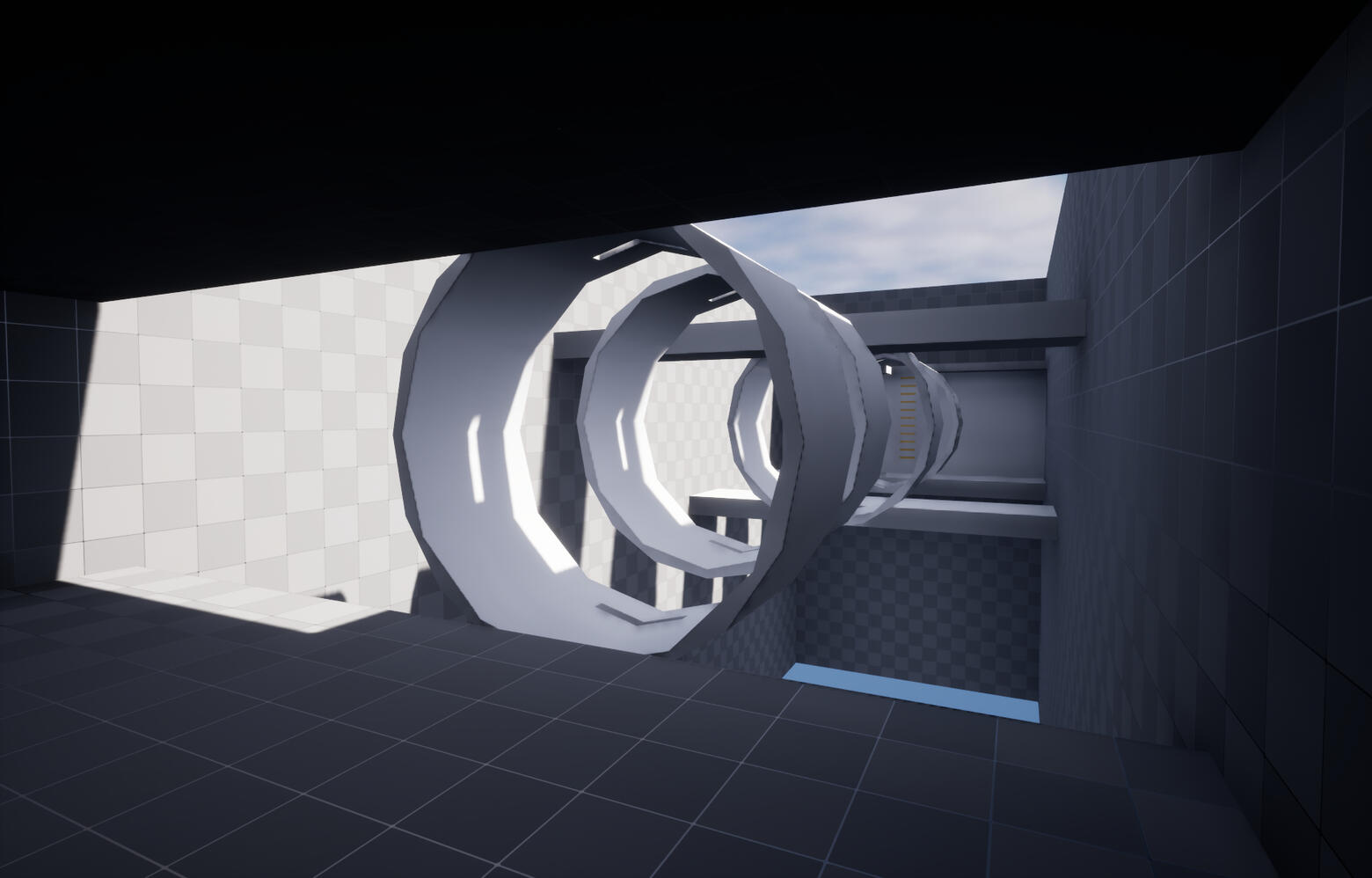
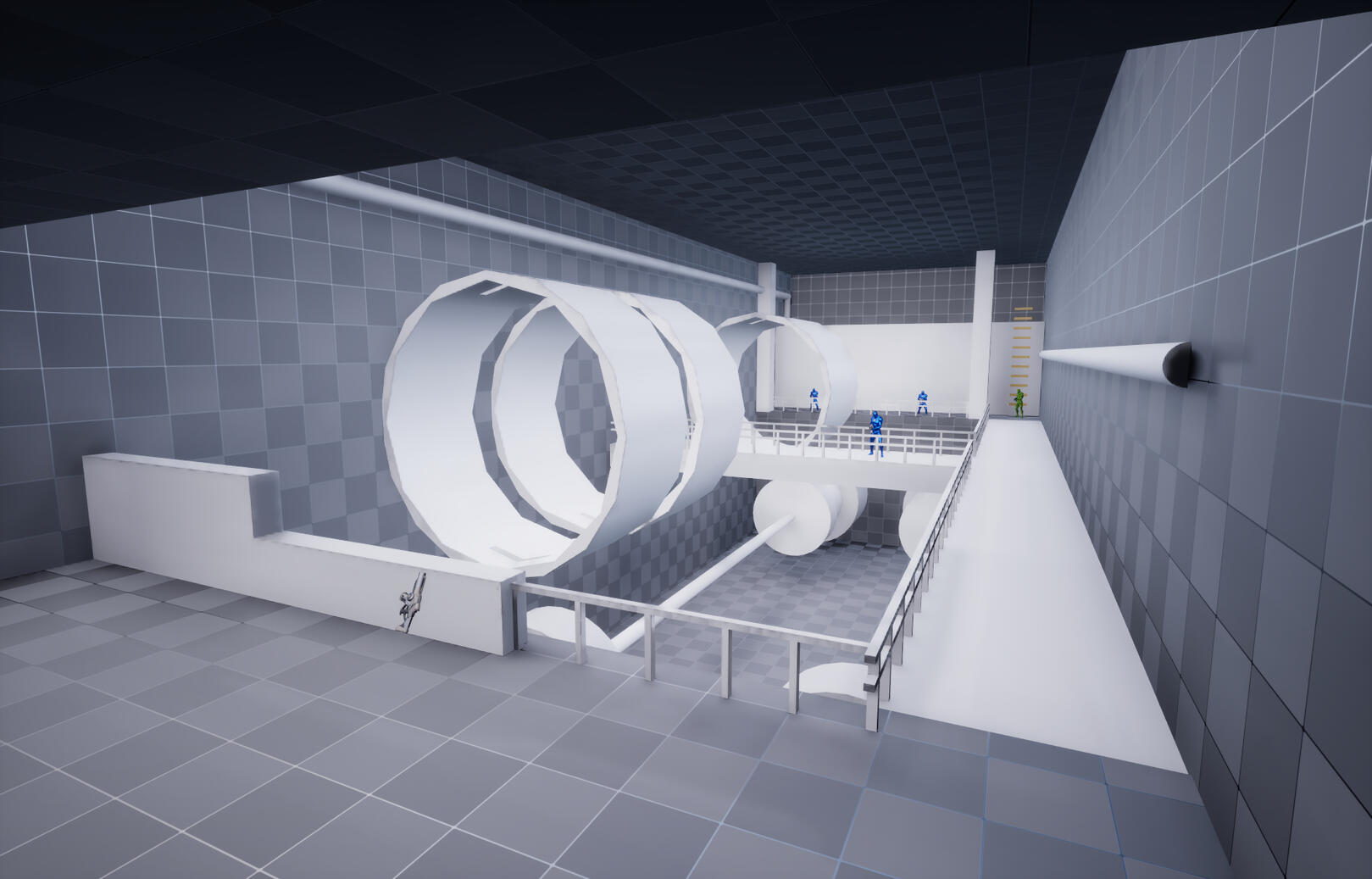
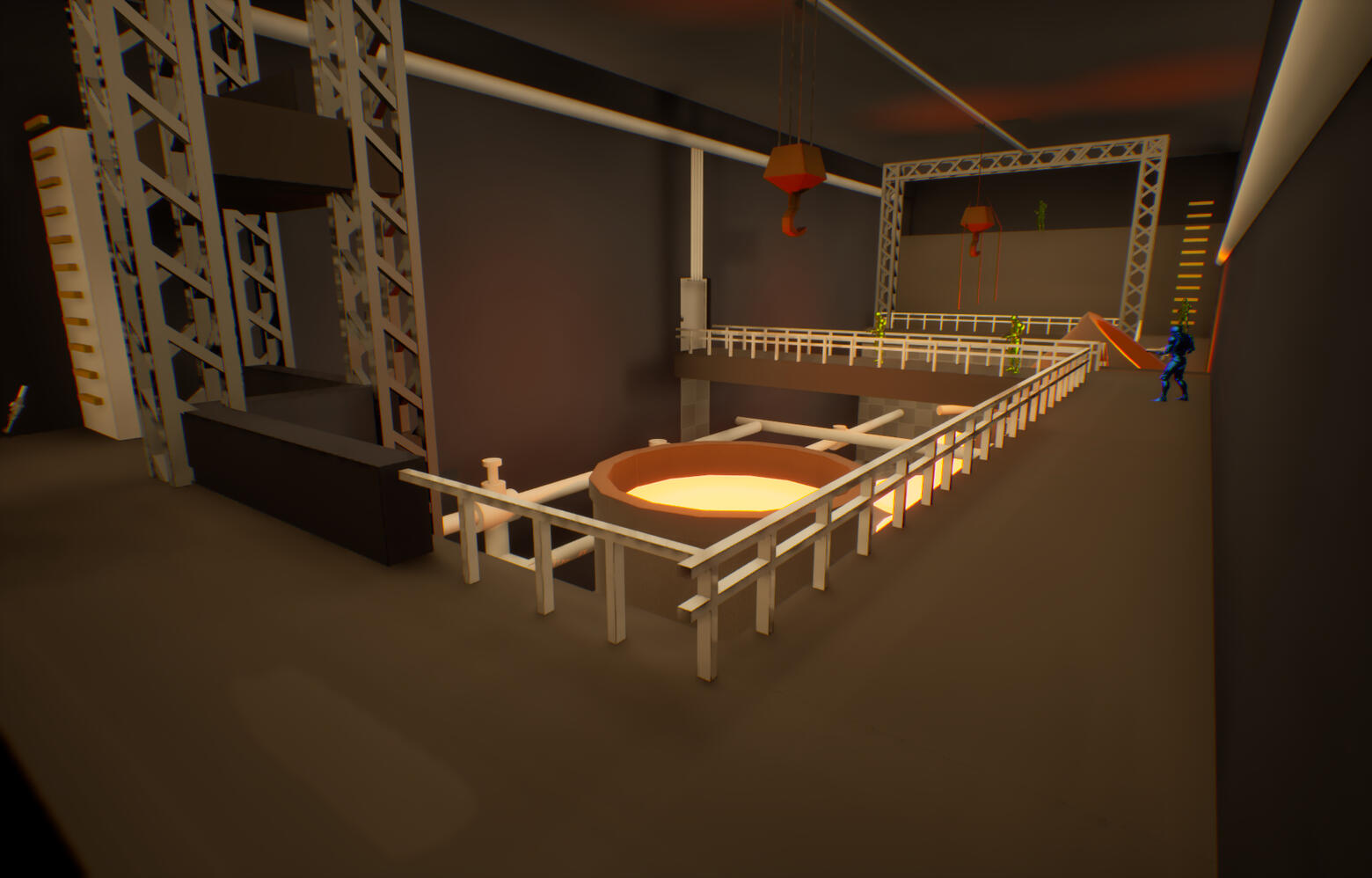
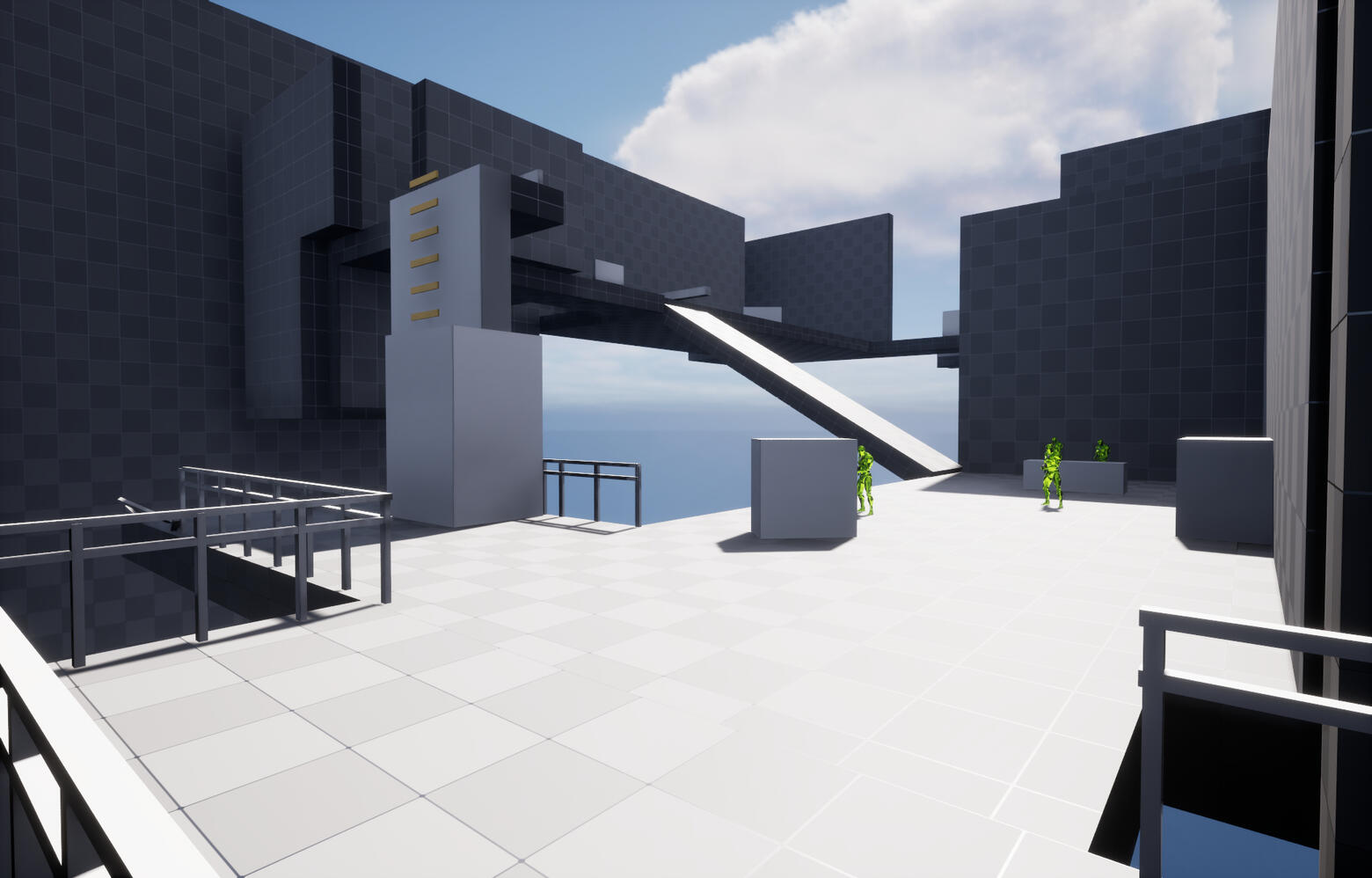
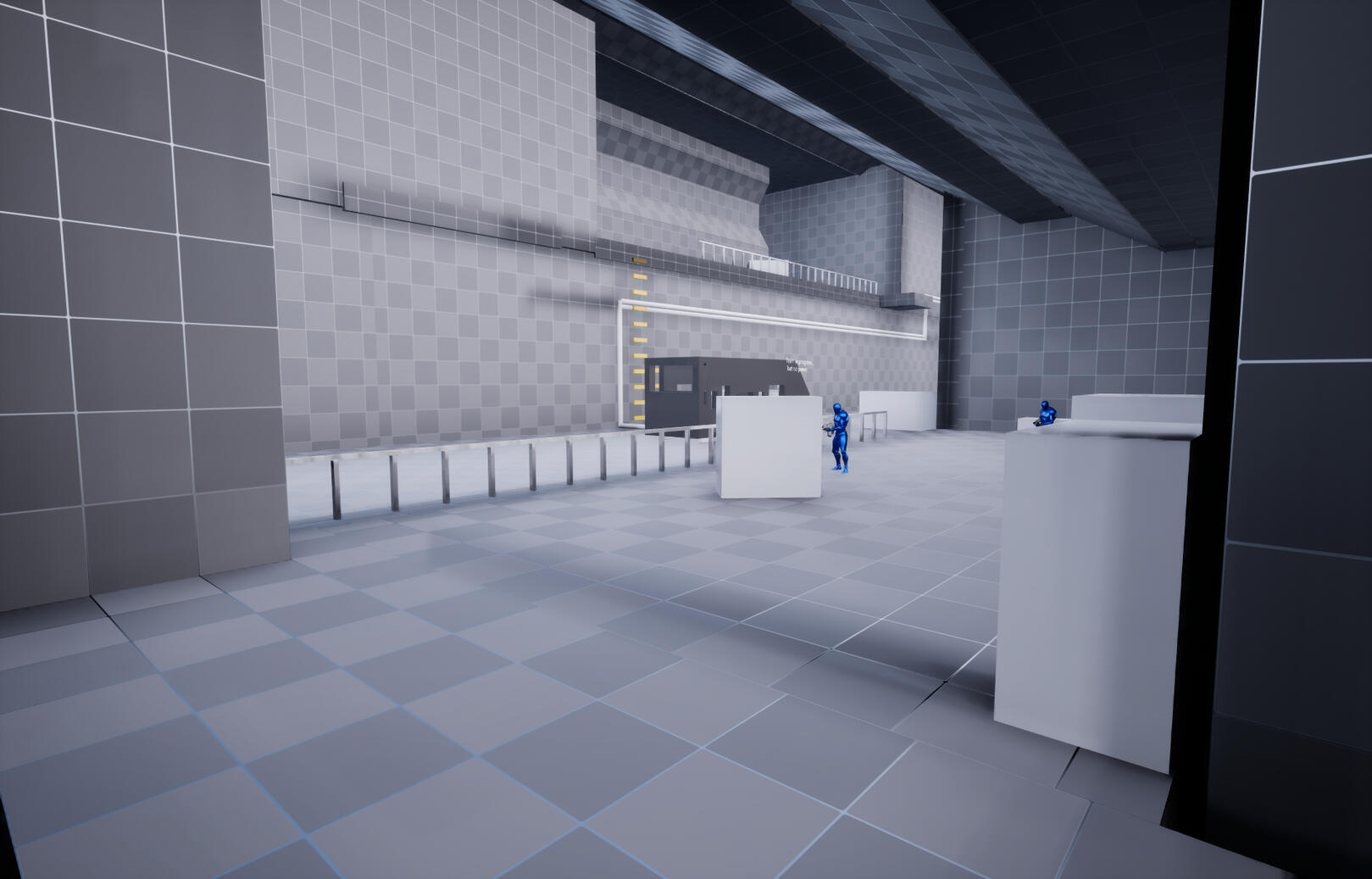
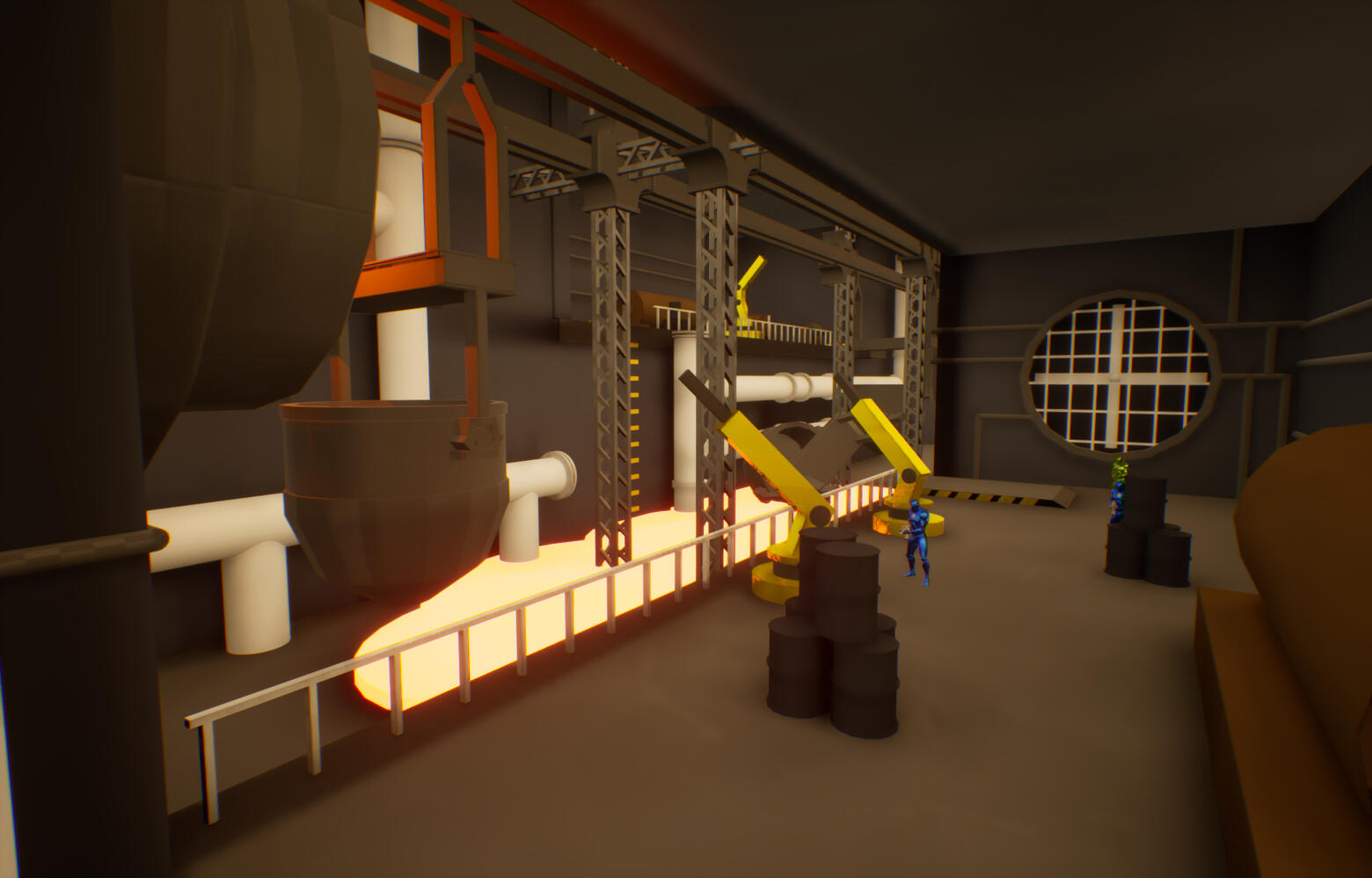
Things I’d do differently
Environmental Story Telling
This is one aspect I wish I could have continued refining, but ultimately, I decided to exclude it because it was beyond my scope to integrate it logically within the level. Below is an art test I created during the brainstorming phase, showcasing how I envisioned this concept for the rest of the level. However, it turned out to be more of a burden than an effective environmental storytelling element. If I had more time, I would refine and integrate these ideas in a way that made sense and elevated the overall experience.
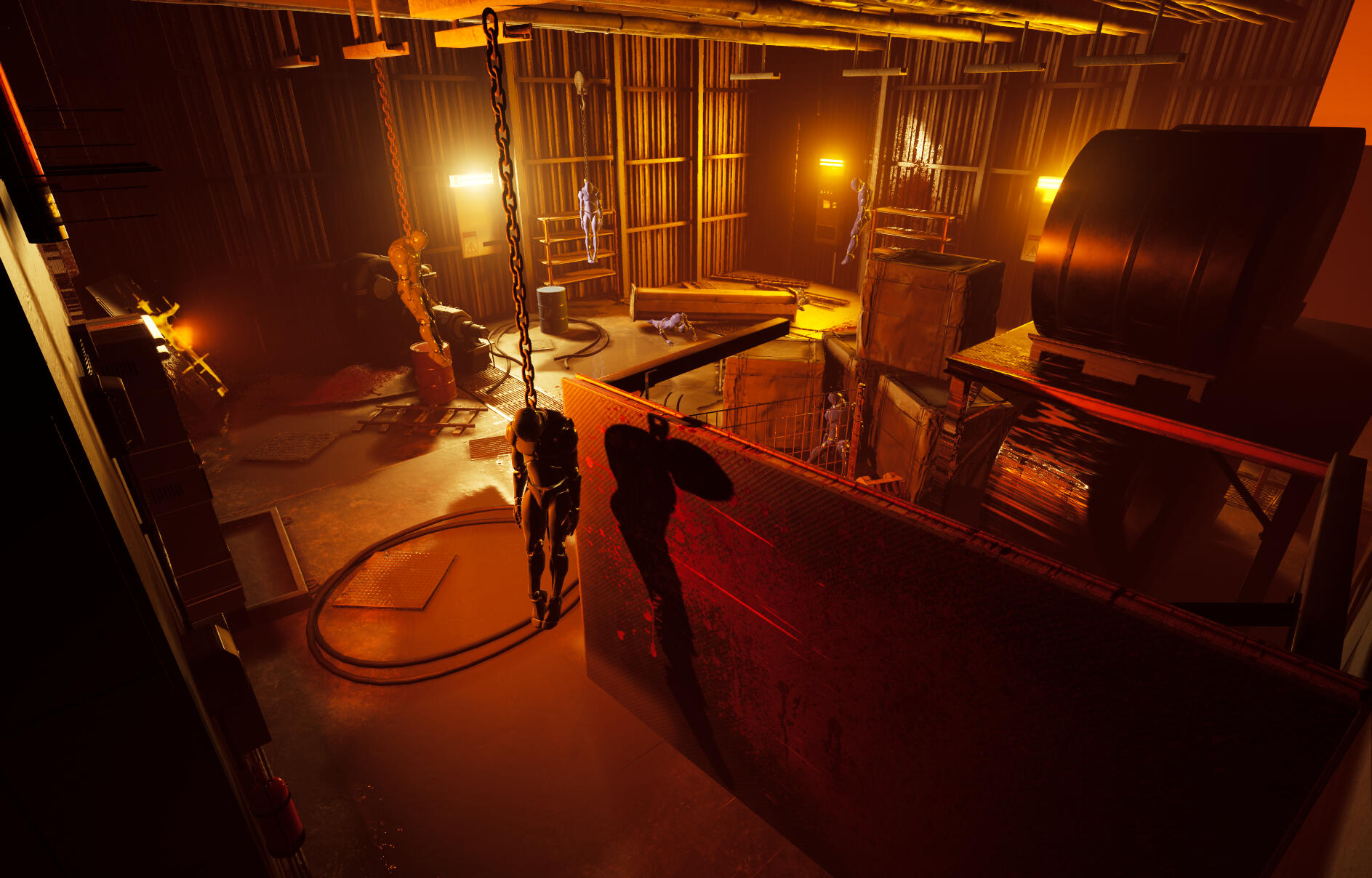
Hang Zheng
Level Designer
The Cold
Story and background
After their wedding, Hammerlock and Wainwright Jakobs set off on a well-earned honeymoon. But things quickly took a strange turn. The weather was far too cold for the season. Concerned, Jakobs went out to investigate, only to find himself in need of a Vault Hunter’s help.
My Goal
My main goal is to create a world that emphasizes environmental storytelling, light combat, and short, objective-based missions. The composition should naturally guide the player, using landmarks and moving objects to draw their attention without being forced. The combat preparation and design will be intentional and seamlessly integrated.
Project details
Engine: Unreal Engine 5
Personal Project
Level Design
Restriction
Under 5-10 mins of gameplay
Property setdress with assets
40 Hours of work time
Must have a short mission/Quest
Final Layout and Design Principles
The player's goal in the level is to reach the space where a giant crystal is releasing cold air. This crystal is clearly visible in the background from the very first composition shot. The player is also aware of the secondary objective, as the smoke in the middle ground hints at it. I want the player to immediately understand their objective and direction from the very start.My plan has largely stayed the same, but I originally intended for the level to loop back to the starting area. After blocking it out, I realized that wouldn’t be feasible if I want to stay within the 40-hour scope for the project. However, I had a Plan B in place while I was planning and doing my Level Design Document. I cut the final underground area and made the village the ending point of the mission instead.
My Plan
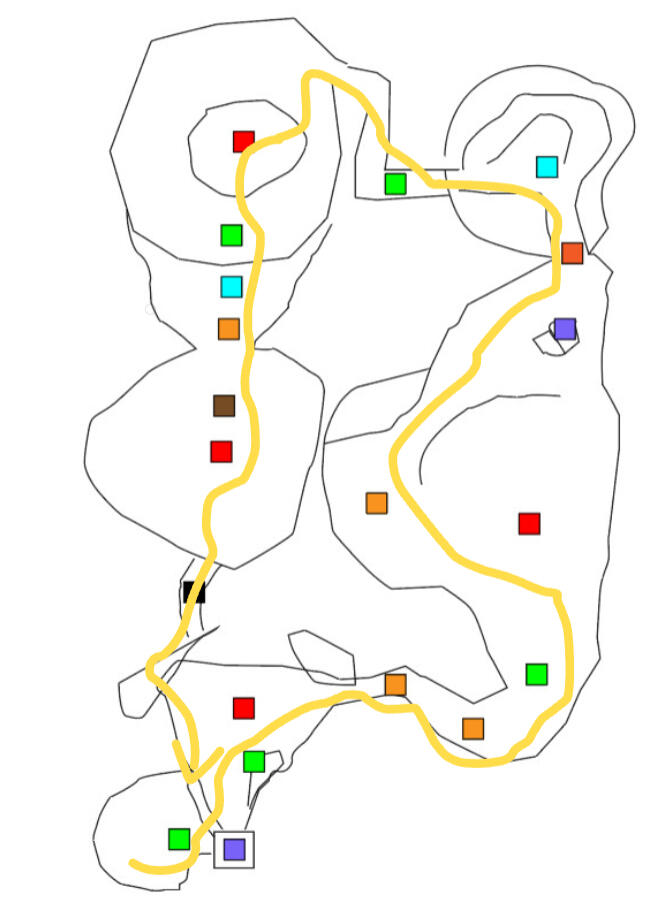
My in game topdown
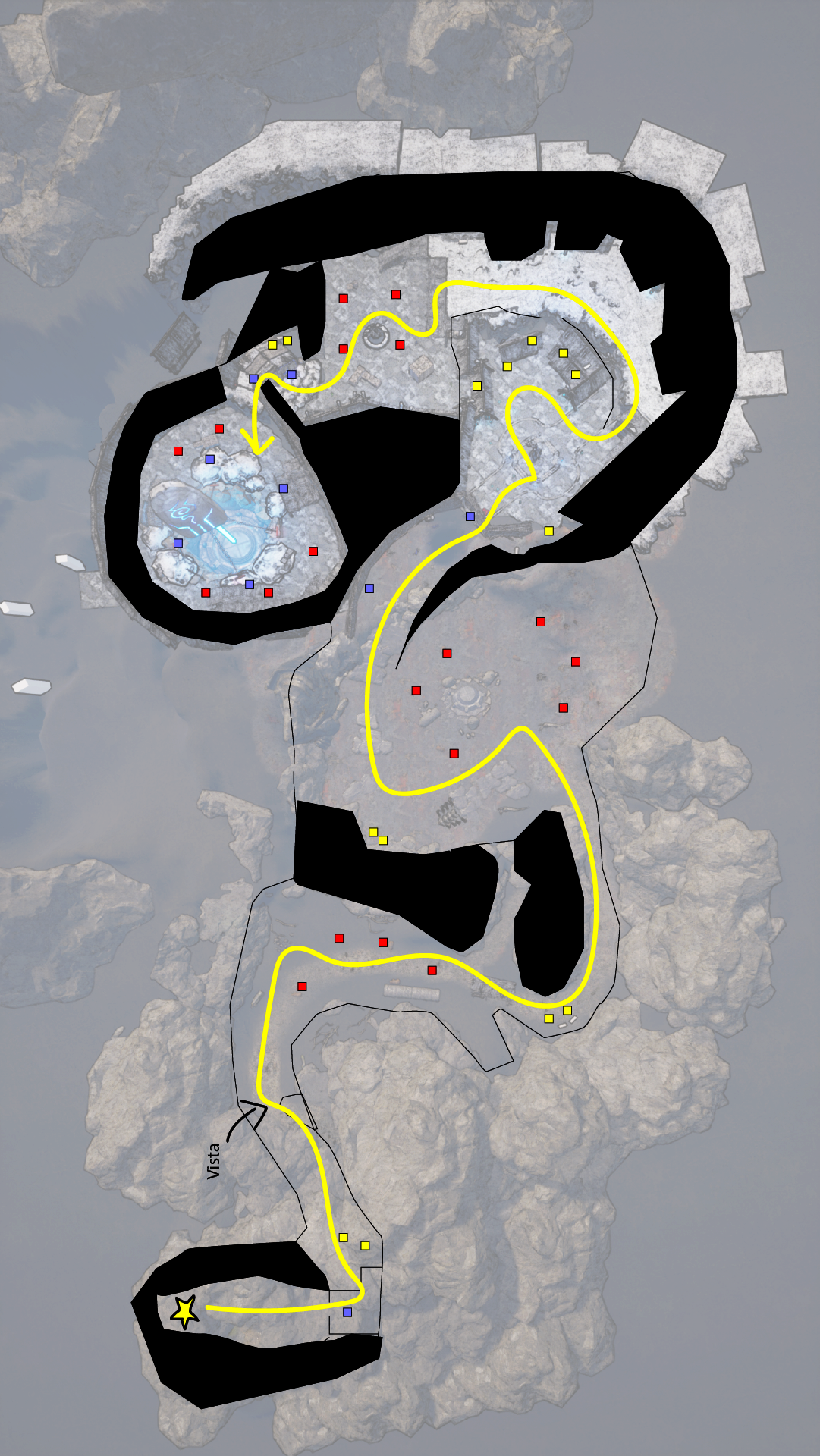
Walk Through
Level Design Process
1. Reference and research the game
Before I started building anything, I spent 8 hours playing the game. Taking notes, capturing screenshots, and analyzing the developers' design intentions. I looked for recurring "classic Borderlands moves" and studied how they structure their levels. This research phase really laid the foundation for my level. One of my biggest focuses is composition. How it delivers that initial WOW moment, while also supporting gameplay, player direction, and world-building.
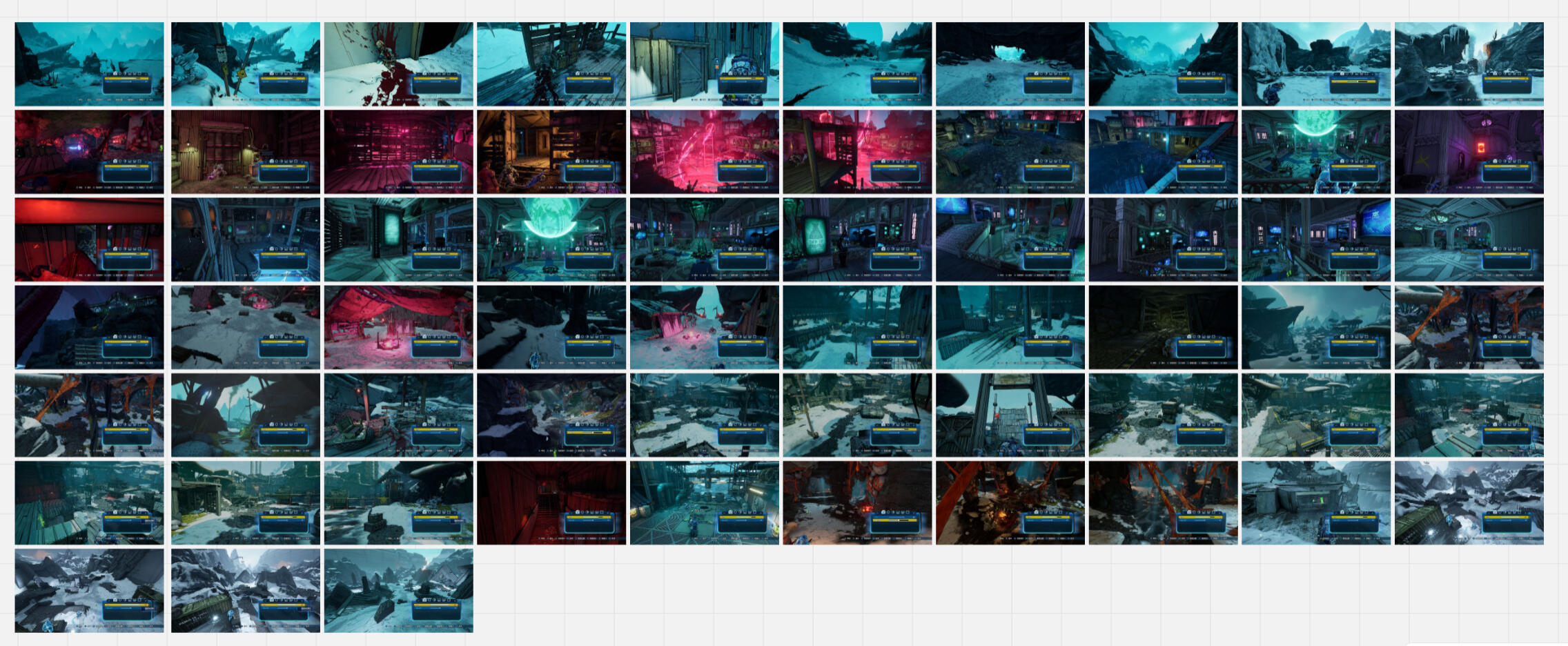
2. Initial Planning
After gathering enough information and references, it was time to brainstorm. I love laying out my beats and thinking through every moment and event the player might experience. This ensures the design is intentional and helps me visualize any potential pacing or flow issues early on.

3. Prototype/Gameplay
Normally, this is where I’d include GIFs of my early prototypes, but I didn’t have time due to time constraints. However, I did create one mechanic that’s reusable in other gameplay scenarios and ties directly into the landmark, both visually and gameplay-wise.

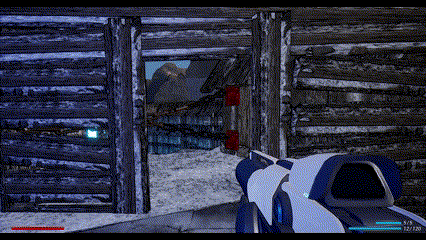
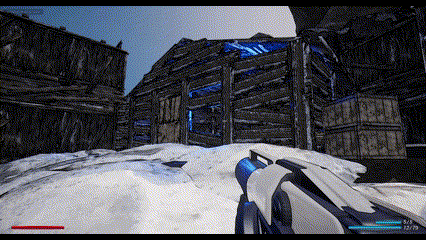
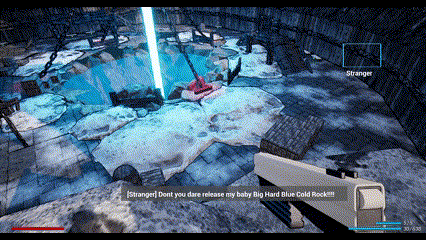
4. Iteration
Even with my 40-hour time constraint, I made sure to leave room for iteration. Because I almost never get things right on the first try. Here are a few points where I’ll go over my initial intentions, what didn’t work, and how I improved them. Here are some of the highlights.
Bad Compositional
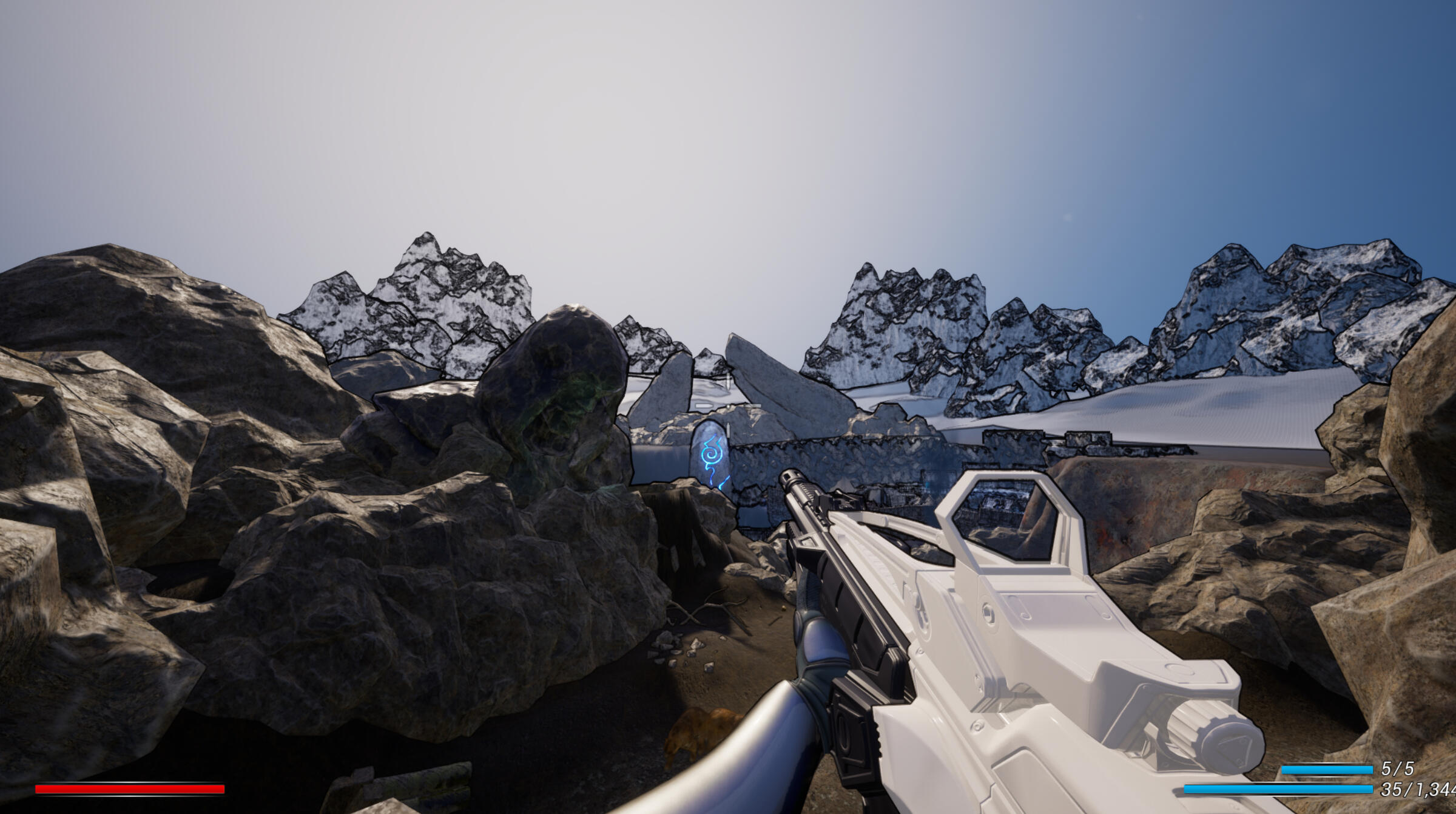
In my first attempt, I tried too hard to draw the player’s attention by adding lots of props to simulate leading lines. However, this cluttered the scene and competed with the focal point.
Better Compositional

I took a “less is more” approach instead—a simple mountain silhouette created a natural and effective leading line. After removing the excess assets, the result was a much cleaner and stronger compositional shot.
No Combat Intention and
Co-op Consideration

In the left picture, you can see that the player is being blocked off. This not only forces everyone down a single route but also misses a great opportunity to let players naturally understand what’s coming next.
Opened Up the Path and
Added Addtional Path
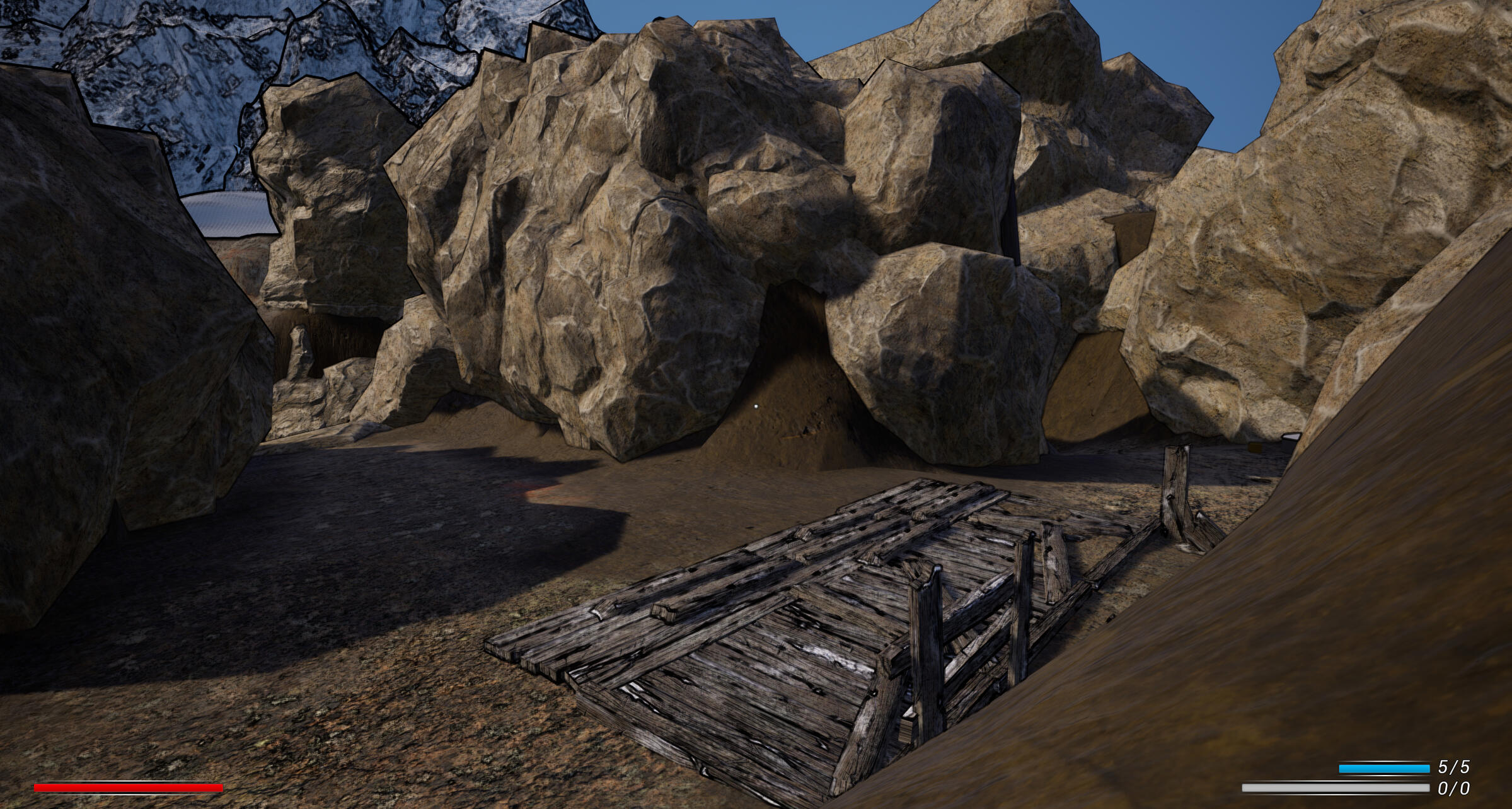
To fix this, I added an optional path that leads to a cliffside overview, where players can see the upcoming combat area. This creates an interesting moment of player communication, as one player can spot what's ahead and share that info with the rest of the team.
Lacking Story
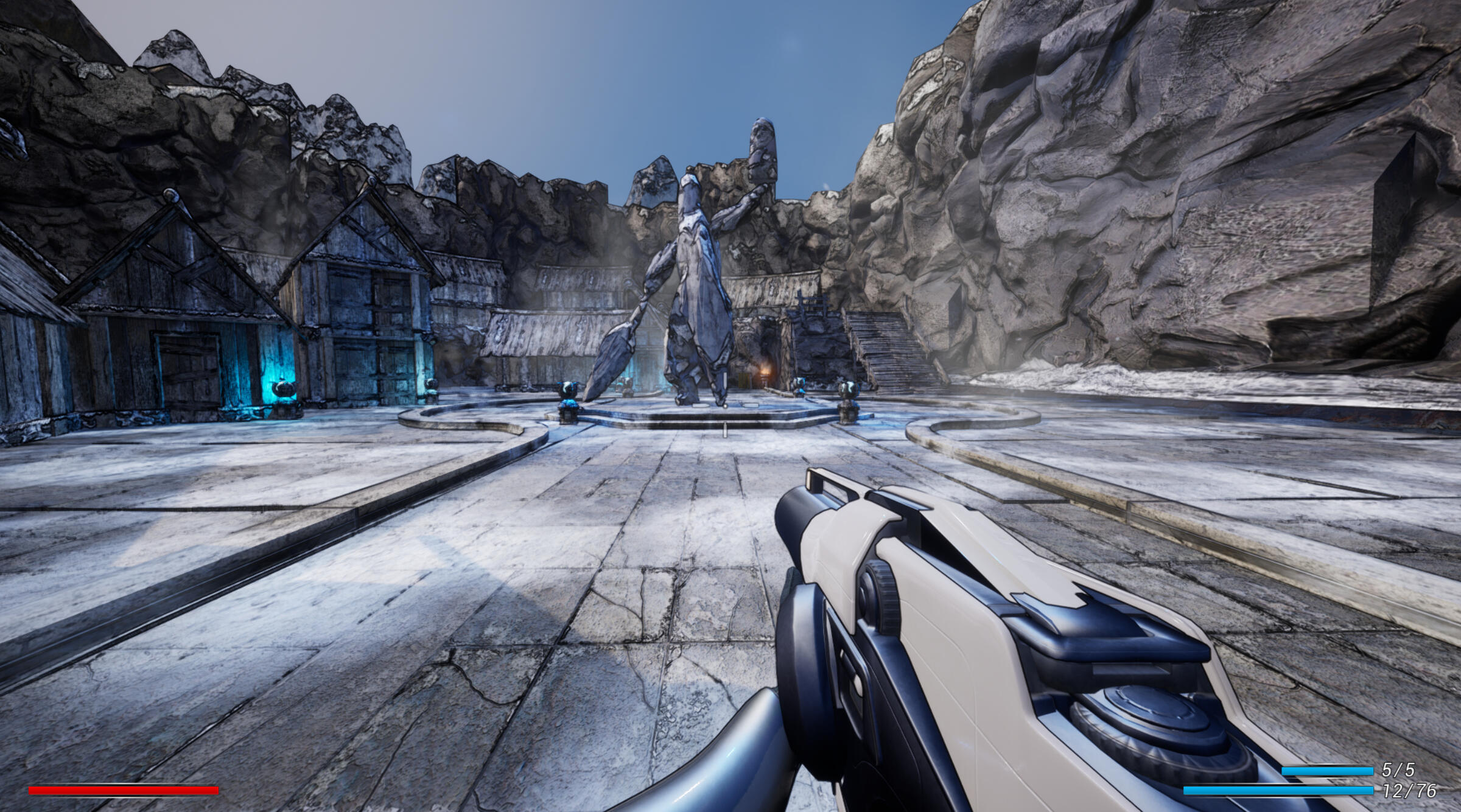
At first, I placed a statue in the center of the town, thinking it would tell a story......But it didn’t do much, because it was just a statue. This was a result of not designing the space with intention.
Storytelling
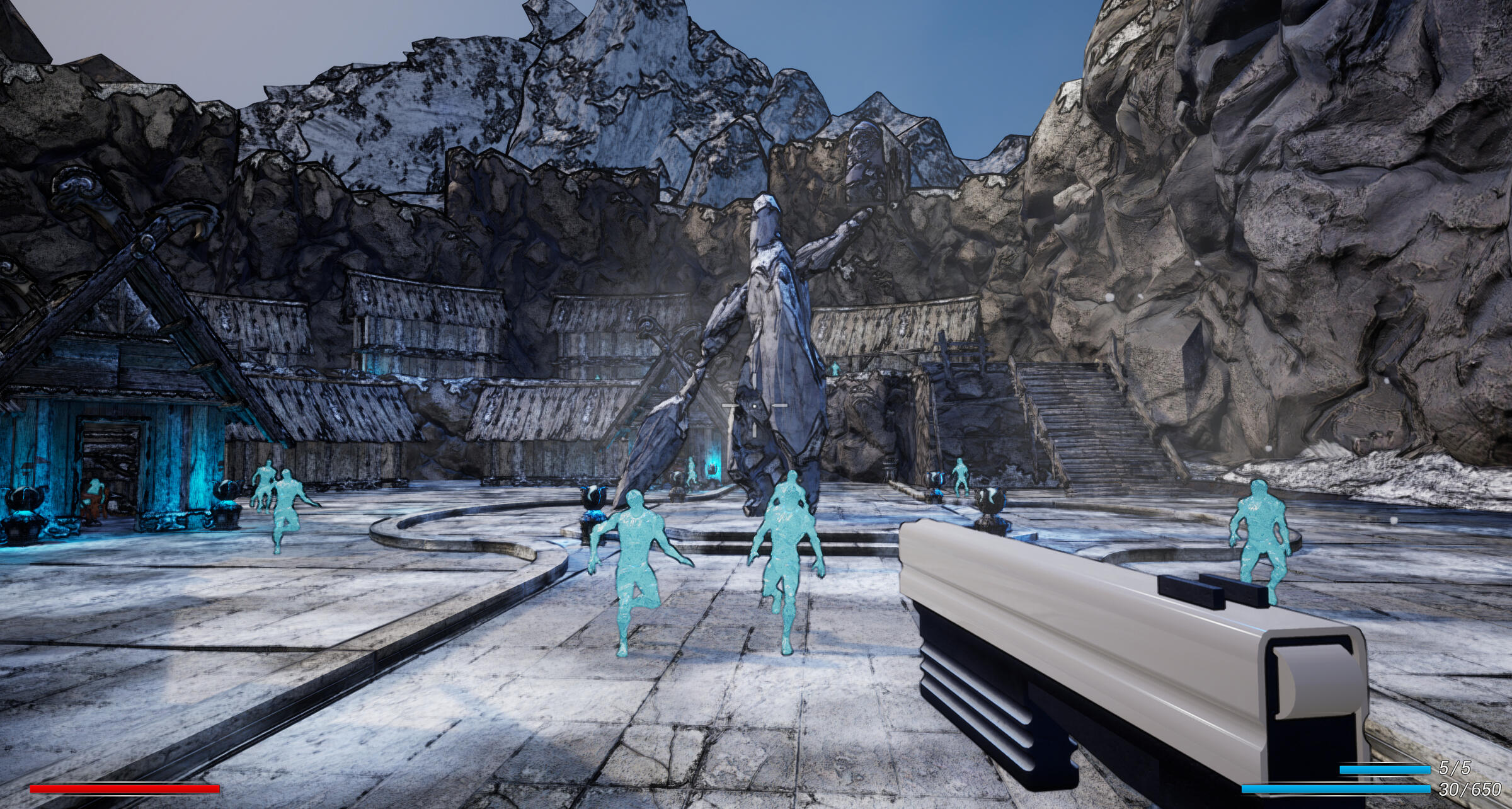
I took a step back and considered the game’s story: what could have happened here? I added frozen people caught mid-run, and others frozen while eating a meal. These changes made the space feel much more alive.
Things I’d do differently
Picking my battle
In a short 40-hour project like this, I had to pick my battles carefully. I spent way too much time trying to make frozen ice humans shootable and able to fracture into pieces of ice. I’m glad I did it—it was fun—but it wasn’t the most important thing.Play even more game
I played 8 hours of Borderlands before starting this project, but I definitely feel like it wasn’t enough. I played alone as well, which made me miss out on a lot of the co-op aspects of the gameplay. In hindsight, I would have had one of my friends play with me and spent a longer duration playing together.
Hang Zheng
Level Designer
One Page Design
The goal of a one-page design is to help people understand the document more quickly and encourage them to actually read it. Here are a few I’ve created to make my design ideas clearer and easier to grasp.
Interactive Biome System

A biome system designed with a focus on player agency.
Level Overview Design
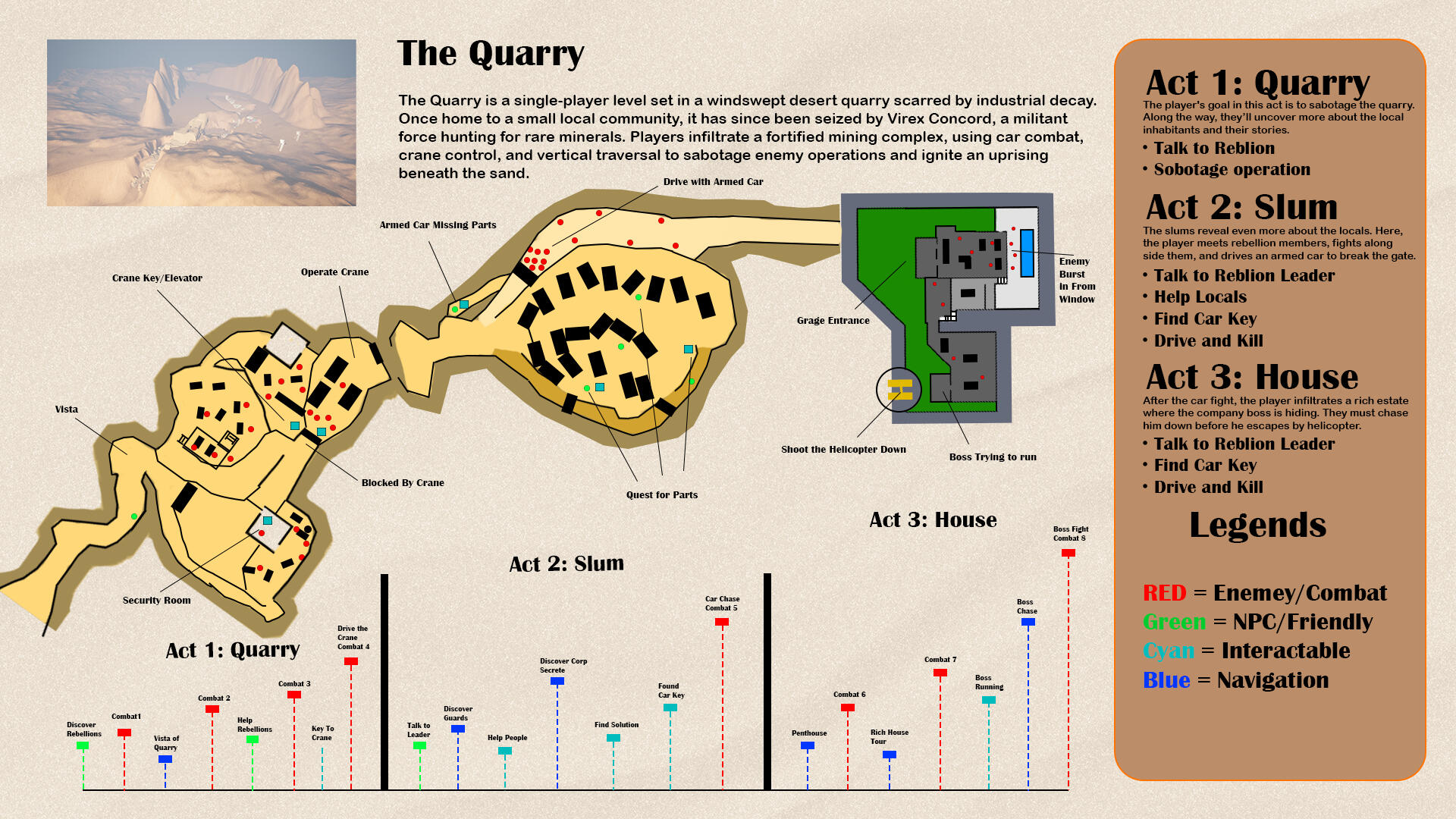
A level design plan that outlines each beat and event in detail.
Hang Zheng
Level Designer
Hang Zheng
Level Designer
The Quarry
Story and background
While on vacation, an agent’s broken golf cart leads him to a village seized by a mining company. The Quarry is a third-person shooter where players fight to infiltrate the quarry facility.
Project details
Engine: Unreal Engine 5
Personal Project
Level Design
Walk Through
Every beat is intentional; each object guides composition, foreshadows combat, or supports interaction. This approach requires careful planning and a backup plan when things go sideways.
1. Reference, research and plan
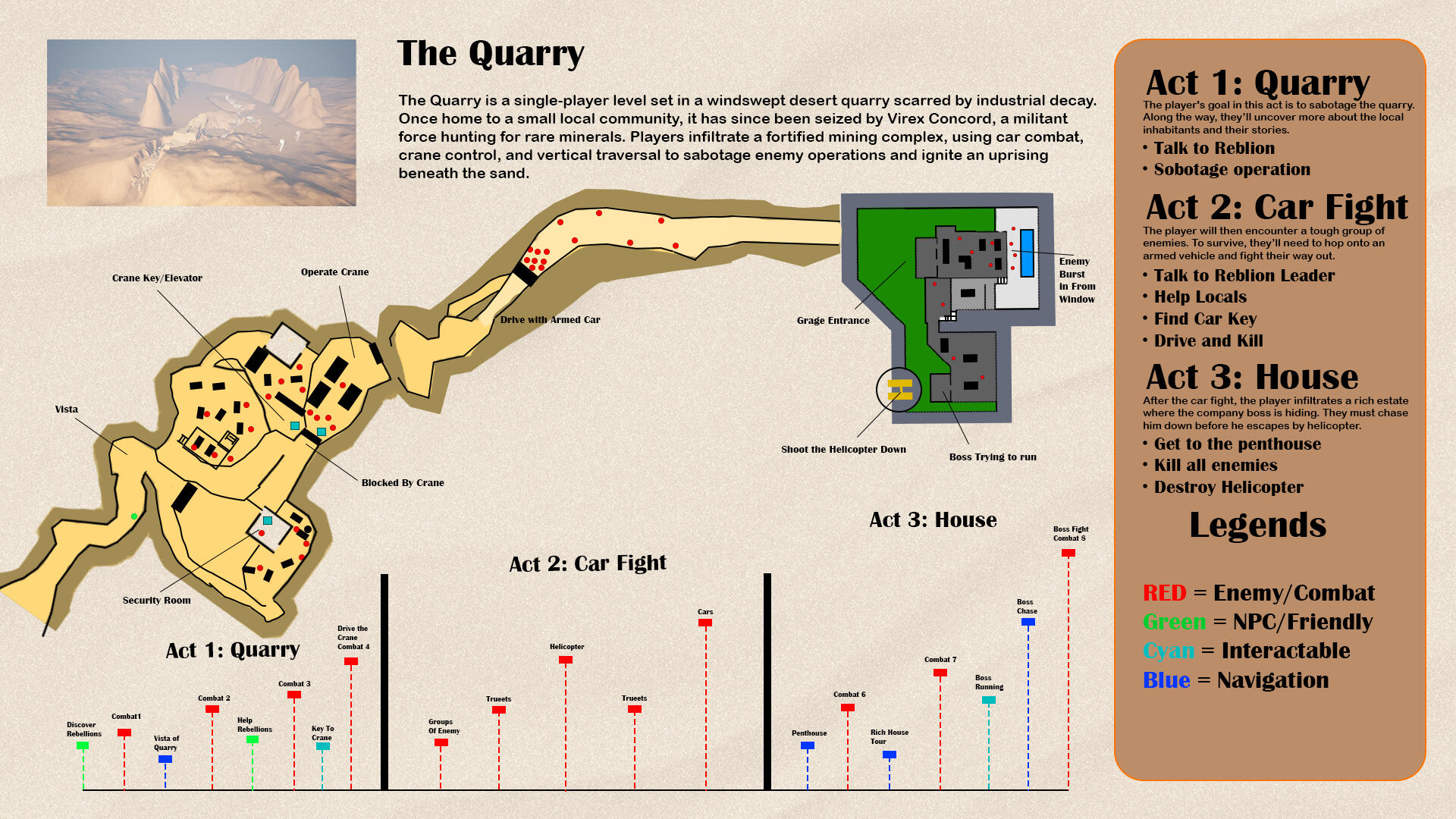
2. Prototype/Gameplay Highlight
Created a metrics gym to ensure consistent combat flow and proper scaling, aiding spatial planning. Scripted multiple gameplay systems and events in UE5 Blueprints.
Scripted event
In large room where players could easily camp, but instead of dumping in eight enemies at once, they spawn dynamically when the player approaches the center, shifting the fight’s momentum in a clever way.
Metrics Gym
Using character speeds and level dimensions, environments are scaled with precision. A metrics gym ensures balance and locks in the intended gameplay feel.
Power Fantasy Moment
Focused on interactive elements that boost engagement in a quarry setting. Letting players operate an excavator taps into a power fantasy, offering a satisfying way to crush enemies and shape the environment.
Car Fight
The driving track design keeps players engaged with continuous shootable objects and occasional threats that require sharp focus and dynamic reactions
Turret Control
The final scene has players destroying a helicopter via a turret system, delivering a cinematic, Hollywood-style moment beyond the reach of standard weapons.
3. Level Design Decision
Composition/LandMark
After establishing the main goal through clear composition, a scripted event with motion cues was used to guide players toward their next objective.
Setting Up Combat
This is the first major combat encounter; setting players up for success is key. A composition that reveals a large portion of the combat space helps players plan and engage more effectively.
Infiltrating and alarm
Created scenarios that make players feel like they’re infiltrating a facility, then raised the stakes by triggering an alarm that shifts the tone to high-intensity action.
4. Combat
Offered multiple paths that shape pacing and weapon use for varied, replayable encounters. Sightlines mattered too; indoors posed challenges with limited full cover, so more half-cover was added inside and full cover along room edges to keep strategy tight.
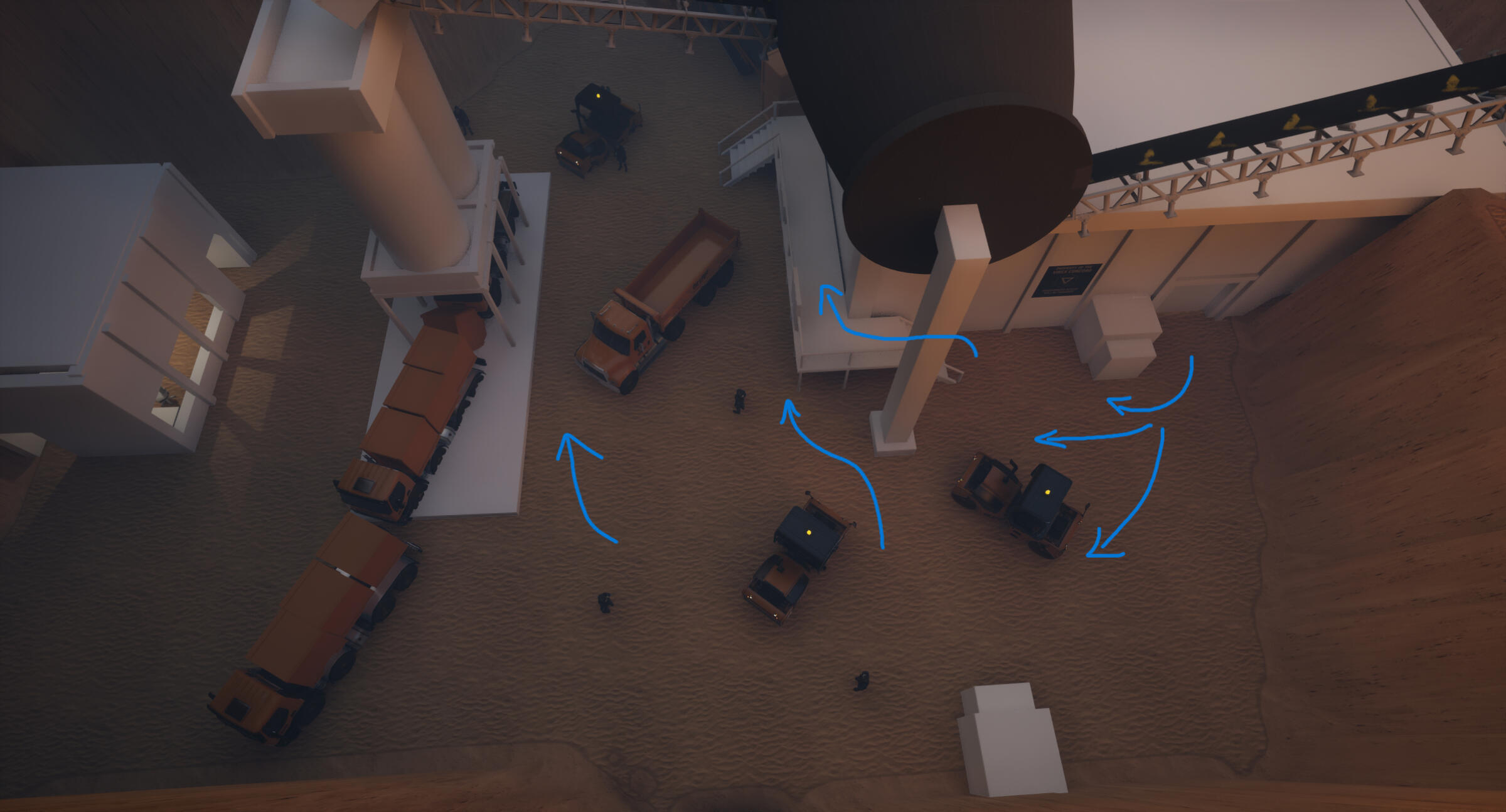
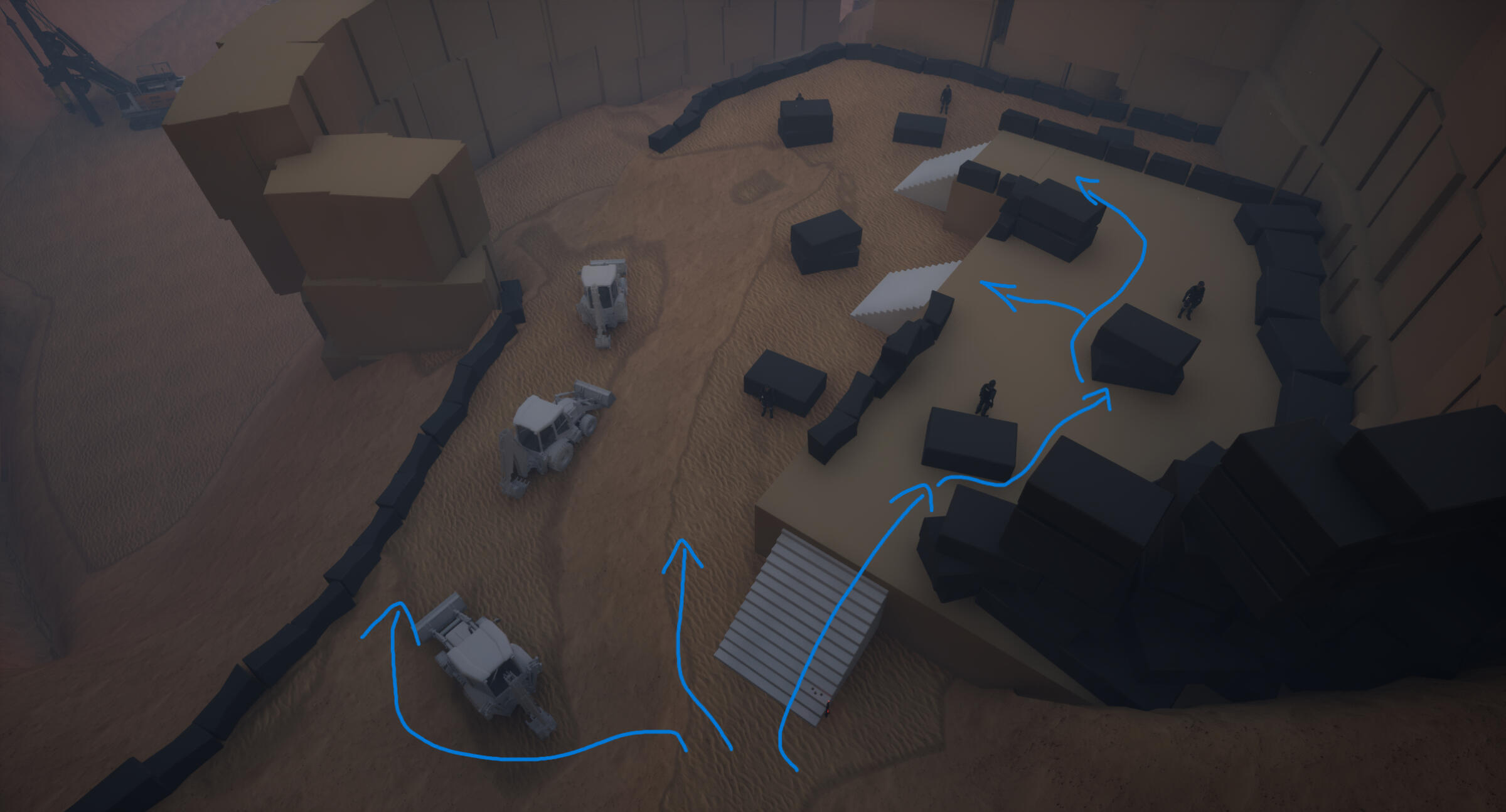
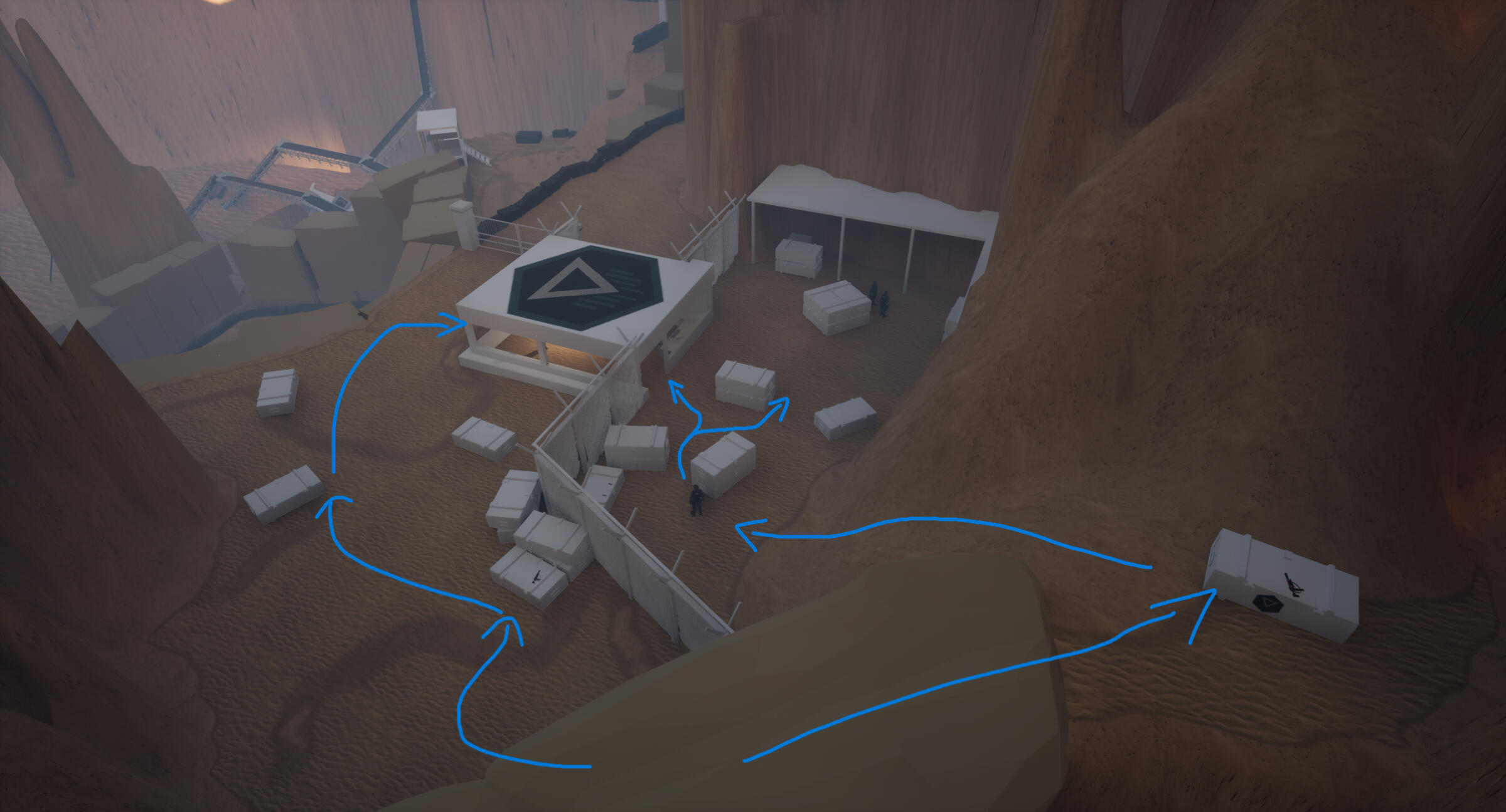
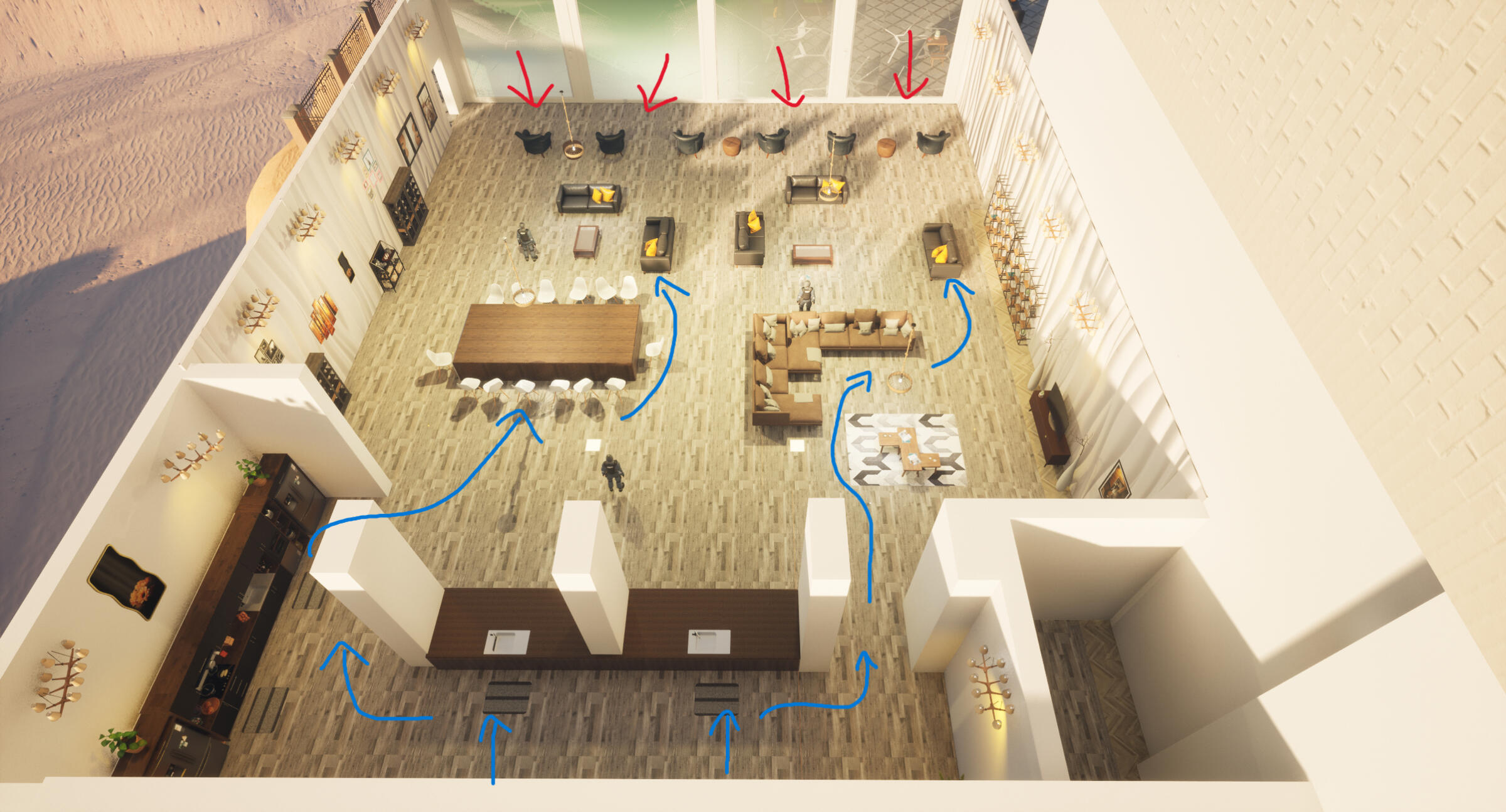
5. Iteration
Long walk way with no interest
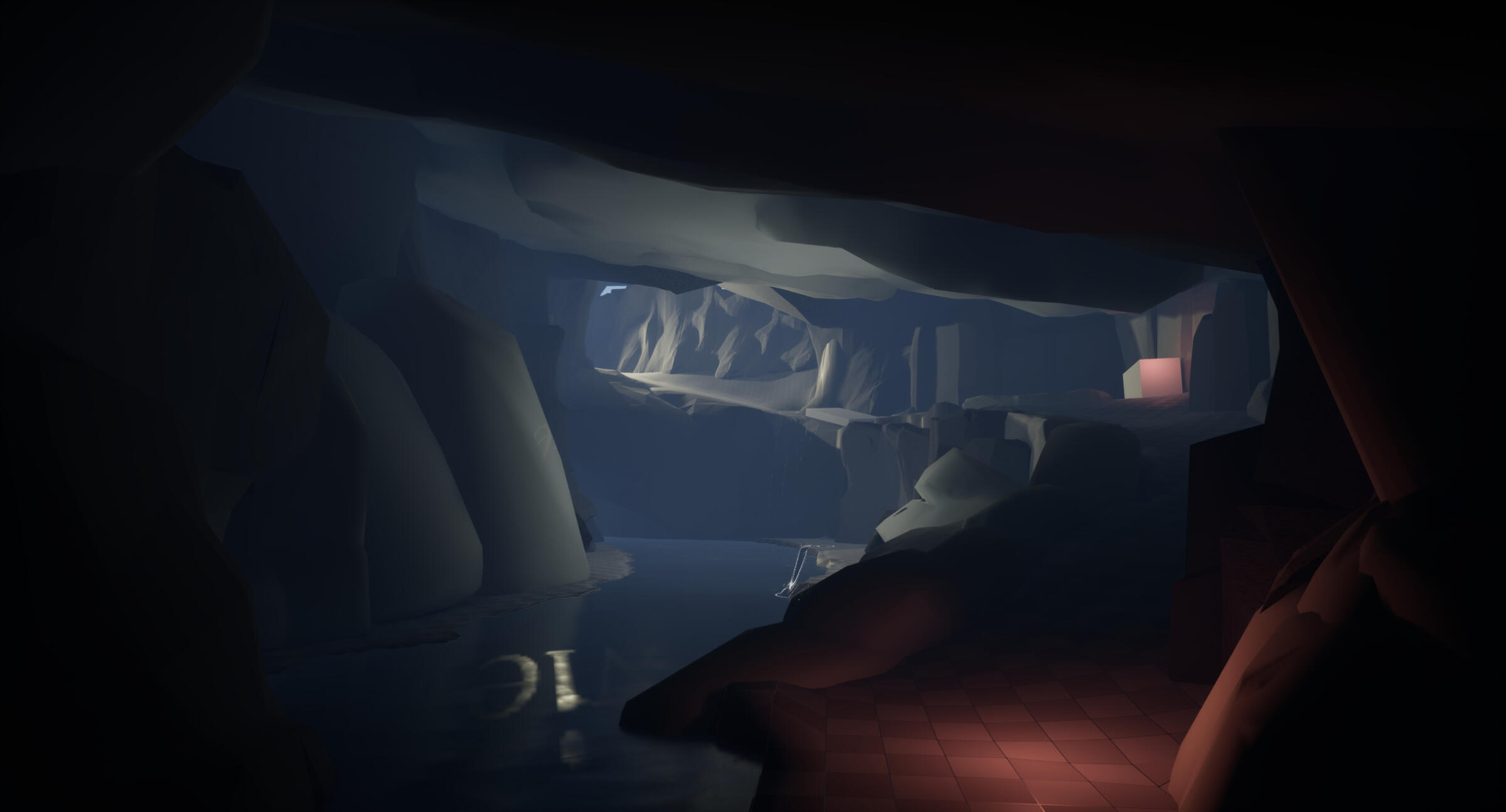
The first draft focused on establishing strong overall composition, but finer details within the space were initially overlooked.
Shorter path and more interest
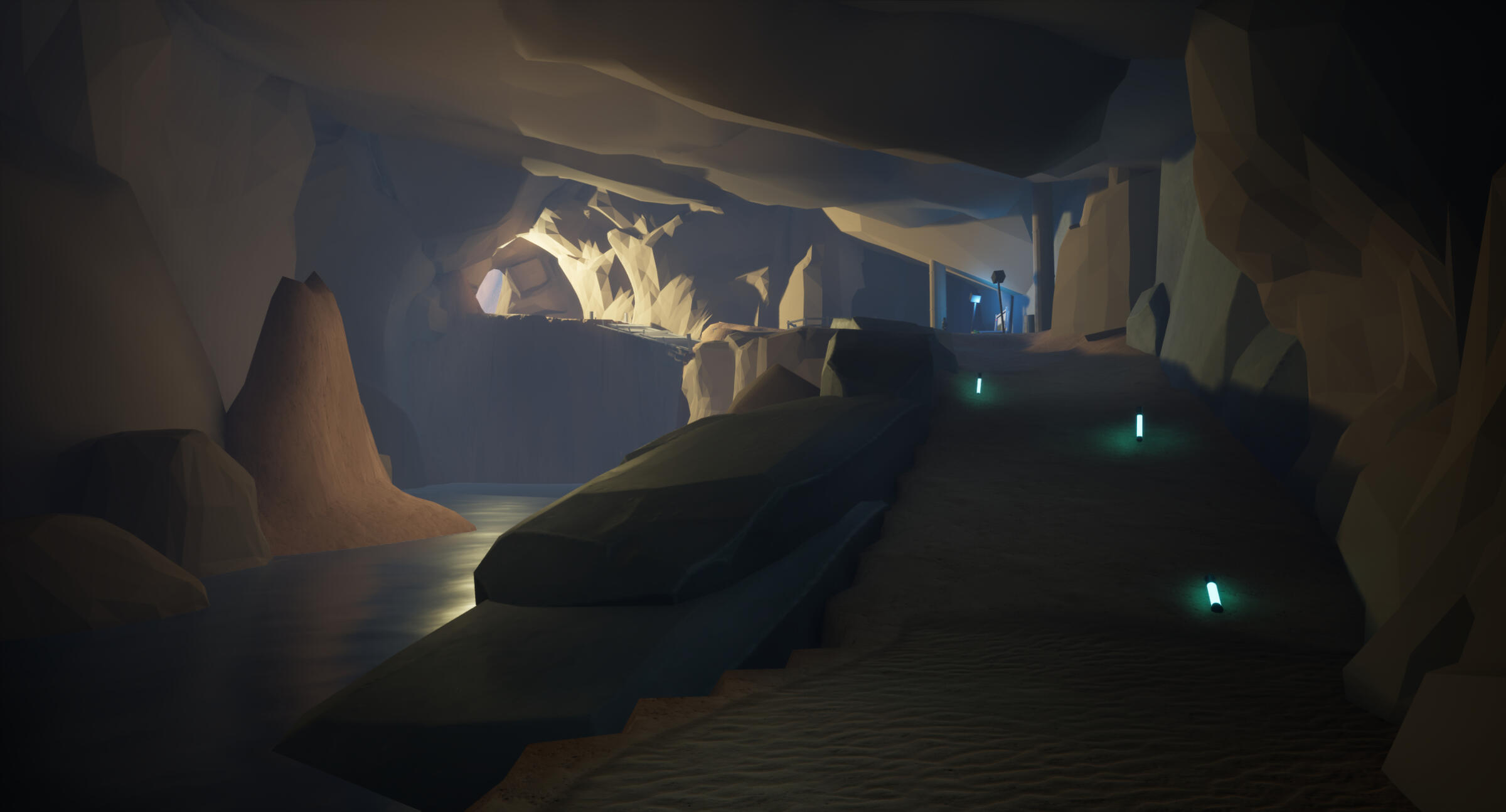
The final version incorporates narrative elements, reduced traversal distance, and improved lighting to emphasize the scene’s centerpiece.
Linear Combat
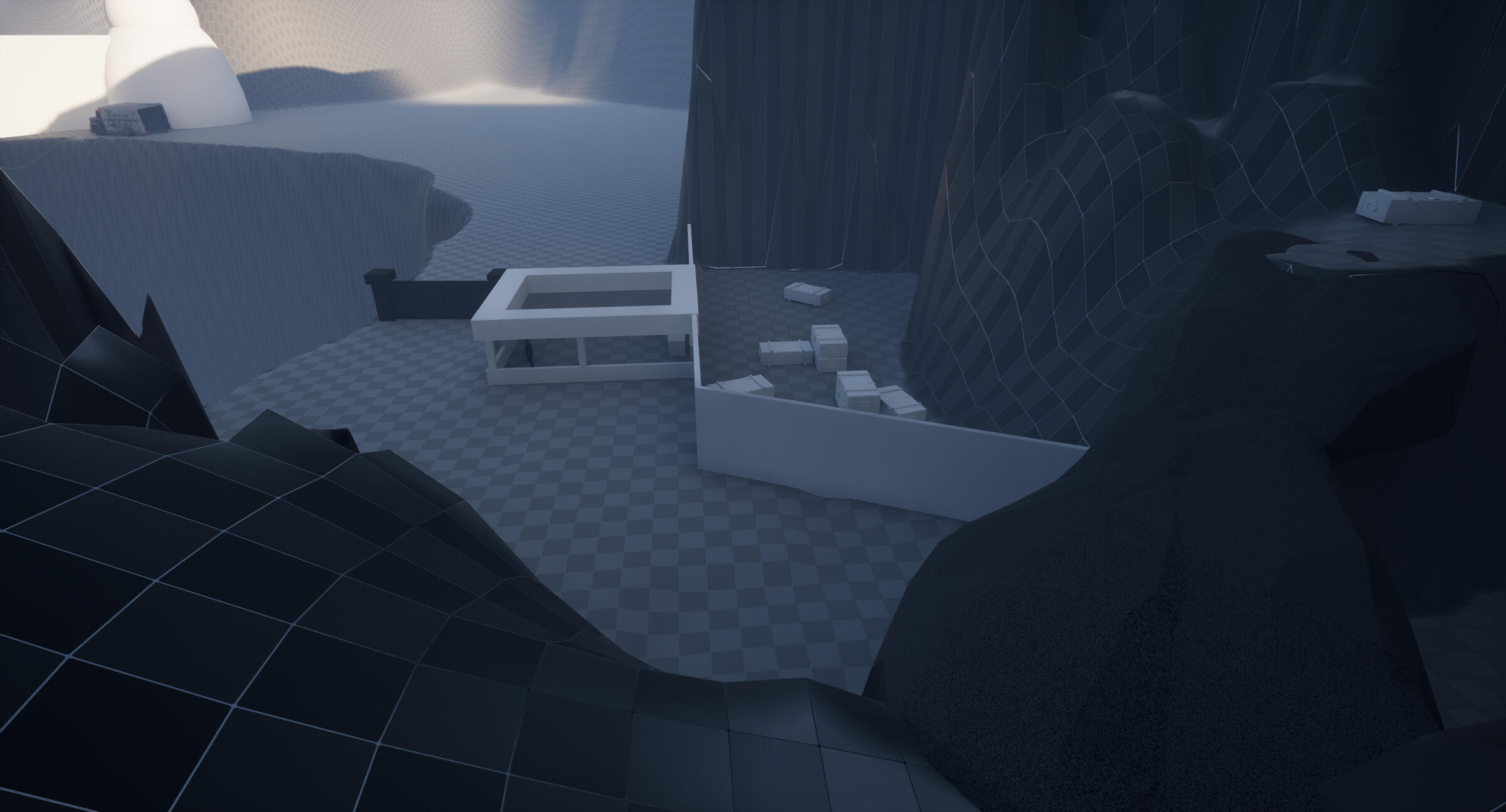
In this draft, the combat approach was very linear, offering only one viable playstyle. While there was plenty of cover for the player, enemy cover was lacking.
Two combat route options
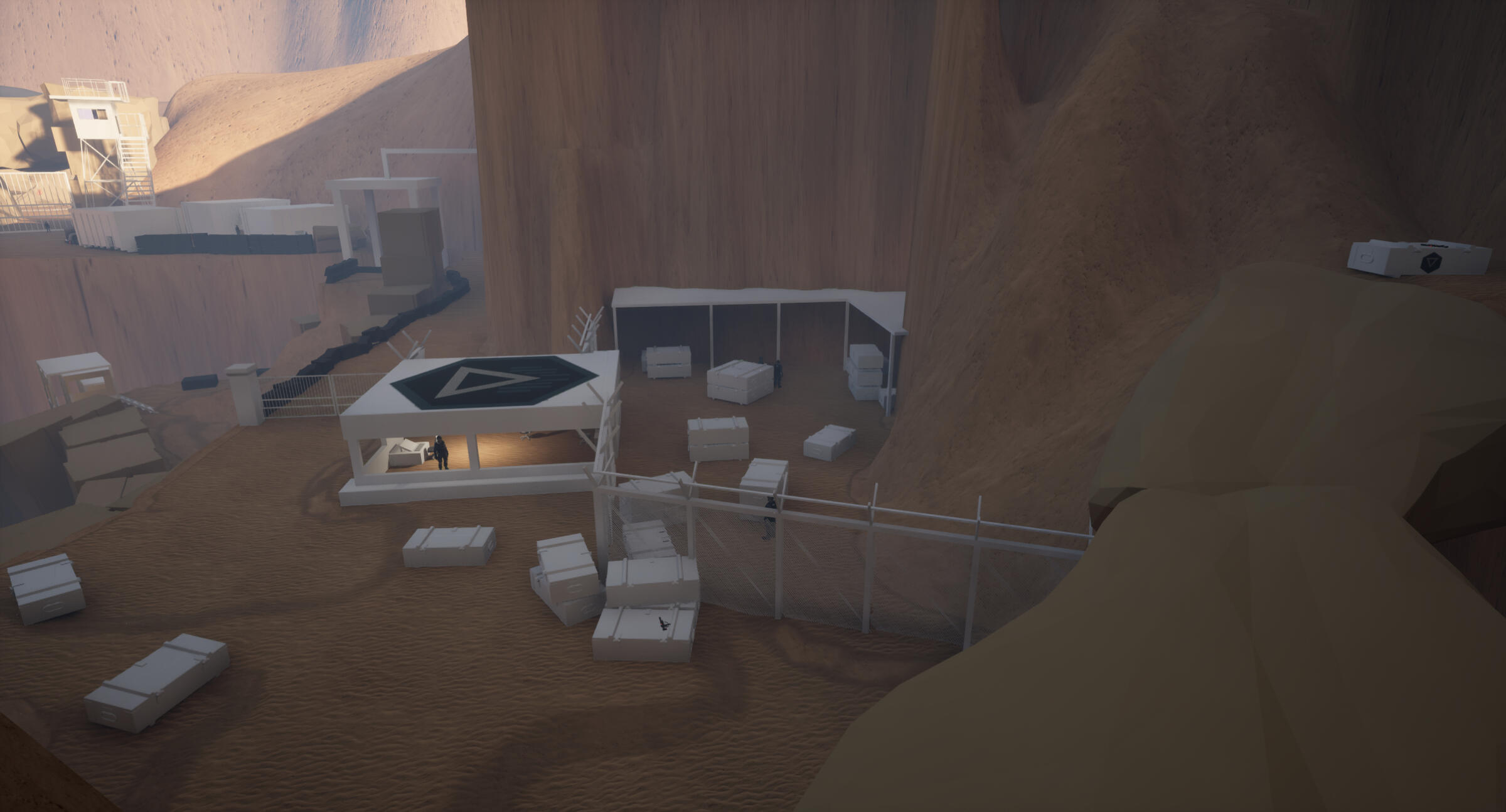
The final version features an alternate combat route and added cover, making encounters more varied.
Too many elevation
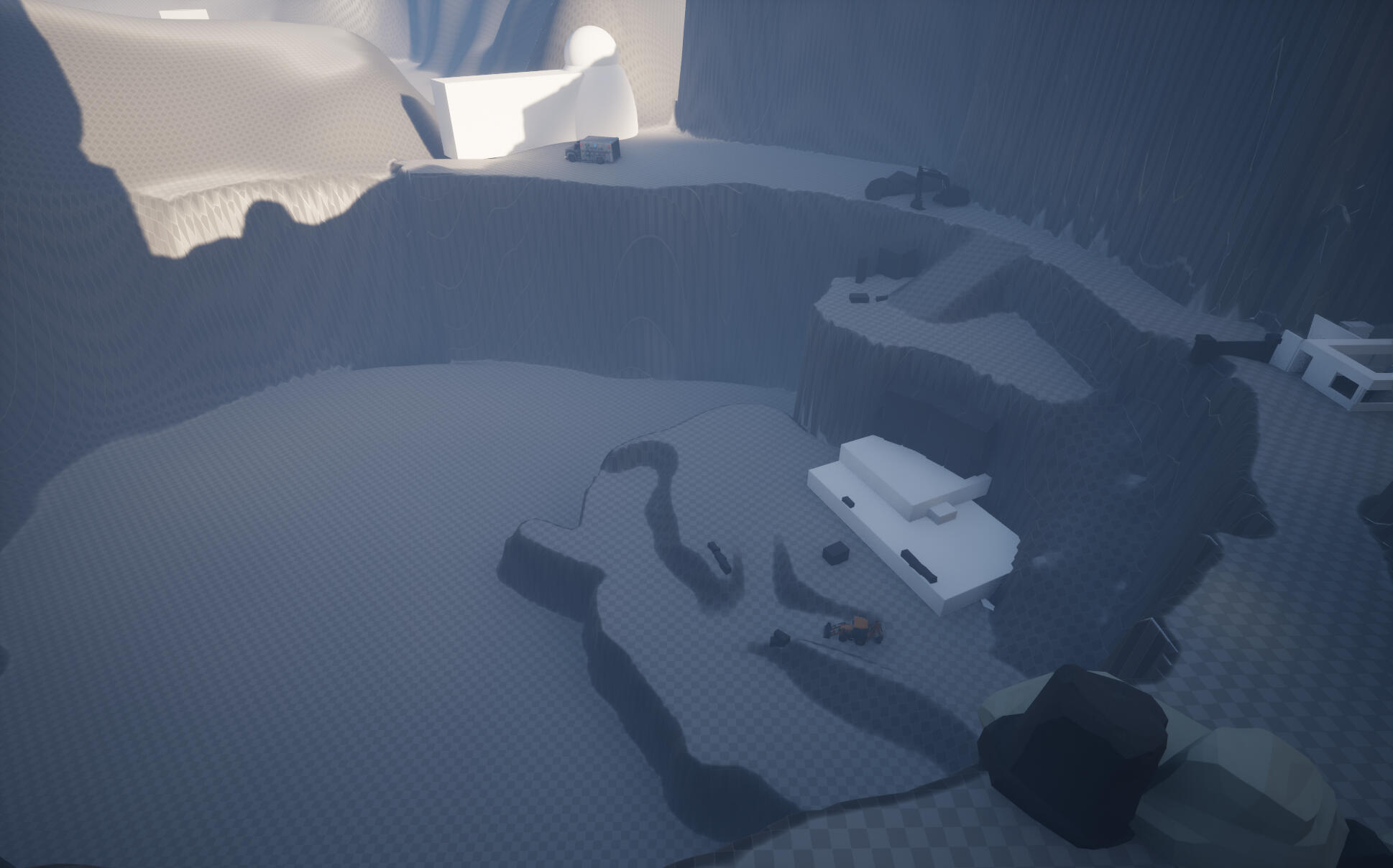
At this early stage, the combat arena featured four distinct elevation levels to create verticality and tactical variety.
simplified elevation
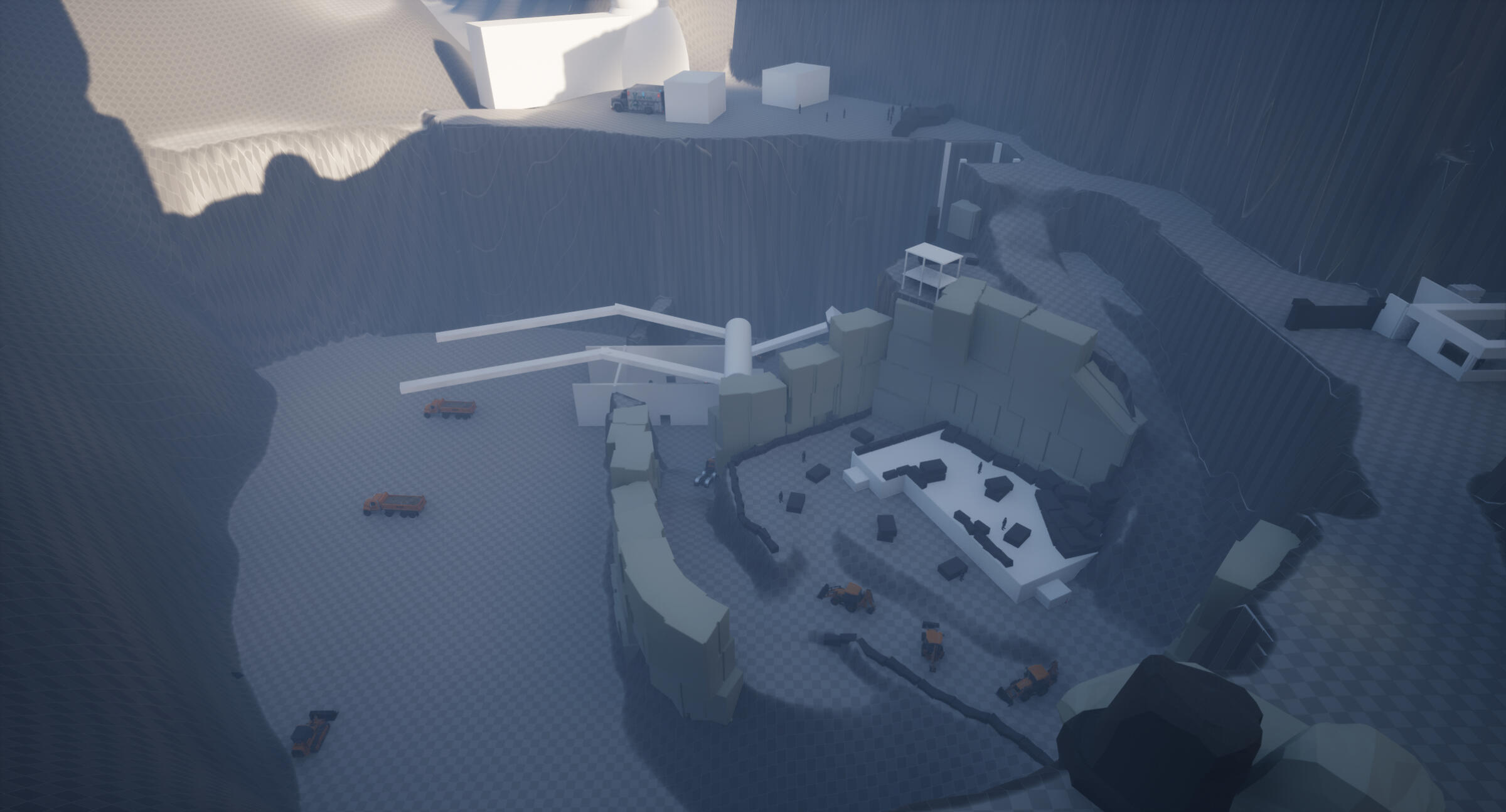
"In the final version, the arena was streamlined to three elevation levels and reorganized for clarity. While verticality adds depth, too many layers can confuse players and disrupt navigation.
What I Learned from This Project
Balancing between design roles
This project highlighted the challenge of aligning mission, level, and technical design into a cohesive experience. Wearing all three hats revealed how prioritizing one often reshapes the others. Level flow, for instance, had to shift to meet mission goals. Next time, more deliberate planning and stronger cross-discipline communication(in this case, it's just me) will help keep everything in sync.
Hang Zheng
Level Designer
The Wheel
Highlight
Story and background
The player’s goal is to reach a distant Ferris wheel, visible throughout a decaying, overgrown city. The setting blends crumbling buildings, flooded streets, and nature reclaiming the ruins to evoke a sense of loss.
Project details
Engine: Unreal Engine 5.5
Personal Project
Level Design
Environment Design
Walkthrough
1. Reference and research the game
This has been such an interesting journey to research and gather references for this project, because all I really had to do was play the game and watch the TV show. The show actually gave me a lot of inspiration.
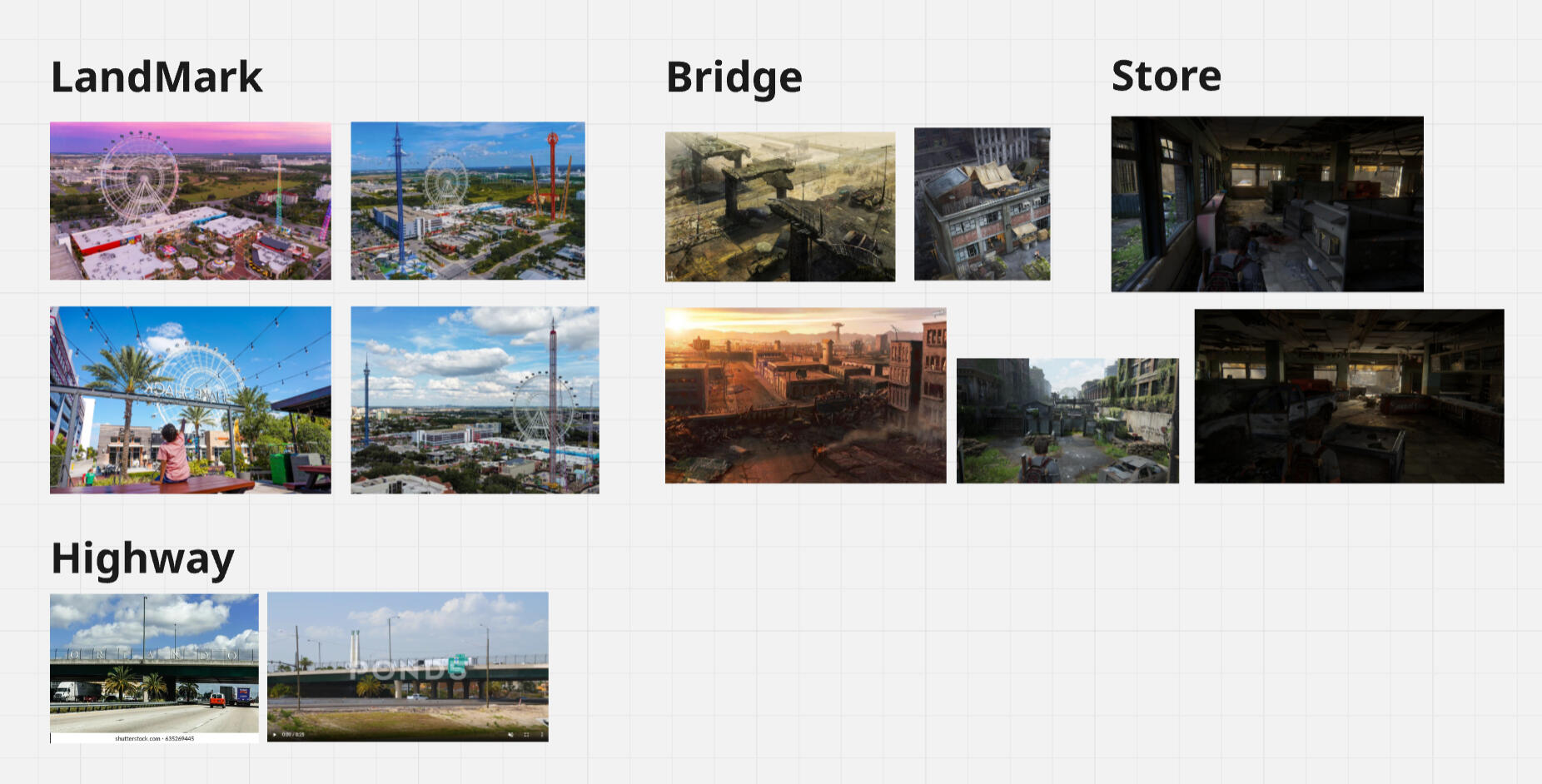
2. Planning
The planning phase was surprisingly smooth because I had all my beats laid out and could easily see the pacing and flow. I did struggle at first to figure out how to capture the mood of The Last of Us. In the end, I decided to aim for a mysterious atmosphere, using lighting to help achieve that feeling.
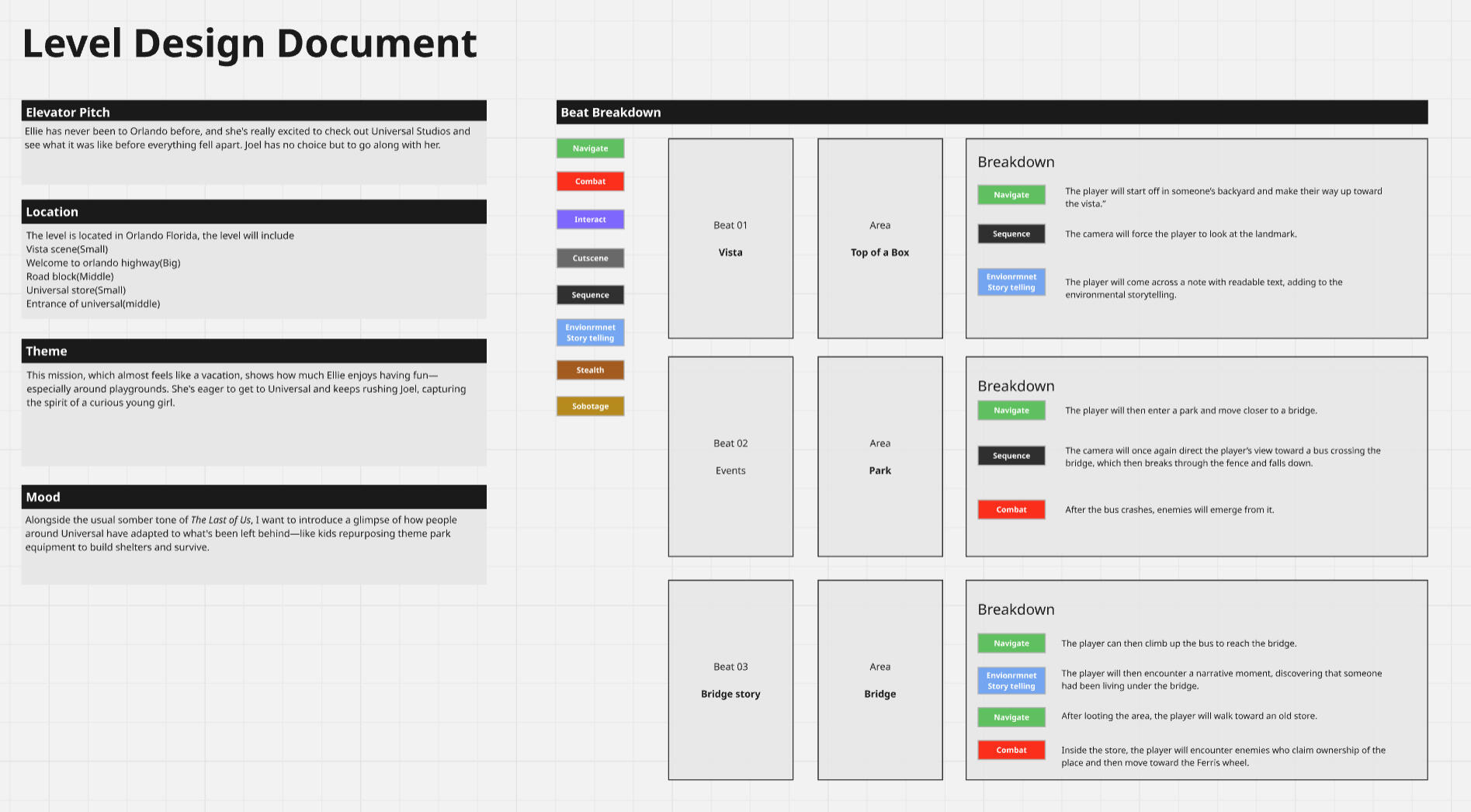
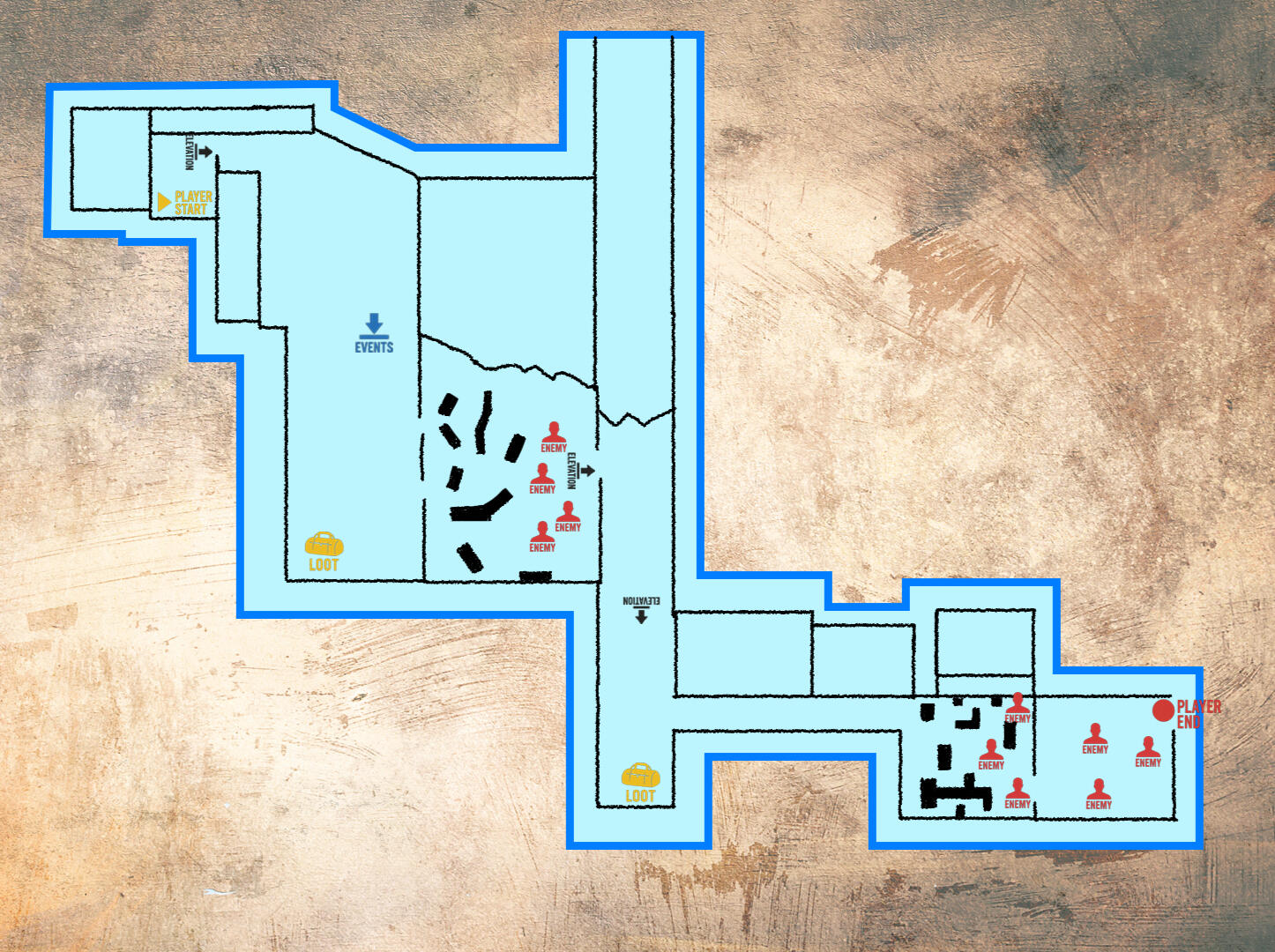
3. Design Decision
Scripted Events
Scripted events like this aren’t uncommon, but it’s rare for one to end with the player climbing onto a bus. Designed to emphasize movement, an essential part of a post-apocalyptic world, this moment helps make the environment feel more alive and dynamic.
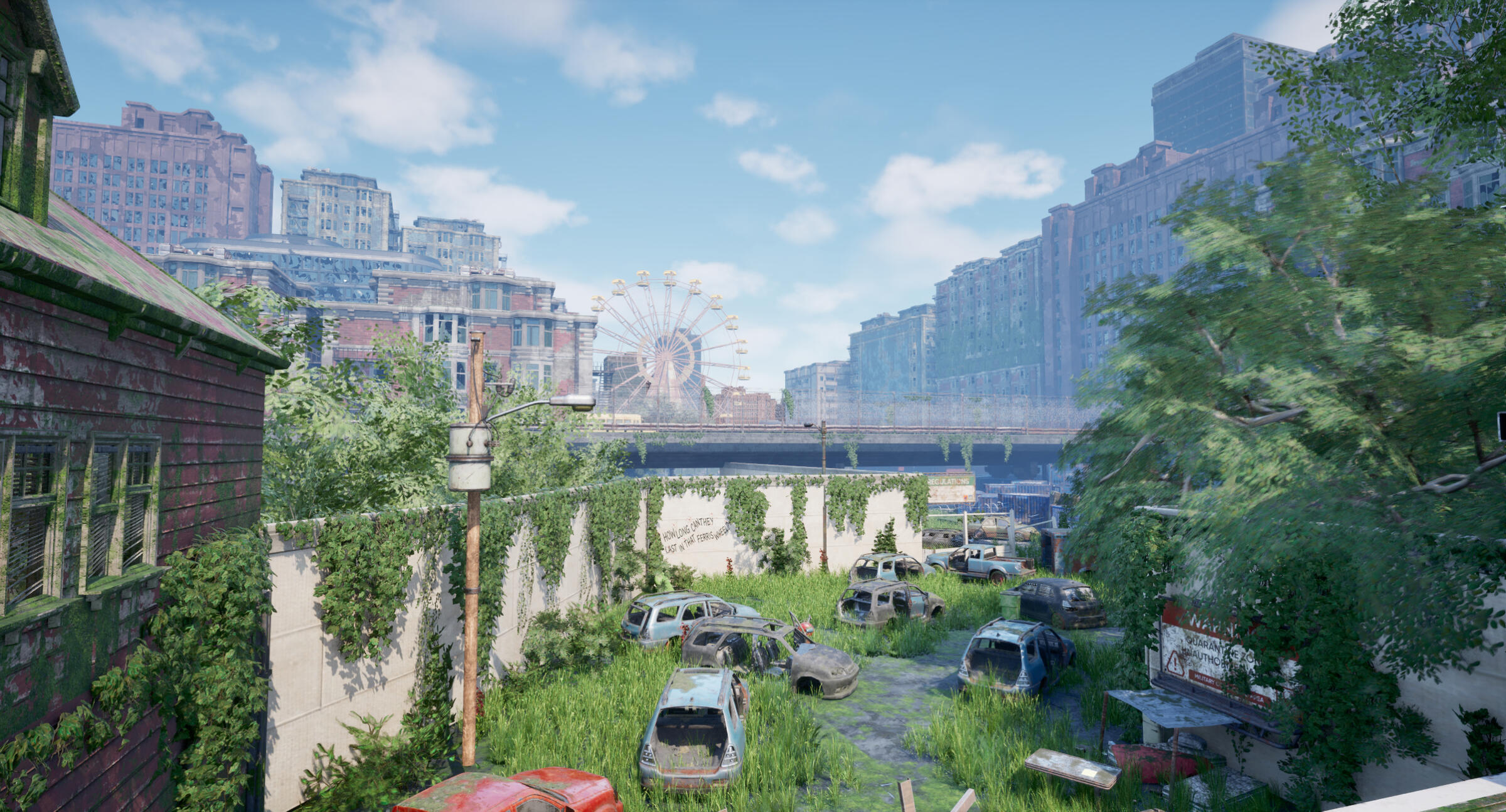
Landmark
The landmark is designed to remain visible throughout the level, reinforcing the player’s sense of progress. The challenge lies in crafting multiple compositions around it, ensuring it consistently feels like the player is getting closer to their goal.
Combat 1
This exterior combat arena features multiple entry points and supports stealthy approaches. Three distinct lanes guide player choice: the left favors close-range weapons like shotguns, the middle supports long-range combat, and the right provides flanking and stealth opportunities.
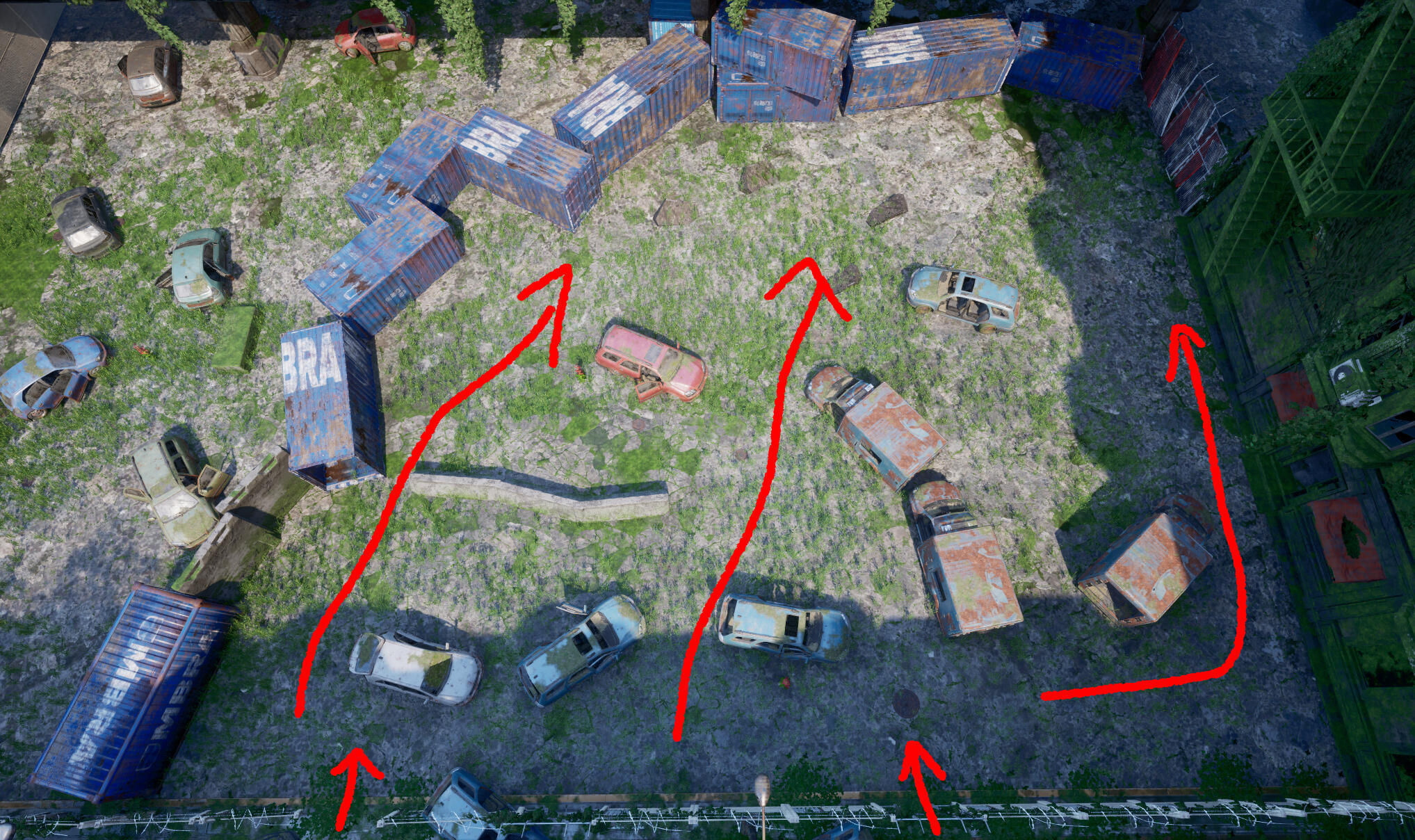
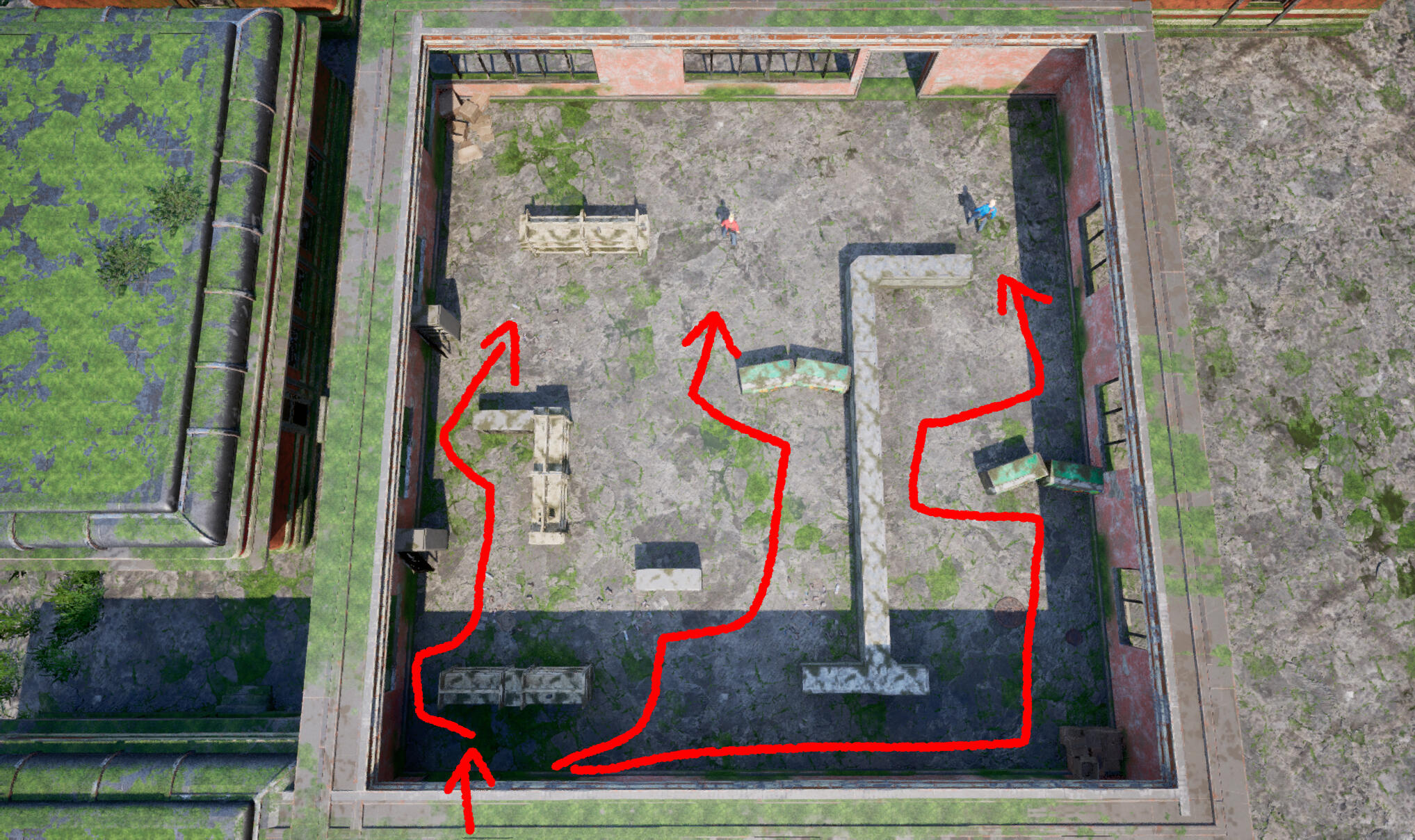
Combat 2
This indoor combat area follows the same three-lane design, offering players multiple approaches and greater agency. The left lane provides ample cover for stealth and close combat, the middle supports long-range engagements, and the right allows for flanking and tight close-quarters action.
4. Iteration
Early development involved rapid iteration due to weak compositions, awkward spaces, and poor flow. The biggest improvement came from replacing a jump-down sequence with a broken bridge the player can walk down. This change not only improved elevation transitions but also created stronger opportunities to showcase the post-apocalyptic setting.
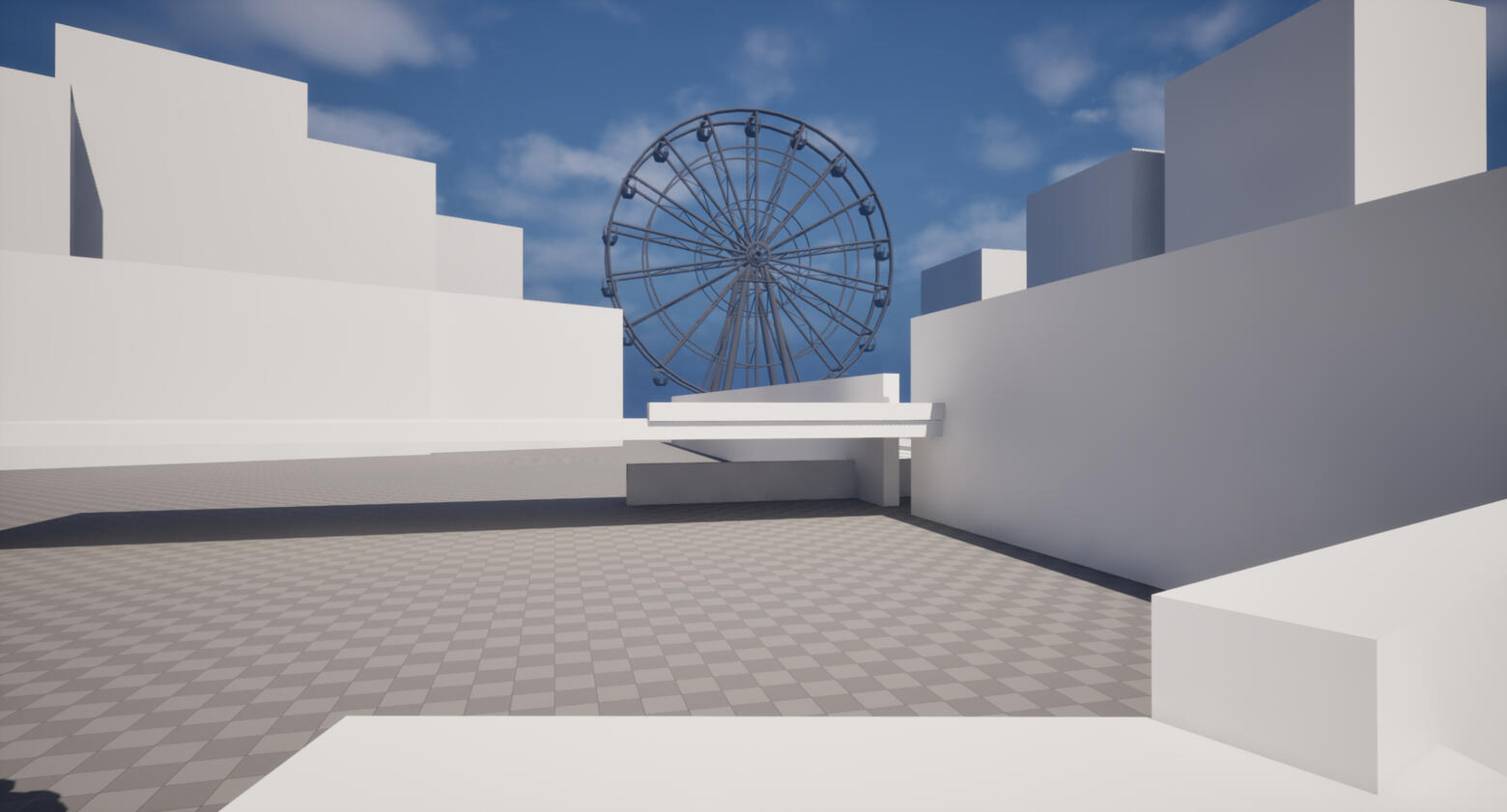
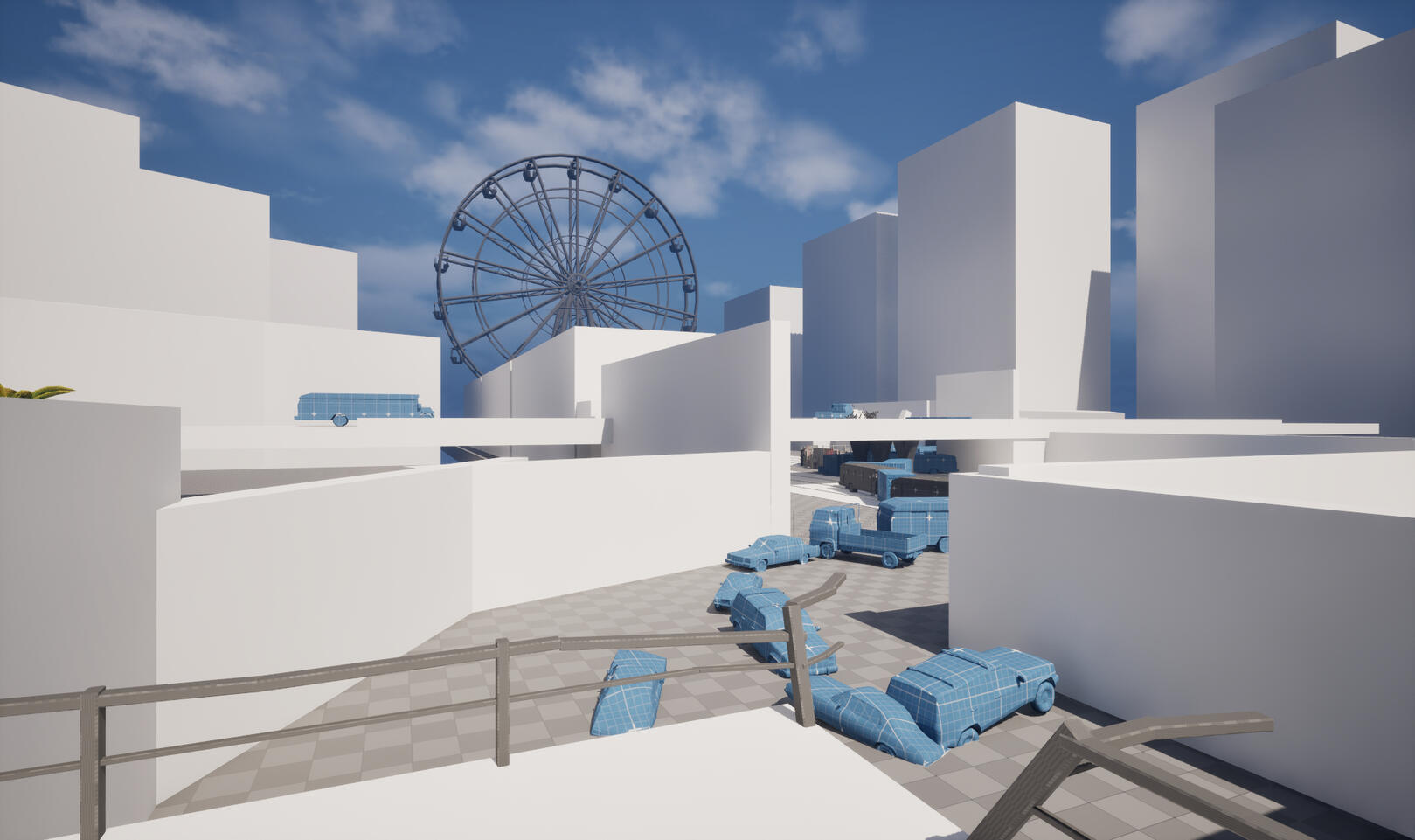
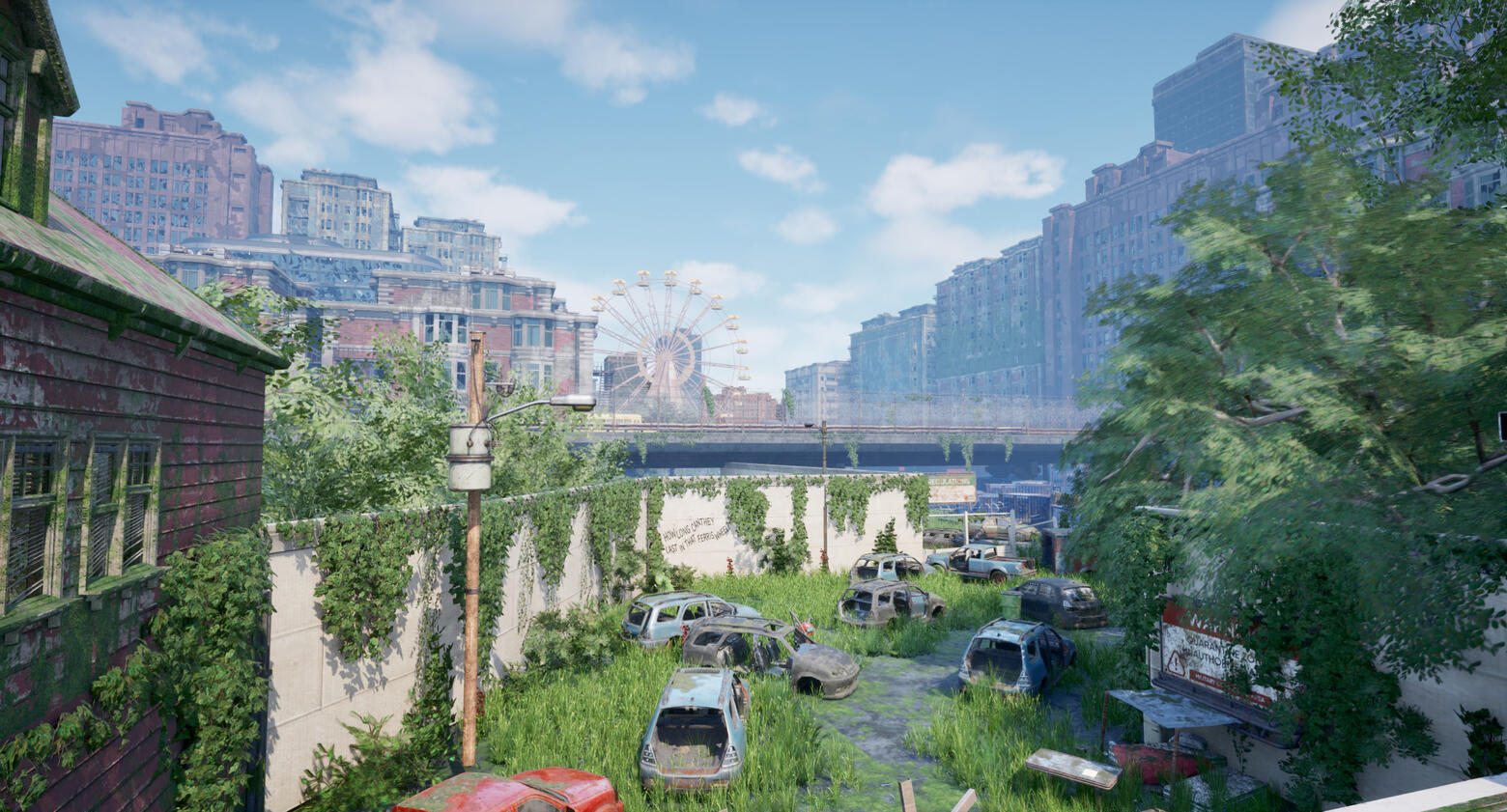

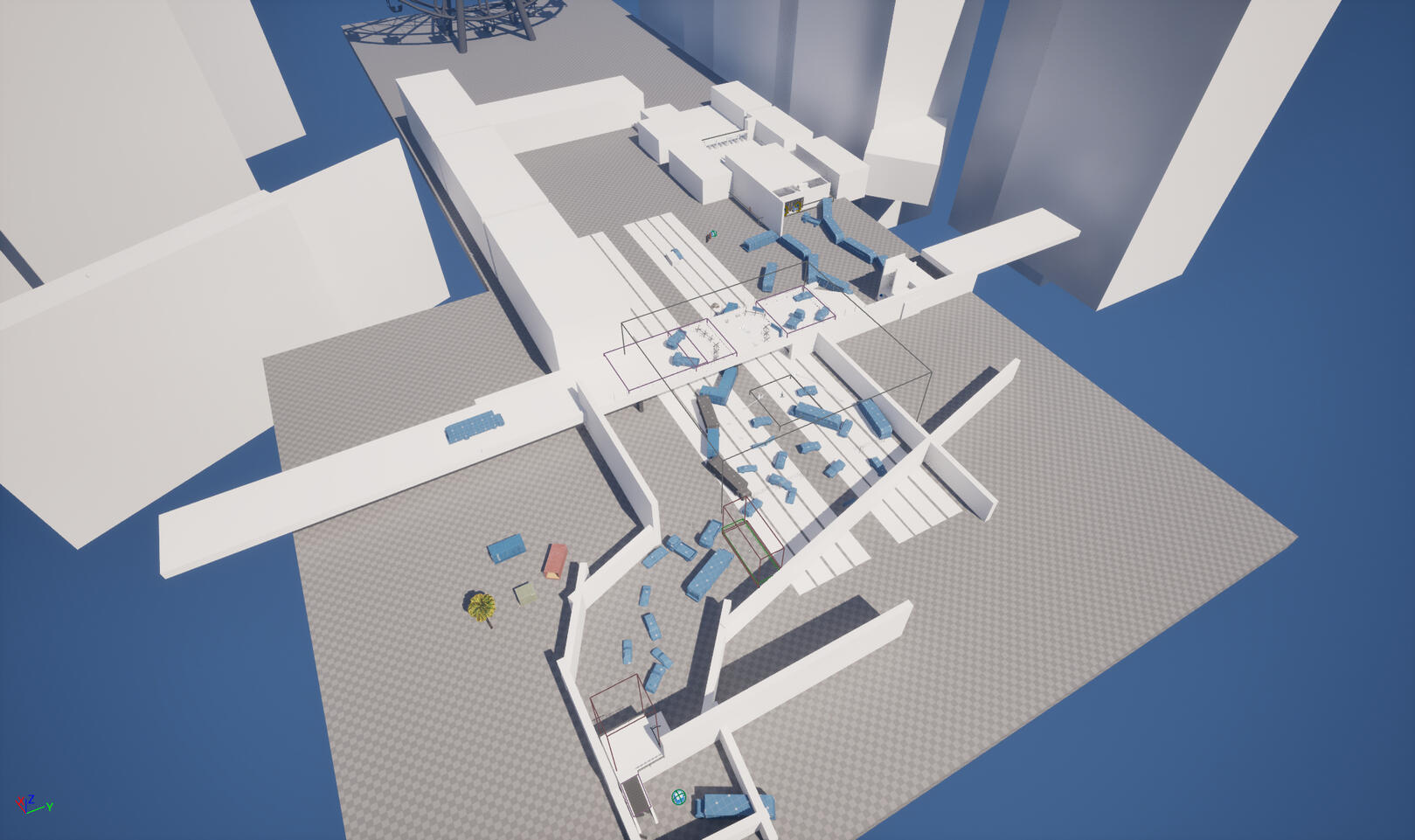
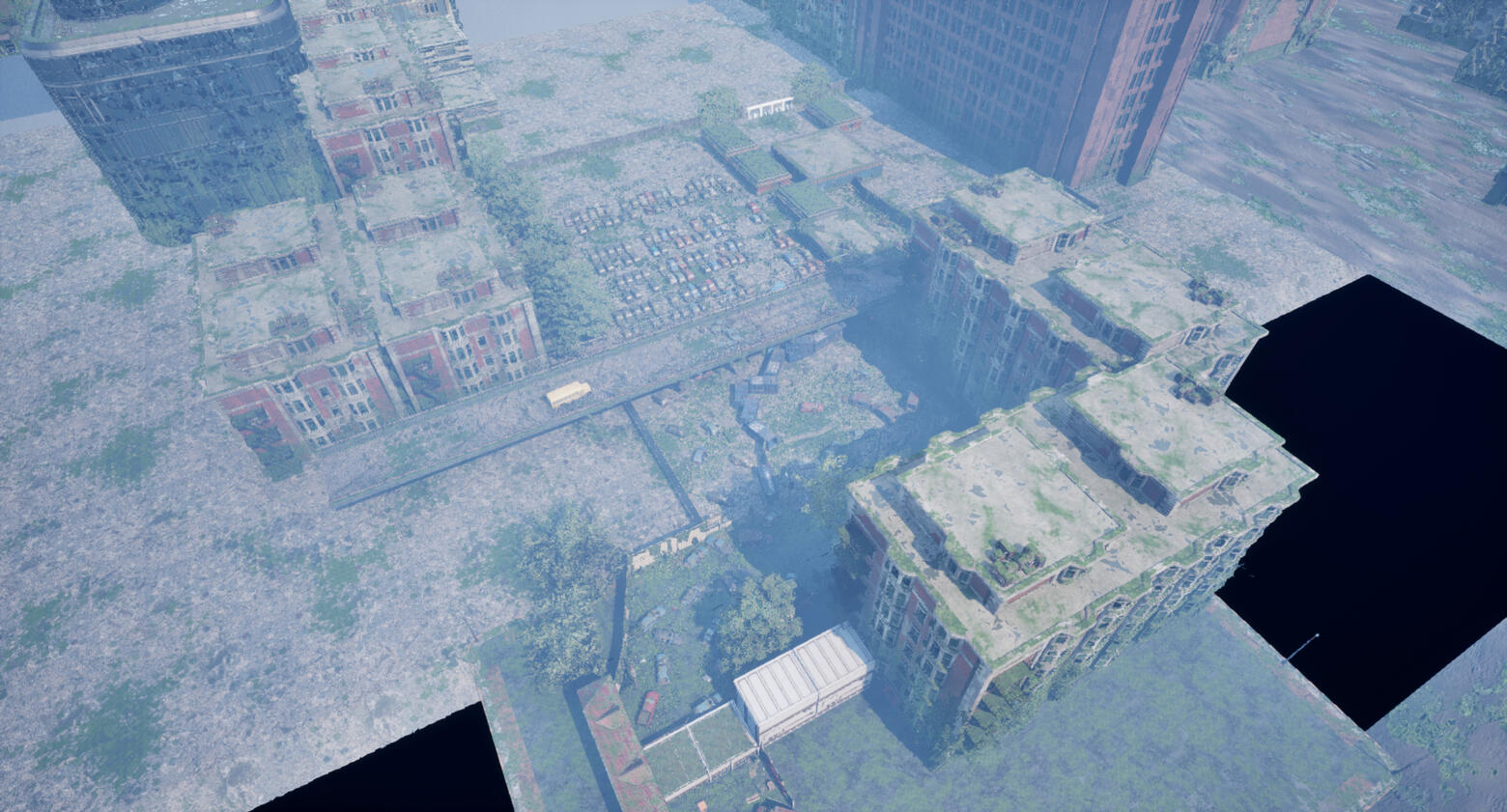
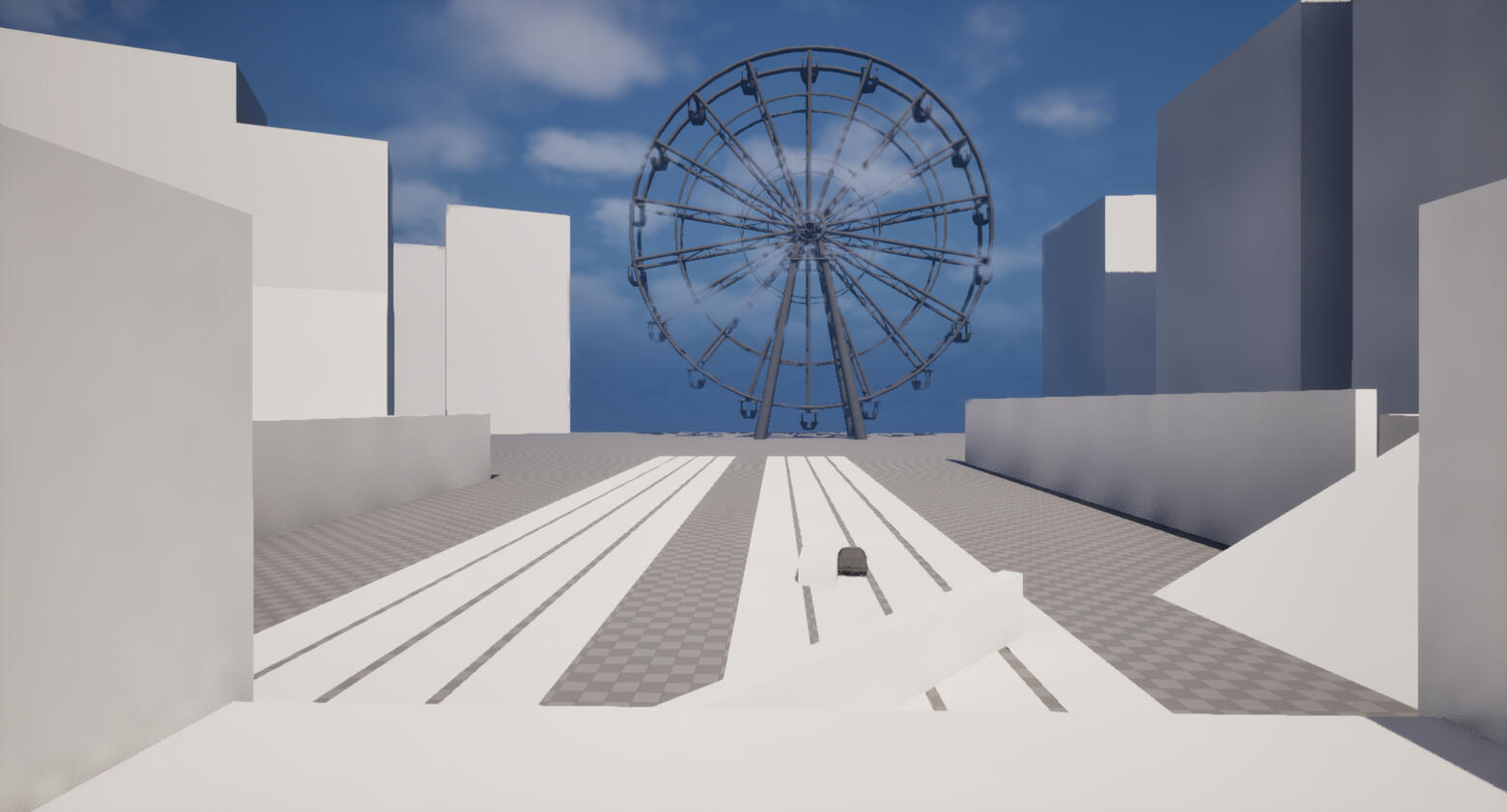
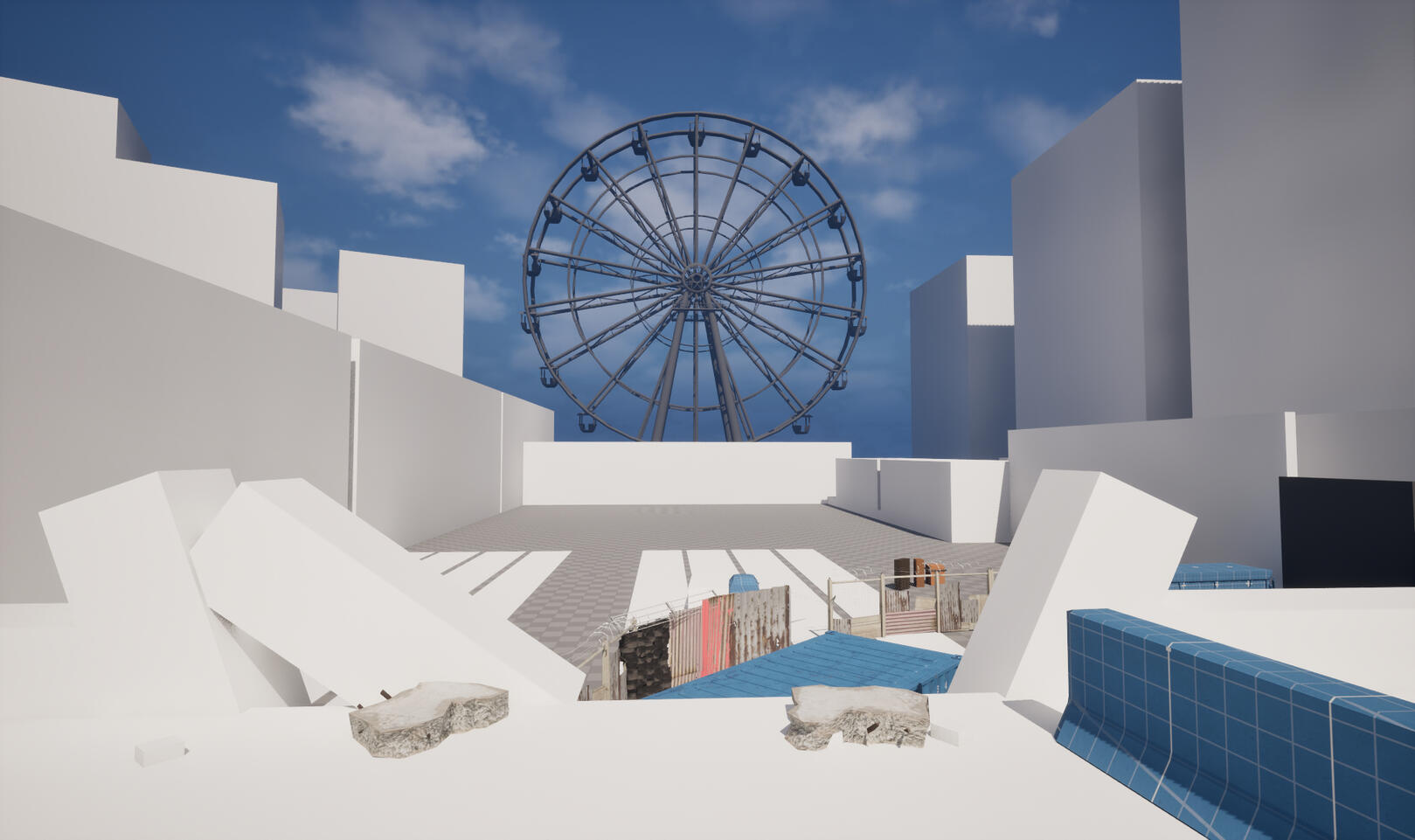
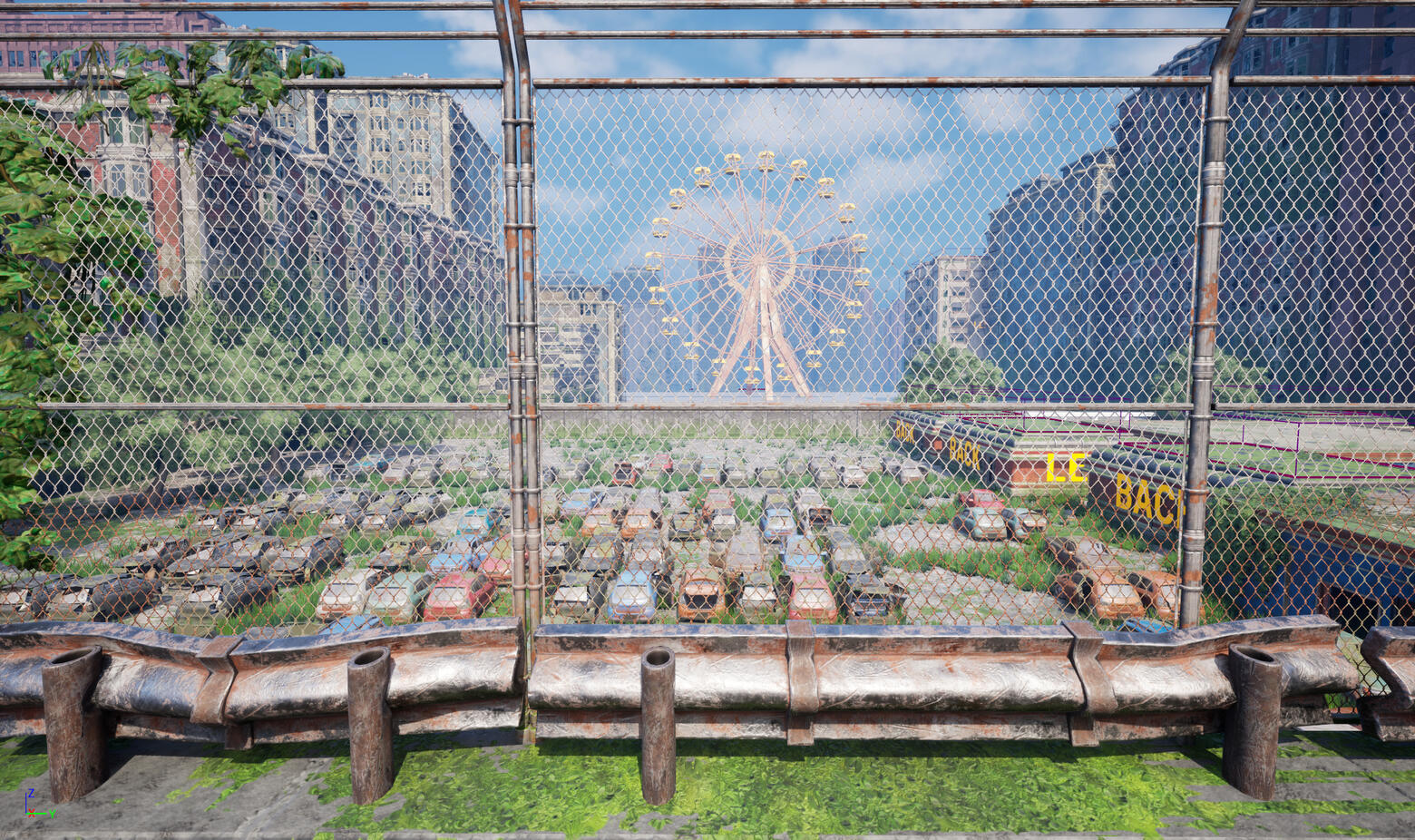
What I Learned from This Project
I learned a lot about creating a believable world
A believable world isn’t built on visuals alone—it’s the small, ambient details that bring it to life. Gentle ripples in puddles, water dripping from ceilings, and unstable fences all contribute to a world that feels alive and reactive.Different perspective
Seeing the project from both the TV show and game perspectives was a fascinating contrast. While both aim to engage the audience, each does so in its own way. Exploring these perspectives offered valuable lessons in creating deeper player connection and involvement.
Hang Zheng
Level Designer
PunkRock Exorcist
Highlight
Story and background
PunkRock Exorcist is a third-person combat music game where Ramona sets out to defeat a corporate demon. Armed with her holy super guitar, she fights her way through to victory.
My Goal
The goal of this project is to sharpen my ability to design, iterate, and deliver content from concept to ship, while taking ownership and working within the framework and vision established by the leads.
Project details
Engine: Unreal Engine 5.4
Team of 18
Game Design
Level Design
Restriction
Music, comic main character, and demonic influence as core pillars
Catholic school setting
Limited art budget
1. Reference/research and planning
Researching this project was both challenging and fascinating. The setting is a wealthy Catholic high school, typically designed with boxy, flat layouts and limited elevation beyond staircases. My focus was on breaking up that boxiness and introducing more verticality to enhance the gameplay.
2. Prototype
Responsible for all level-related events and mechanics prototyping. Developed level mechanics around existing systems while continuously adapting to changes as core mechanics evolved.
Mood Shift(Domain Expansion)
One of the core pillars is demonic influence, but it was initially difficult to represent this in the environment. To address the issue, the team integrated it into combat. Using the existing enemy spawning system, mood-shifting elements were layered in to create the feeling that enemies were invading the school and that the environment itself was being corrupted by their presence.
Action Blocks
Created early versions of action blocks that were fast and rough, built to quickly test mechanics, identify what worked or didn’t, and rapidly iterate from there.
Metrics Gym
Set up scale guidelines for game spaces and created multiple modular proxy models with correct dimensions for use by other level designers, ensuring consistency across hallways, classrooms, and staircases.
3. Sequences/Cutscene
To help improve the game’s pacing, I created multiple scripted events and cutscenes to break up the repetitive fight-walk-fight loop, adding an extra layer of engagement to address our current pacing issues.
Introducing Half Note
This moment occurs early in the game when Half Note, the main enemy character, makes a dramatic entrance. A cutscene was created to introduce their appearance and show them destroying school property. Blueprint and Sequencer were used to bring the scene to life.
Final Fight
Before the epic final fight, a moment was carved out to let players catch their breath after the previous intense encounter. A lightweight cinematic cutscene was created to ease the pacing and give a breather. This moment also serves to introduce the final boss. While still a work in progress, plans are in place to showcase some of his abilities and attacks within the cutscene to foreshadow the upcoming battle.
4. Iteration
Small Auditorium
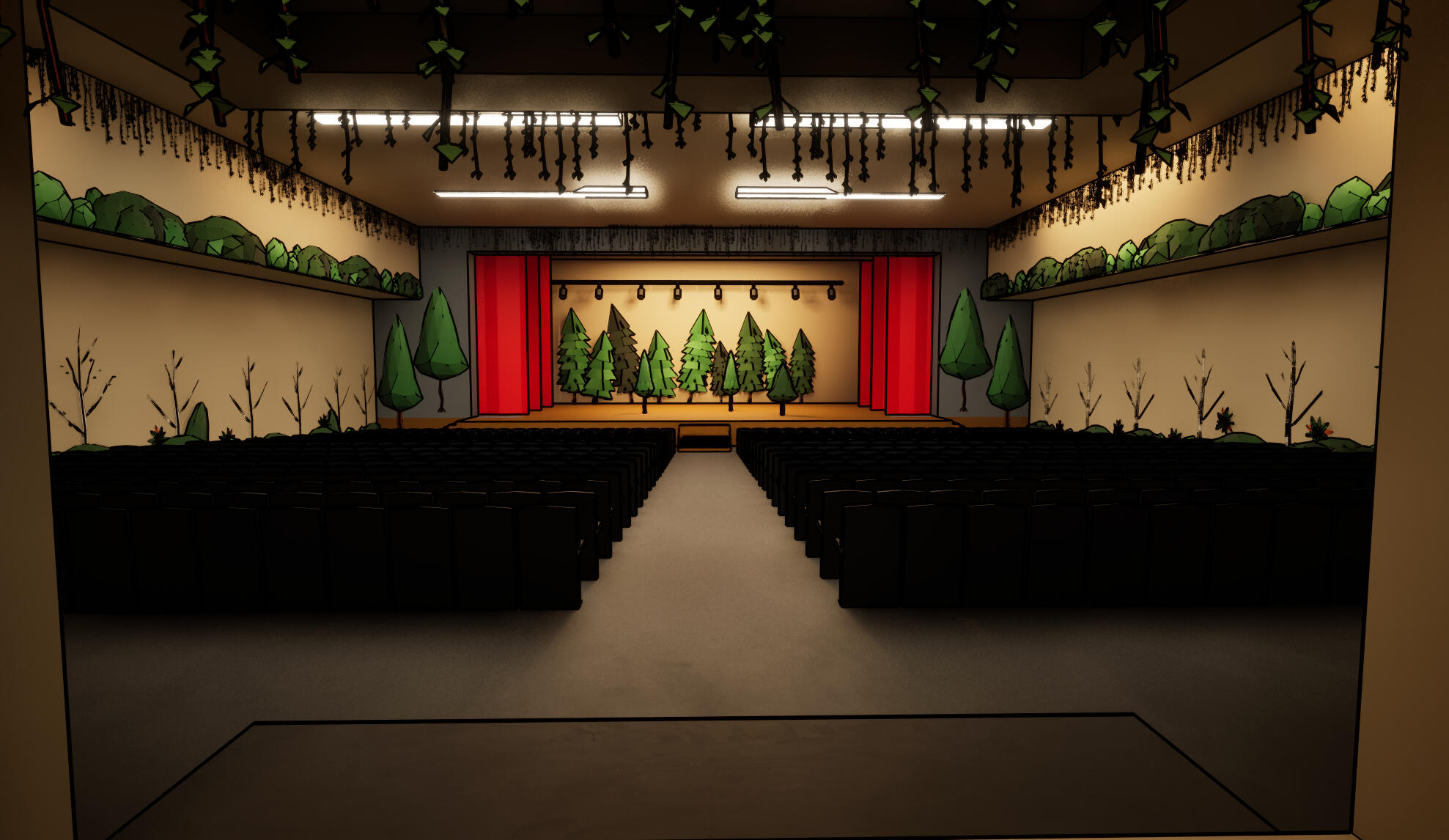
The final boss was originally set in the auditorium, supported by a school play theme to boost drama and make the setting more meaningful.
Music Concert

A music concert delivered a stronger wow factor and aligned better with the core pillar of music. This shift opened creative freedom for a final boss who controls the stage, with Ramona fighting back to reclaim it.
Old Hallway
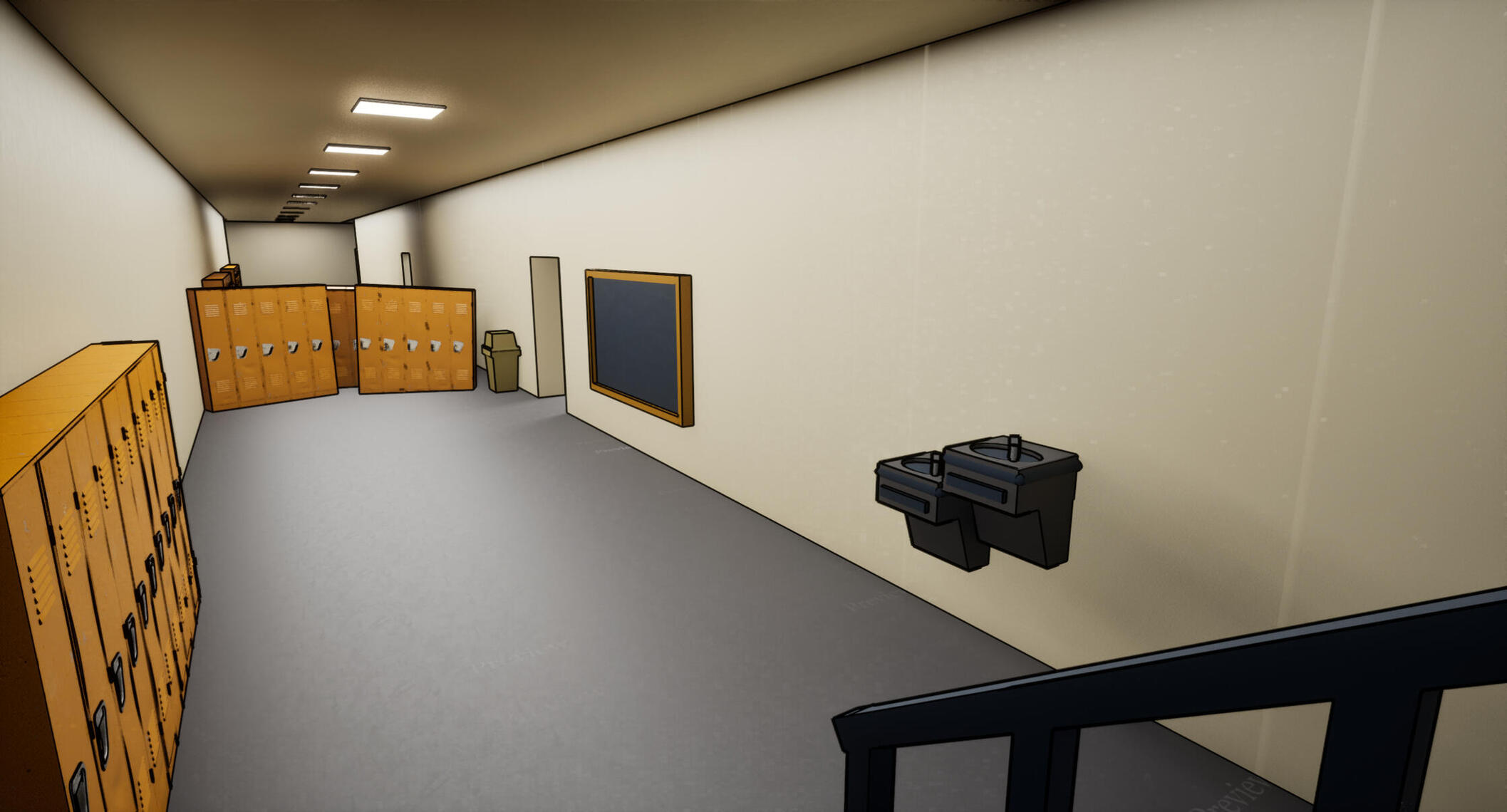
During the blockout stage, focus was only on how a school typically looks. The result lacked character or a clear theme. It ended up feeling like a generic, uninspired hallway.
Current Hallway
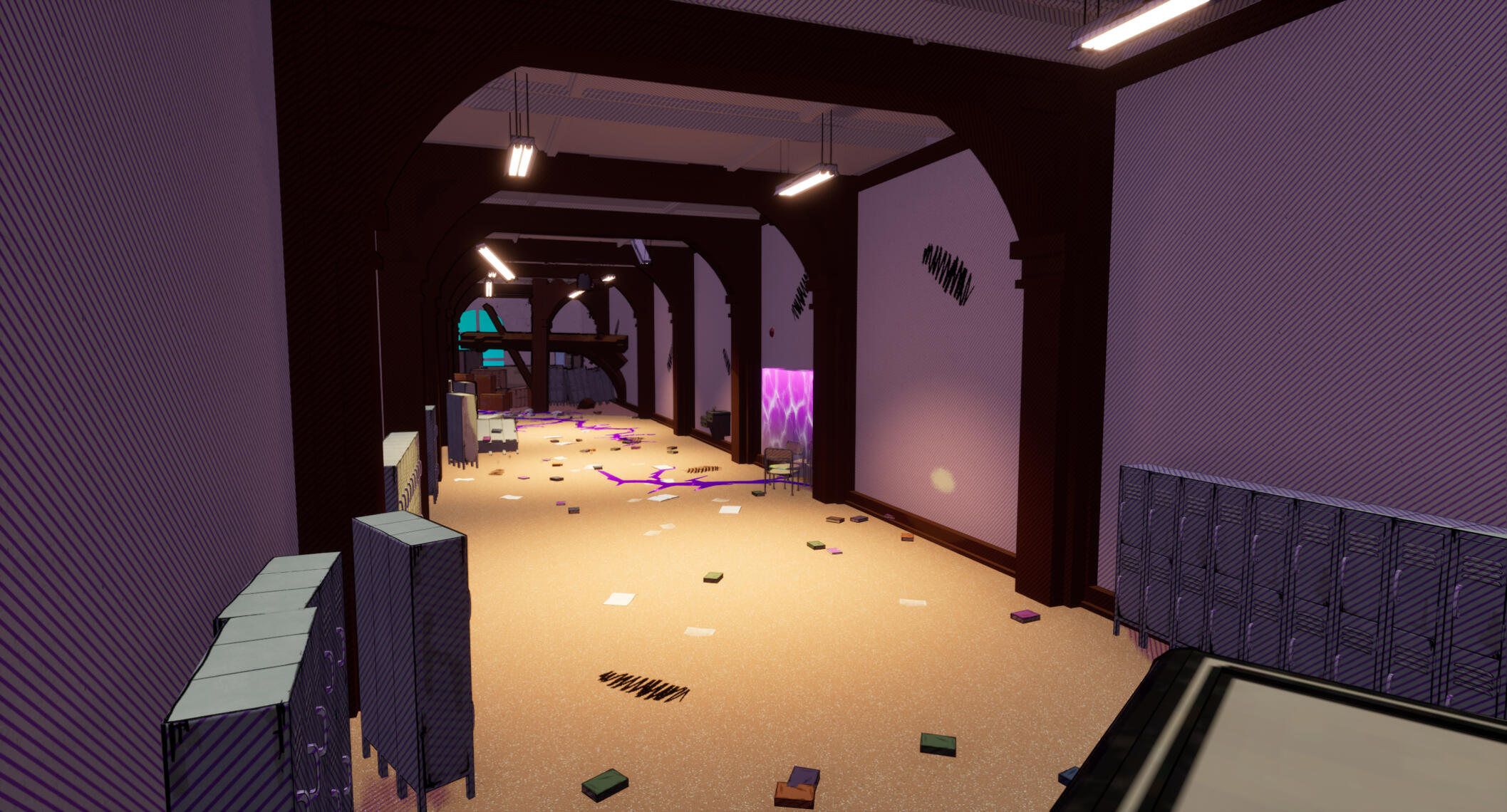
As I layered in architectural details, chaotic demonic elements, destruction, graffiti, and subtle lighting, the space began to feel alive and atmospheric, reinforcing the mood and energy of the level.
Old Classroom
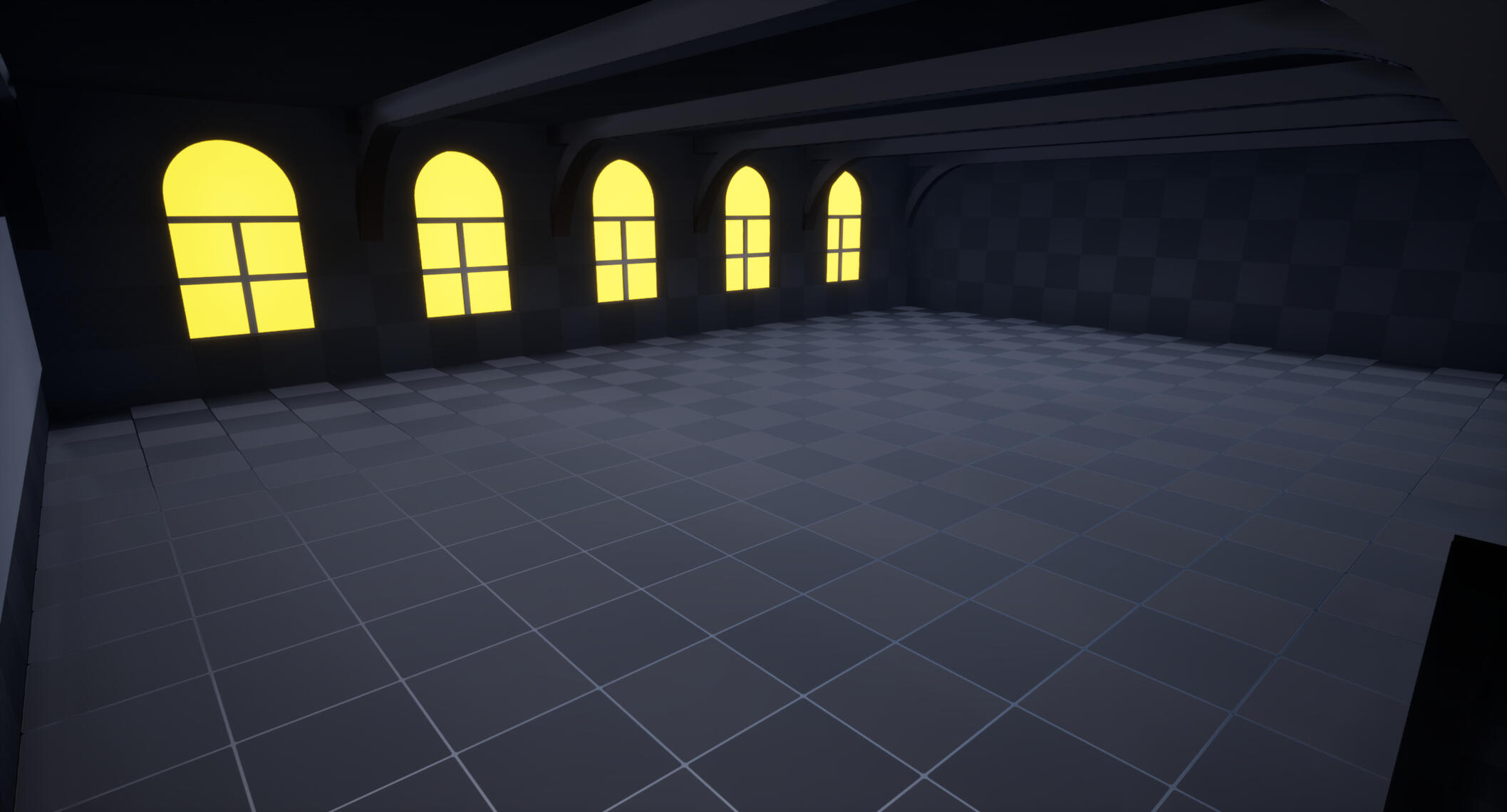
Similar to the hallway, this classroom lacked character. While some ceiling and side beams were in place, it still had no distinct architectural identity or clear signs of what kind of school or class it was meant to represent.
Current Classroom
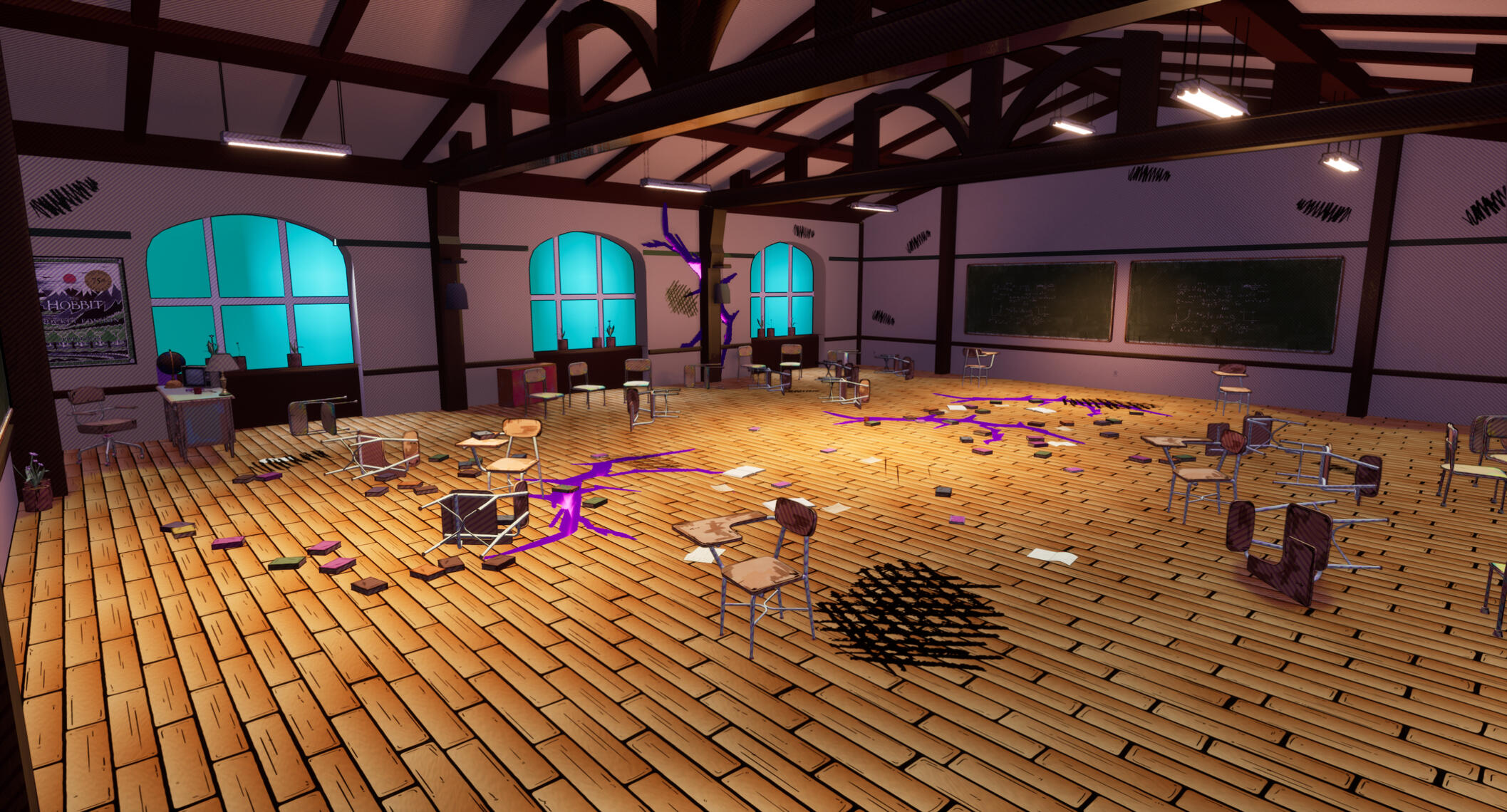
Instead of a flat ceiling, I decided to go with a vaulted design, which I think works really well in a third-person game. It makes the space feel much larger, and I also added more architectural elements like pillars and beams to give it the feel of a grand, cathedral-like school rather than a typical one.
What I Learned from This Project
Adapt to changes
One of the biggest takeaways from this project was learning how to make designs more versatile. Throughout development, things were always shifting—systems, mechanics, narrative direction, or art budget—and the level had to evolve alongside them. This experience emphasized the importance of building flexibility into every design from the start, accounting for multiple possibilities and being ready to pivot on a dime.
Prototyping
TLDR: Work, learn, fail, communicate, and put stuff on the screen FAST!!!Through this project, I learned to embrace rapid iteration, working, learning, failing, and communicating quickly, while prioritizing early on-screen implementation to validate and refine designs efficiently.





























































































































